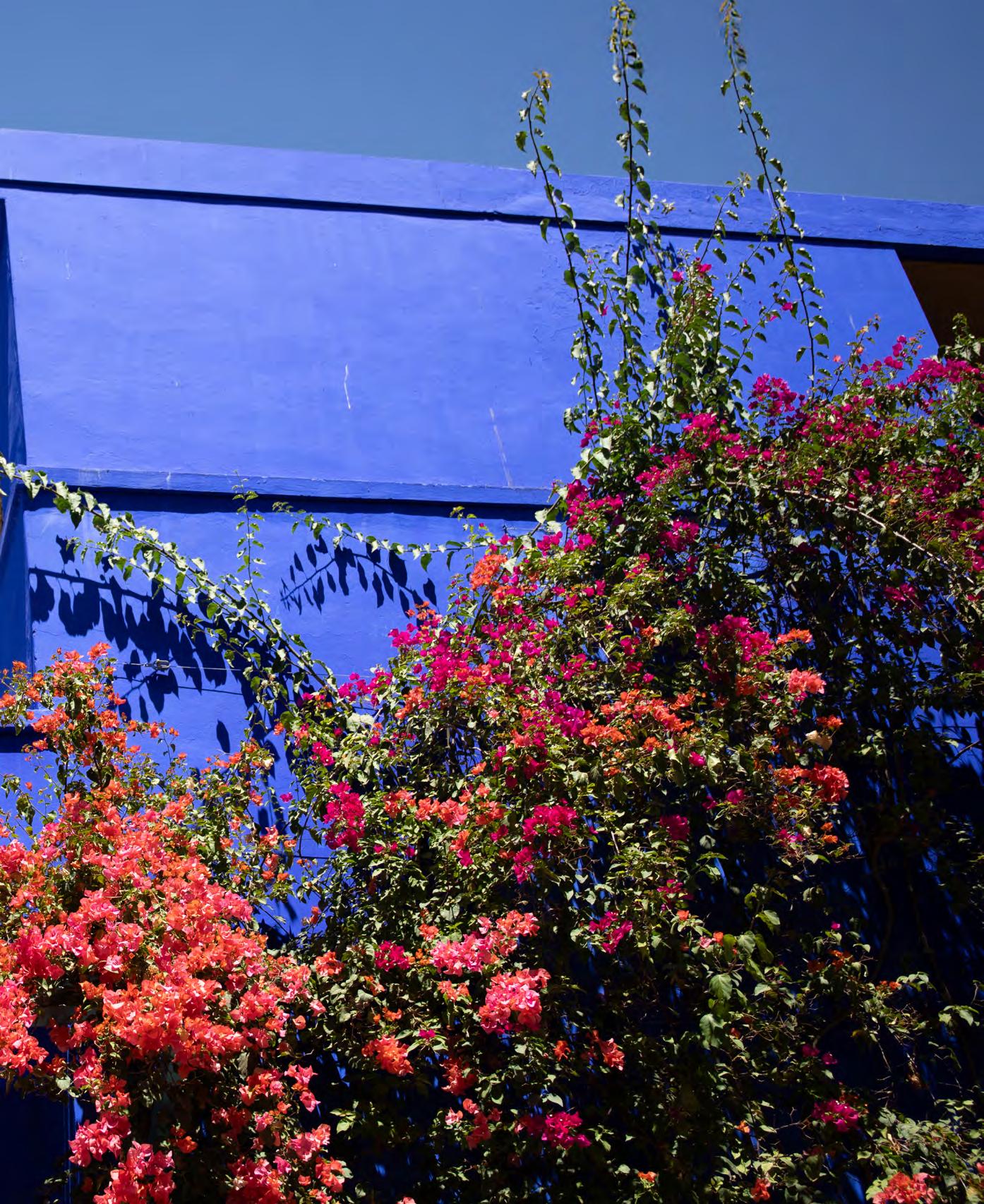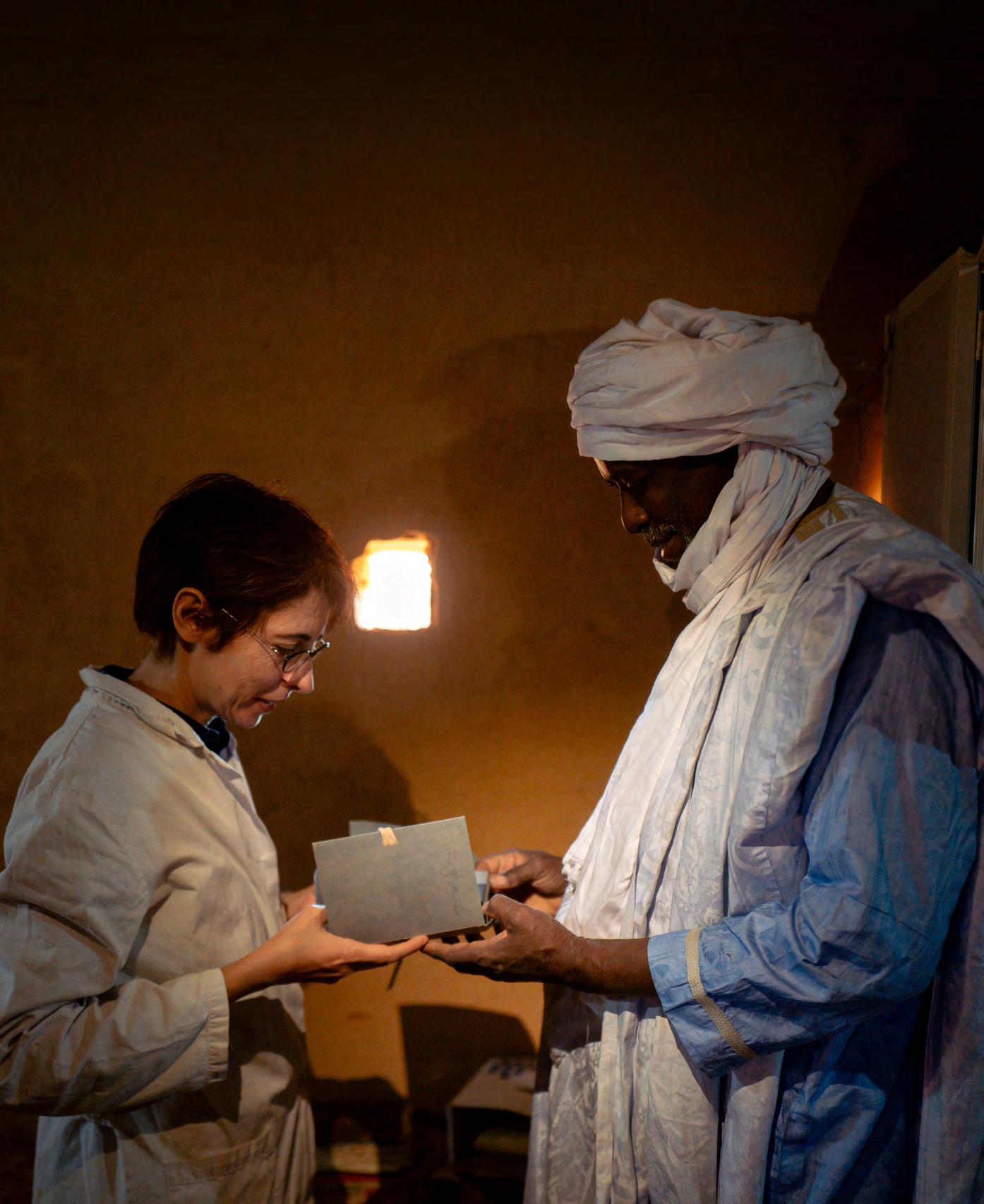

ANNUAL REPORT 2024
PROTECTING HERITAGE TO BUILD PEACE
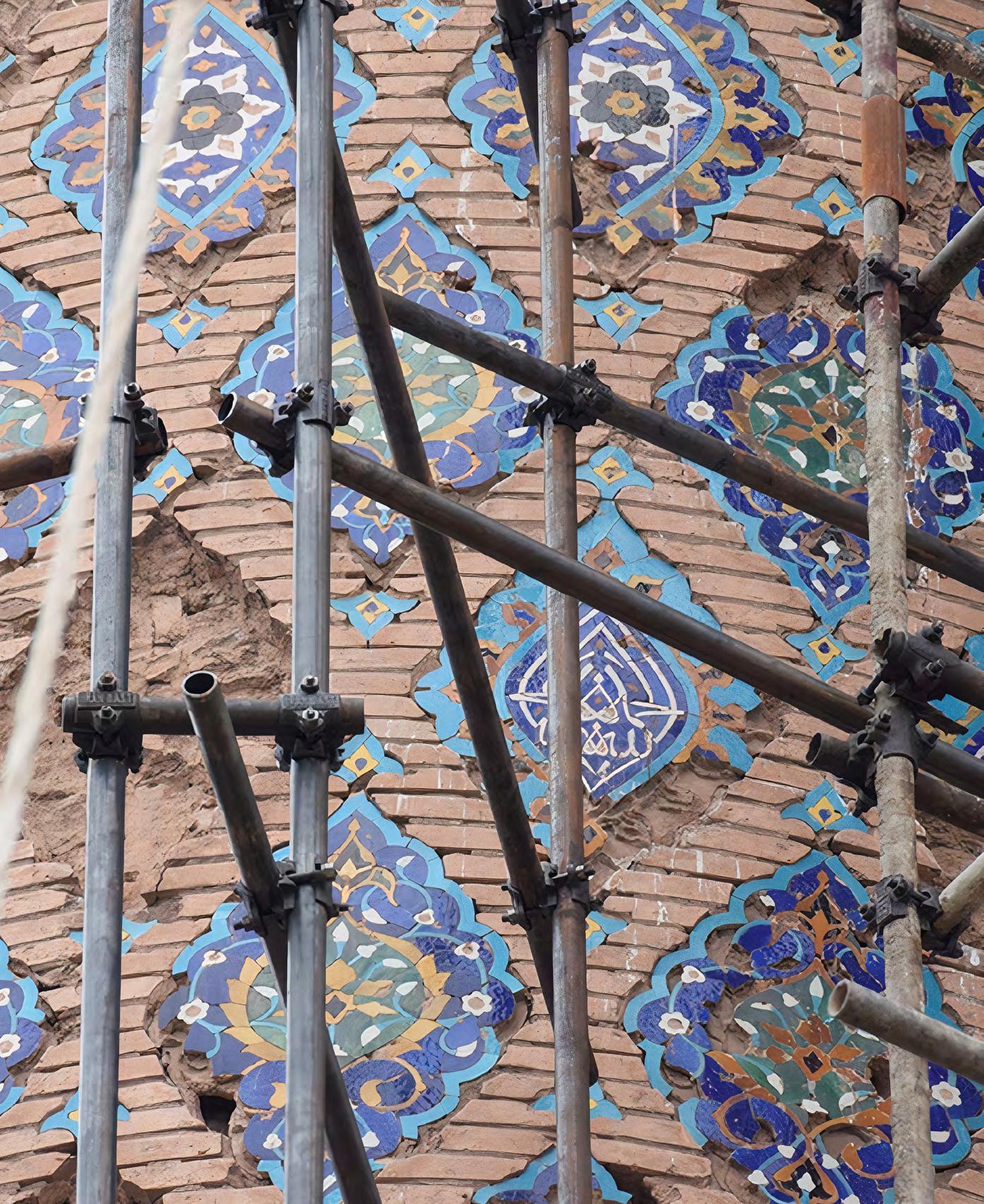
Cover photo: Protecting manuscripts in Chinguetti, Mauritania December 2024
© Michele Cattani
Fifth Minaret, Gowharshad’s Mausoleum, Herat, Afghanistan, 2023
© AKTC
ANNUAL REPORT 2024
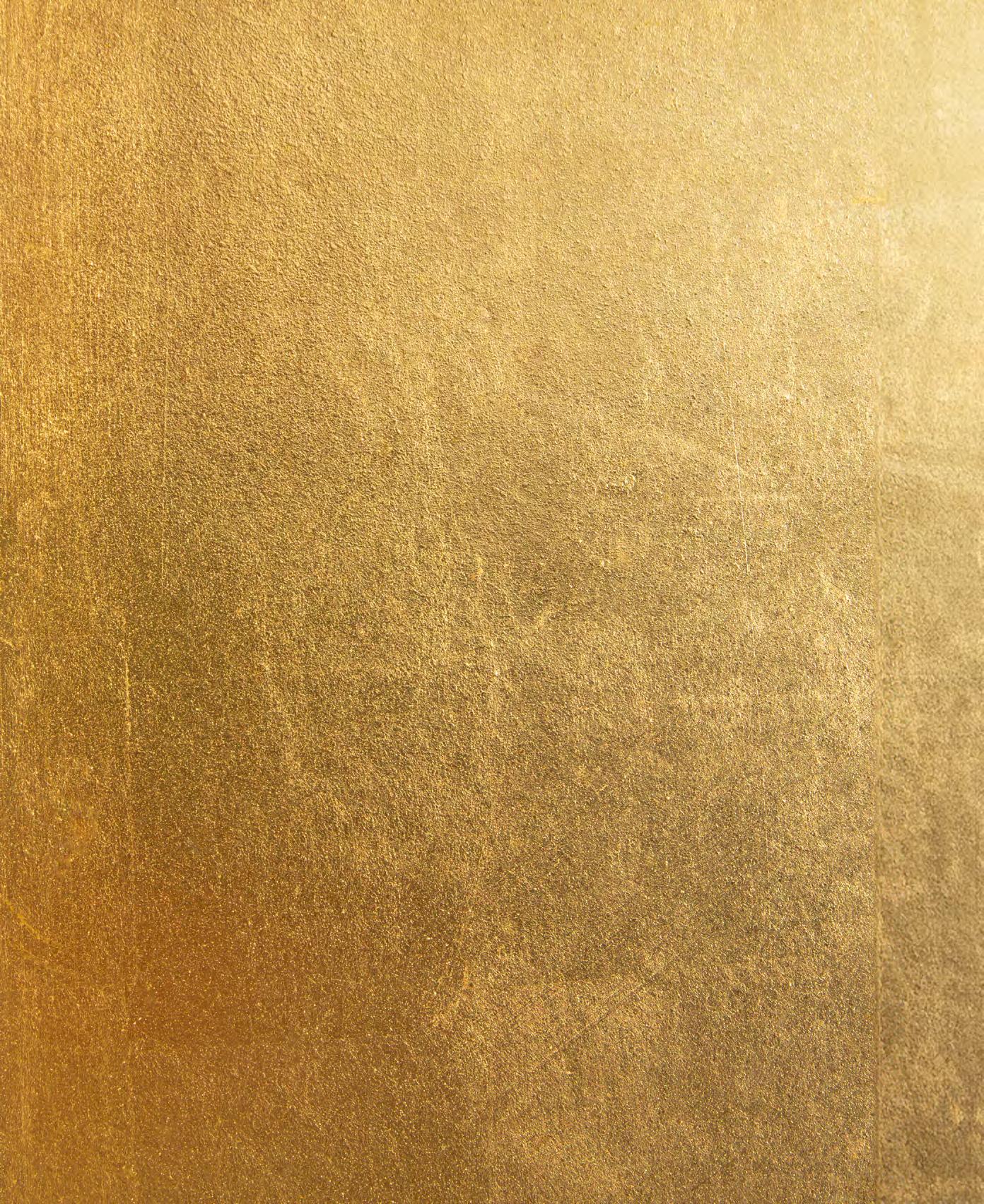
PROTECTING HERITAGE TO BUILD PEACE
7 Ms. Bariza Khiari, Chair of the Foundation Board and Representative of France – Culture and Beauty, Fundamental Rights
HE Mohamed Khalifa Al Mubarak, Chairman, Department of Culture and Tourism, Abu Dhabi, Vice-Chair of the Foundation Board and Representative of the United Arab Emirates – UAE and ALIPH: Safeguarding Heritage for Future Generations
Prince Bader bin Abdullah bin Farhan AlSaud, Minister of Culture of Saudi Arabia, Representative of Saudi Arabia –Guardians of a
with Ms. Irina Bokova, former Director General of UNESCO, Member of the new ALIPH International Council
ALIPH IN THE WORLD
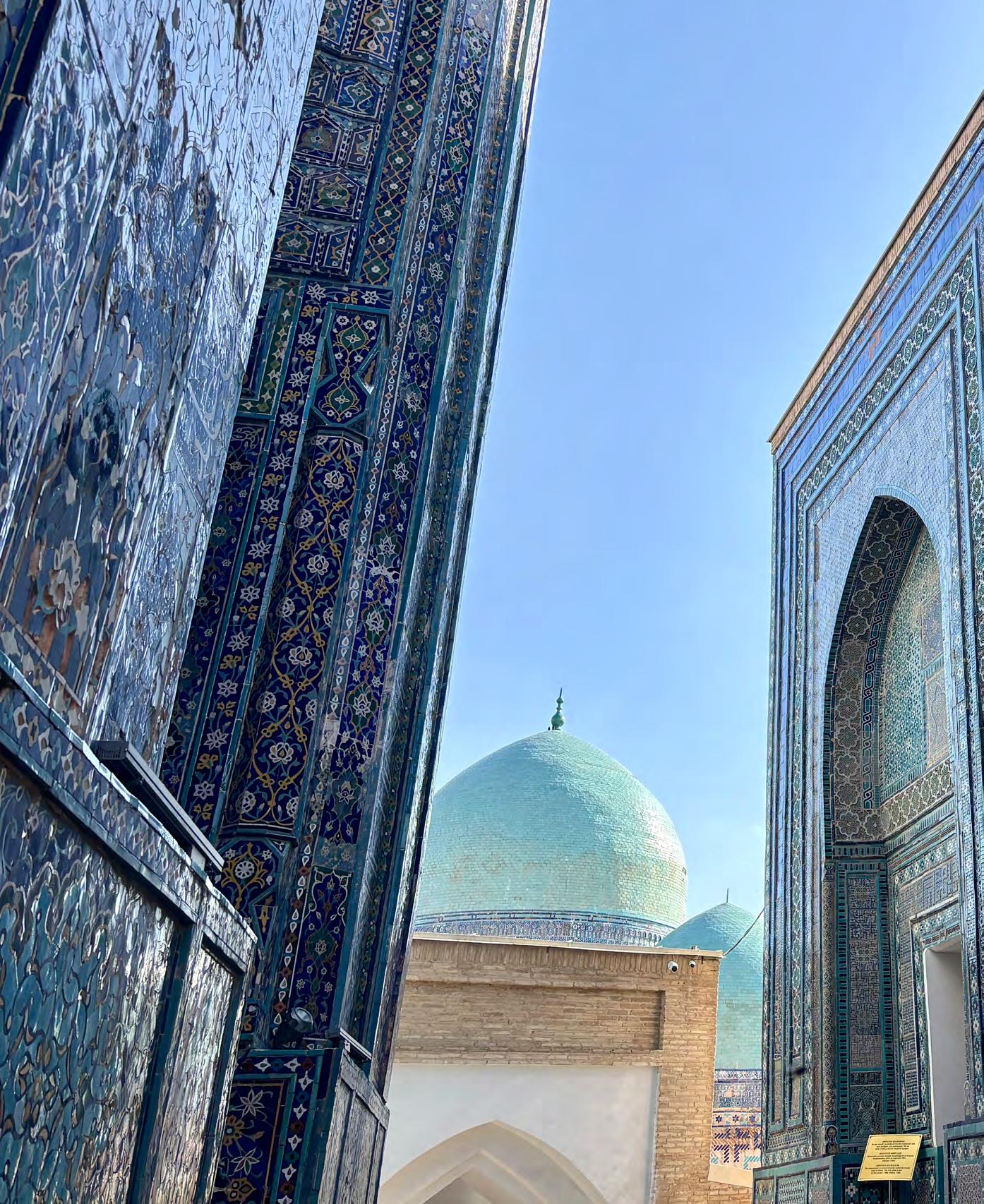
ALIPH ON THE GROUND 24
27 Dr. Nadine Panayot, Curator of the Archaeological Museum, American University of Beirut, Member of the ALIPH Scientific Committee – Safeguarding Memory in Times of Crisis: ALIPH’s Impact at the American University of Beirut
28 ALIPH: Cultural Heritage First Responders
29 Ukraine – Emergency Stabilization of the Odesa Fine Arts Museum
30 Gaza – Providing Cultural Heritage First Response
31 Sudan – Protecting a Rich Heritage in the Face of Conflict and Climate Change
32 Focus on some Completed Projects in 2024
34 Conserving the Yu Aw Synagogue in the Old City of Herat, Afghanistan
36 Restoring Four Emblematic Buildings in the Historic Neighbourhood of Murad Khani in Kabul, Afghanistan
38 Preserving Afghan Memory through the Conservation of Audio-visual Heritage, Afghanistan/France
39 Stabilizing the Shikahogh Bridge, Armenia
40 Restoring the Sculpture of Vishnu from the Mebon Temple, Cambodia
41 Restoring Religious Heritage in Eastern Tigray, Ethiopia
42 Preserving the Oldest Islamic Heritage Structures on the Spice Route: Traditional Mosque of Maluku, Indonesia
43 Restoring and Rehabilitating the House of Prayer in the Conventual Church of Our Lady of the Hour (Al-Saa’a Church), Mosul, Iraq
44 The Ark Re-imagined: Revitalizating the Watercraft Heritage along the Tigris-Euphrates Watershed, Iraq
45 Documenting Testimonies on the Jewish Community of Mosul, Iraq
46 Restoring, Digitizing, and Disseminating Documentary Heritage, Iraq
47 Archives of Knowledge: Documentary Heritage in Djenné, Mali
48 Reconstructing and Rehabilitating the Built Heritage of Bandiagara, Mali
49 Saving the Archaeological site of Bazira, Pakistan
50 Stabilizing and Preparing for Conservation Parts of the Citadel, Khans and Madrassas in Aleppo, Syria
65 Dr. Sandra Bialystok, Director of Communications and Partnerships, Dr. Bastien Varoutsikos, Director of Strategy – ALIPH at the National Museum of China, in Beijing. The exhibition “Salvaged from the Shadows, Protecting Cultural Heritage” 66 Photos from “Salvaged from the Shadows: Protecting Cultural Heritage”
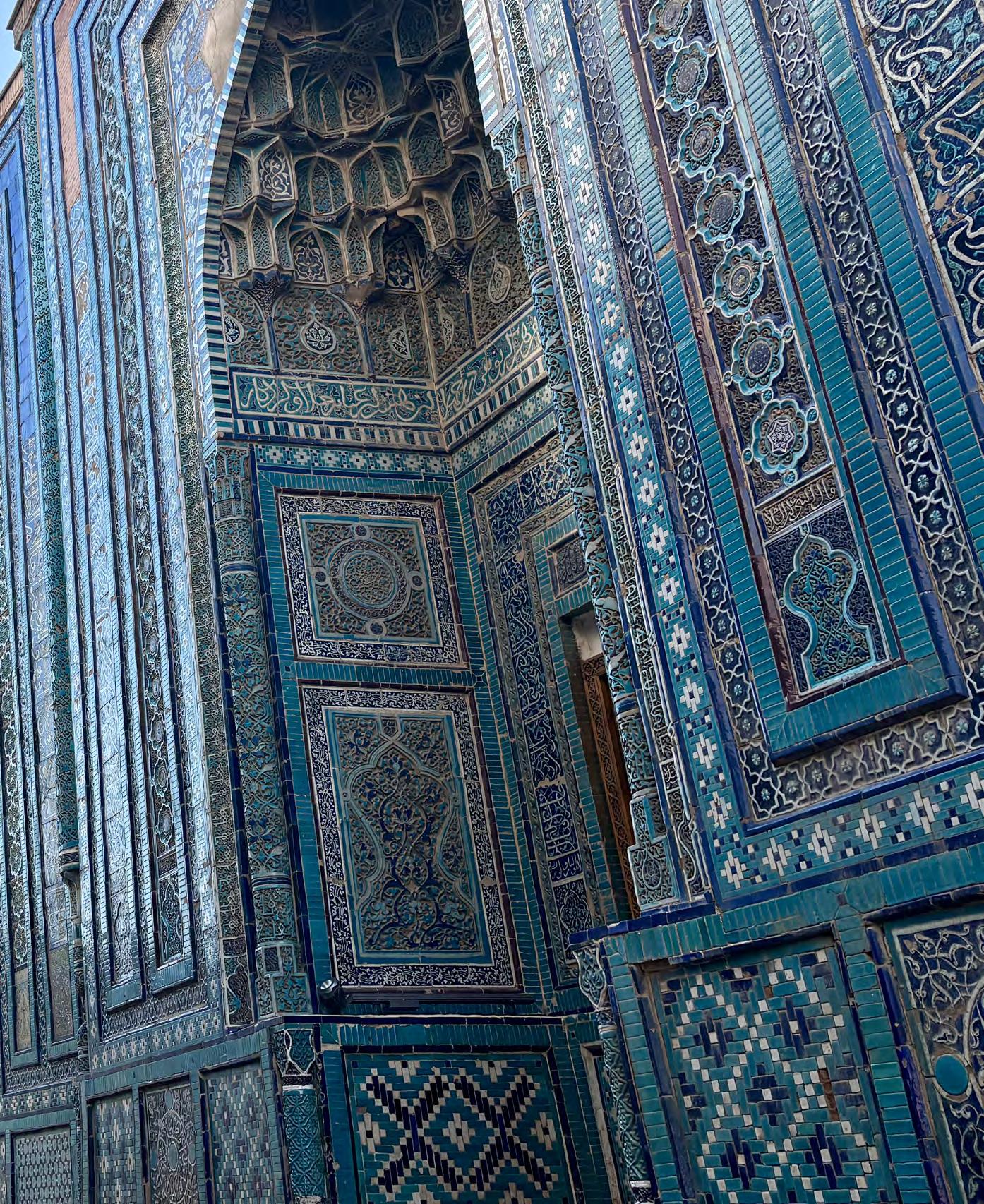
Bialystok, Director of
INTRODUCTION
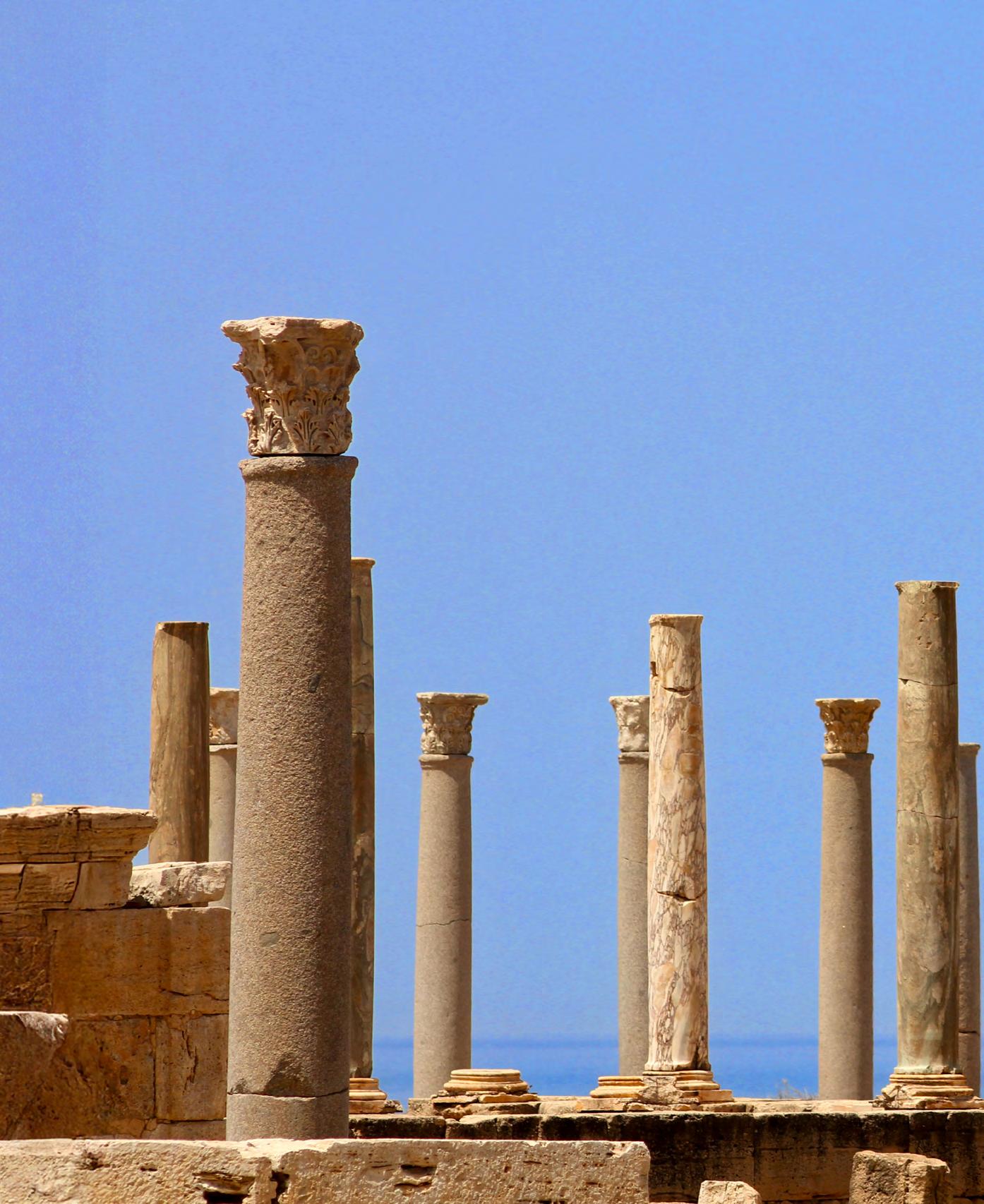
Libya
The Theater, Leptis Magna archaeological site, May 2024
© ALIPH – Waseem Albahri
INTRODUCTION
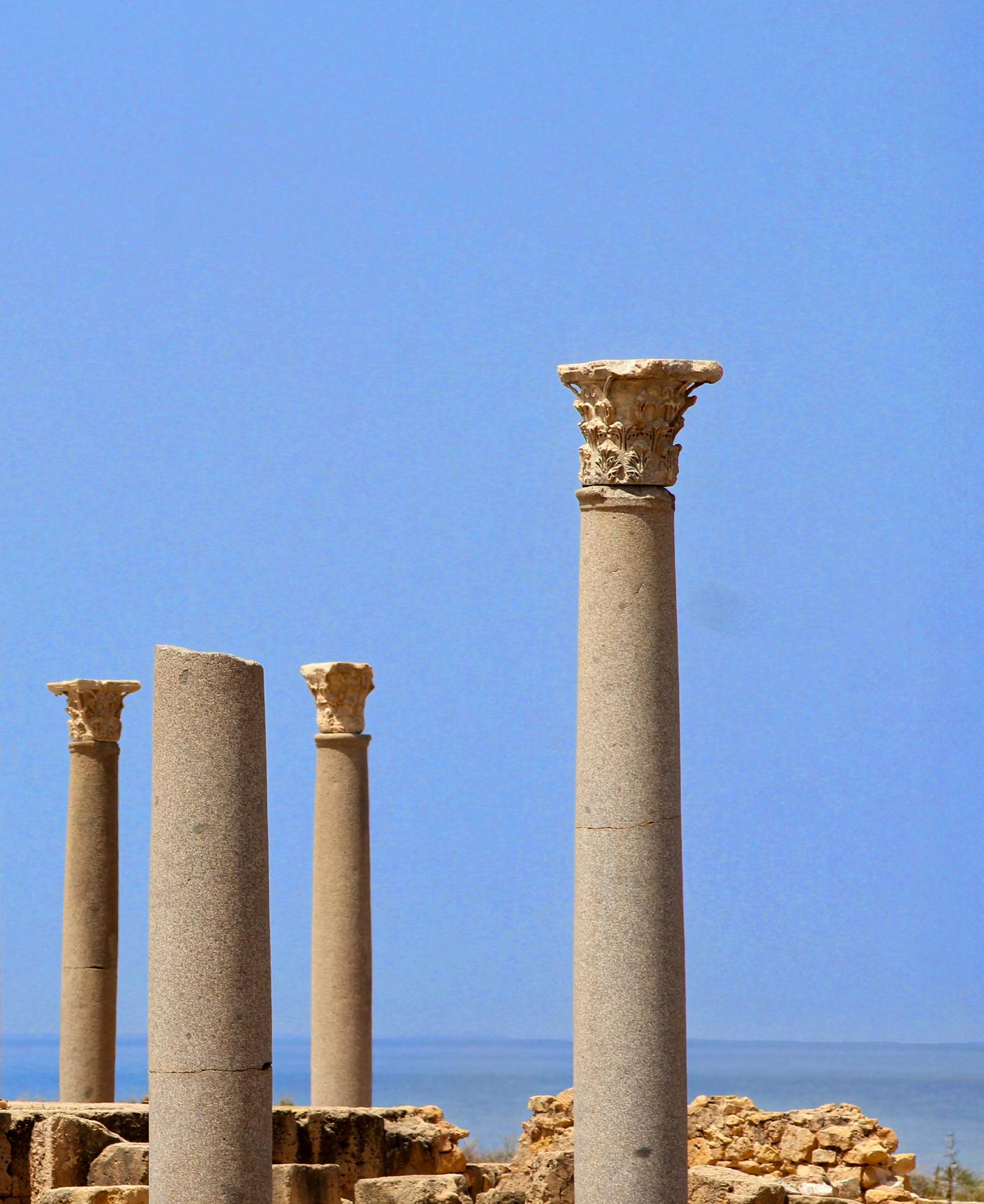

Culture and Beauty, Fundamental Rights
Ms. Bariza Khiari Chair of the ALIPH Foundation Board and Representative of France
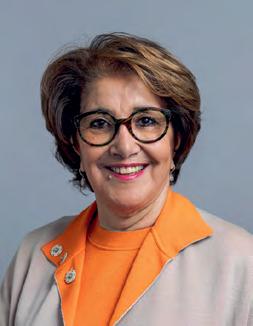
The year 2024 marked a decisive milestone for ALIPH. Our foundation took a resolute and concrete step forward in protecting heritage in vulnerable areas from the impacts of climate change, while continuing to expand its efforts in conflict zones—thanks to numerous partnerships established on the ground. This work to preserve our collective memory and pass it on to future generations is increasingly essential, as threats multiply around us and our points of reference grow dimmer.
In the summer of 2024, ALIPH launched its first call for projects specifically aimed at protecting heritage from the effects of global warming. Targeting Africa—a continent particularly affected by this crisis—this initiative seeks to support the protection or rehabilitation of sites, monuments, museums, and traditions threatened by flooding, drought, or rising sea levels. Alongside local stakeholders and communities, it will allow us to support preventive and adaptive measures for resilience. For while our heritage is vulnerable, it can also be part of the solution—particularly through traditional knowledge and practices— to combat a phenomenon that is destabilizing ecosystems and whose effects we all now feel daily.
Our efforts will be supported by field analysis and precise forecasting, thanks to a partnership ALIPH established in early 2025 with Iconem, Microsoft, and Planet Labs to create HeritageWatch.AI. This new independent, nonprofit organization will leverage artificial intelligence and satellite technologies to predict, map, and analyze in real time the risks facing heritage sites around the world. This pioneering project illustrates ALIPH’s capacity to join forces with strategic partners and integrate cutting-edge technologies in pursuit of its mission to serve the common good.
In each case, our organization—committed to achieving tangible results—must adapt, relying on local actors who are on the front lines, whether packing and evacuating museum collections or urgently protecting a monument or archaeological site.
To showcase these efforts, 2024 was also the year of our first major international exhibition, held at the National Museum of China in Beijing. I had the pleasure and honor of representing our Foundation at the opening of this event, which presented ALIPH’s work since its creation in 2017—500 projects in more than 40 countries—to over 150,000 visitors. This event was the result of exemplary collaboration with China, one of our founding members, and the prestigious National Museum of China. It also underscored a shared conviction that protecting heritage across borders is a universal cause, one that serves peace and sustainable development.
In the spirit of ever-growing outreach, 2024 also marked Uzbekistan’s accession to ALIPH. This new partnership with a heritage-rich country in the heart of fabled Central Asia reflects the growing appeal of our Foundation. Thanks to the commitment of our member states and private donors, together we have built a multilateral instrument that is agile, neutral, and effective— capable of responding both to urgent situations and to long-term challenges. It is an approach that continues to attract attention and recognition.
But our mission would not be possible without the dedication of all those who work every day to safeguard heritage: experts, field professionals, local communities, partner institutions, patrons, and, of course, the members of ALIPH’s governance and Secretariat.
Uzbekistan
Samarkand, April 2025
© ALIPH – Elke Selter
Throughout the year, ALIPH also continued its core mission of protecting heritage in conflict areas in Ukraine, Sudan, and Gaza. While the threats may be the same the contexts vary.
ALIPH is much more than a fund; it is a broad community united by the shared belief that culture and beauty are fundamental rights— essential to human dignity and the reconstruction of societies in crisis.
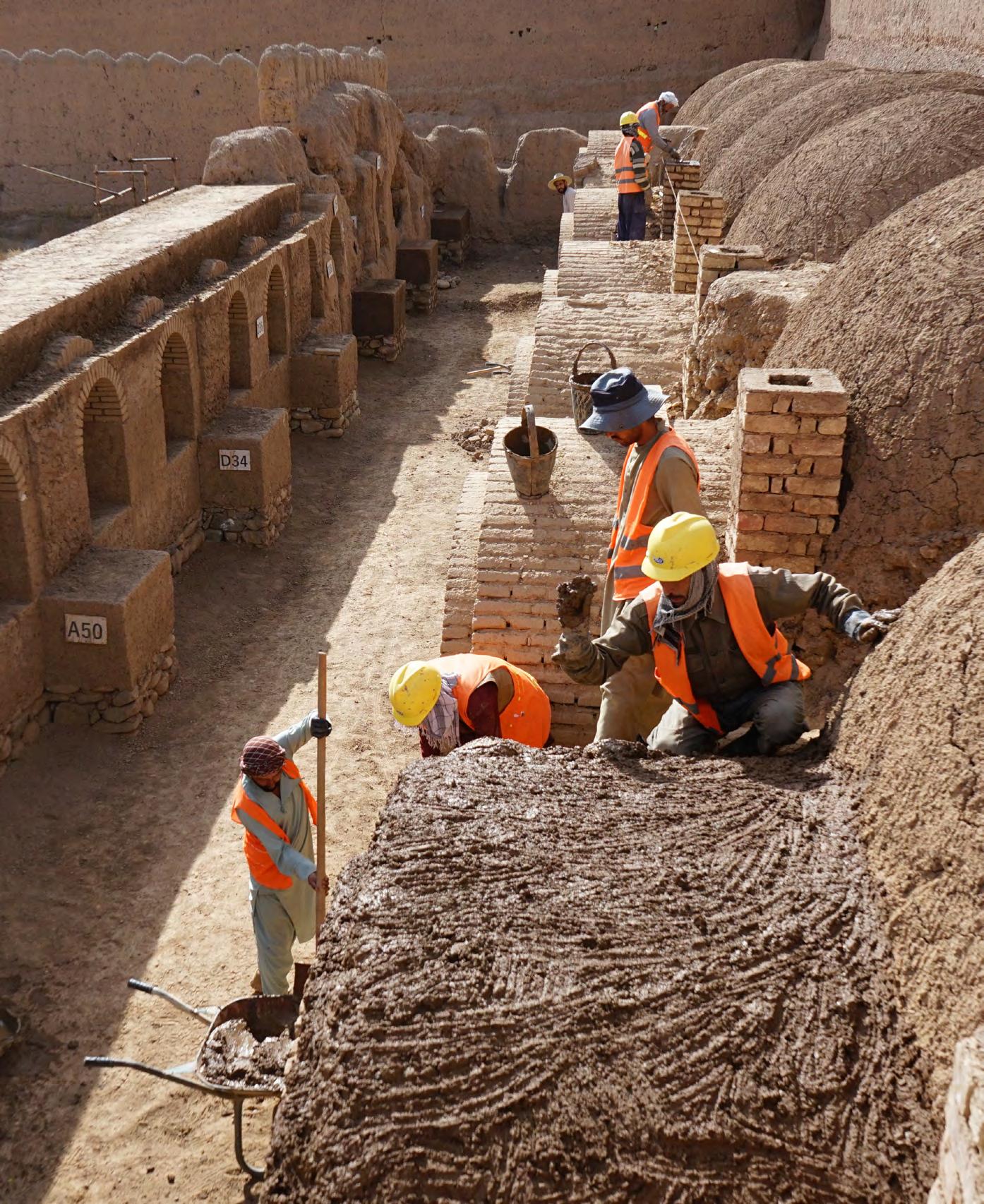
UAE and ALIPH: Safeguarding Heritage for Future Generations
HE Mohamed Khalifa Al Mubarak Chairman, Department of Culture and Tourism, Abu Dhabi Vice-Chair of the Foundation Board and Representative of the United Arab Emirates
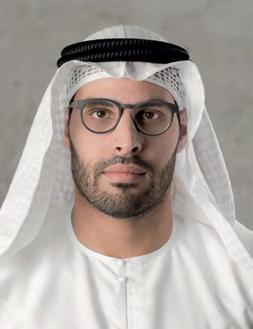
In 2024, ALIPH took a significant step forward by evolving its identity to reflect a broader mission: renaming itself the International alliance for the protection of heritage. This important shift acknowledges the growing challenges to cultural heritage not only from conflict, but also from climate change and environmental instability, especially in vulnerable regions. From ancient cities eroding under rising tides to earthen villages crumbling in extreme heat, climate change is now a direct and growing threat to cultural heritage around the world.
Recognising this urgency, the United Arab Emirates has championed the integration of cultural heritage into the global climate agenda. At COP28 in Dubai, this commitment was reaffirmed on the world stage, with the UAE emphasizing that preserving traditional knowledge and cultural practices has moved beyond being a moral imperative to becoming a pressing tool needed to build resilience, inform sustainable solutions, and empower communities on the frontlines of climate change.
This belief is what drives initiatives such as the Department of Culture and Tourism – Abu Dhabi’s (DCT Abu Dhabi) collaboration with the Getty Conservation Institute on the International Course on Earthen Architecture Conservation. Financially supported by ALIPH since its first edition in 2018, the third was held in early 2025 in the UAE and Oman. This unique program provides specialized training to professionals of the MENASA region dedicated to preserving and celebrating this significant architectural heritage. Since 2018, sixty-one professionals from the region have been trained. ALIPH’s support in the form of scholarships enabled the attendance of many participants from this region, which is home to a substantial portion of the world’s earthen heritage.
spirit of our collective mission. Leveraging AI and satellite technology to anticipate and respond to risks, especially those posed by climate change, is a bold and necessary innovation. This was also explored in the recent edition of the Culture Summit Abu Dhabi that focused on Culture for Humanity and Beyond. ALIPH took part in a panel that focused on ensuring the heritage rehabilitation goes beyond restoration and supports the revival of cultural identity and empowering communities. This approach was illustrated by UNESCO’s Reviving the Spirit of Mosul Initiative in partnership with the UAE, which has culminated in healing communities and reawakening cultural memory.
Abu Dhabi is proud to be home to such collaborations, including organizing the upcoming 14th International World Congress on Earthen Architecture (Terra 2026) in Al Ain in 2026, which will unite global expertise to explore the future of earthen architectural heritage. ALIPH will be a key partner in this event that will focus on Managing Change in Earthen Cultural Landscapes through the transmission of techniques and practices, the development of responsive approaches to management of earthen heritage in general, but also in response to vulnerabilities as well as presenting innovations. Through all of this, ALIPH continues to demonstrate the power of partnership and progress.
Afghanistan Shashpul Caravanserai, September 2024, © Turquoise Mountain
The announcement of HeritageWatch.AI, a partnership between ALIPH, Iconem, Microsoft, and Planet, further embodies the forward-thinking
I would like to express my gratitude to the dedicated team at ALIPH. Their commitment goes beyond preservation through nurturing identity, empowering communities, and securing our cultural legacy for future generations. Their work is truly invaluable. The UAE remains a steadfast ally in this journey, united with ALIPH and its global network of donors, experts, and institutions in protecting our shared cultural heritage for generations to come.
Guardians of a Shared Legacy: A Shared Commitment to Safeguarding Heritage
HH Prince Bader bin Abdullah bin Farhan AlSaud Minister of Culture of Saudi Arabia Representative of Saudi Arabia
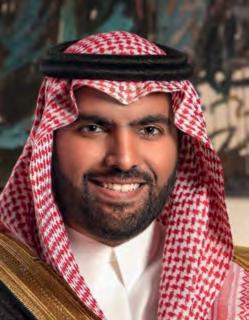
In a time shaped by evolving global dynamics, from regional complexities to changing environmental conditions, the preservation of cultural heritage is not a luxury—it is a necessity. It is a global responsibility that demands solidarity, trust, and sustained action.
As a proud member of the Board of the International alliance for the protection of heritage (ALIPH), this commitment forms part of the Kingdom of Saudi Arabia’s broader pursuit of impactful and enduring cultural partnerships on the global stage.
Our mission, guided by Saudi Vision 2030, positions culture as a driver of peace, resilience, and development. This commitment has been reflected through a range of strategic initiatives, including a USD 30 million contribution to ALIPH.
But our partnership with ALIPH extends far beyond financial support. It is rooted in the conviction that every cultural achievement preserved is a shared triumph for humanity.
Delivering Impact Through Global Cooperation
Saudi Arabia views heritage protection as a collaborative endeavor, and the results of our shared efforts with ALIPH and international partners speak for themselves.
In Sudan, ALIPH-supported efforts have contributed to safeguarding cultural heritage in the context of armed conflict and natural disasters, particularly in areas affected by flooding. In Libya and Morocco, emergency interventions have focused on stabilizing heritage sites impacted by natural hazards, namely, floods and earthquakes. These efforts have also extended to the rehabilitation of museums and documentation of collections at risk. Across these contexts, ALIPH has employed digital technologies— including artificial intelligence—to support the assessment, restoration, and protection of cultural heritage.
These achievements reflect the strength of the ALIPH model: multilateral, inclusive, and locally anchored.
Pioneering Scientific Understanding of Climate Impacts on Cultural Heritage
Saudi Arabia’s commitment also extends to addressing one of the critical challenges facing cultural heritage today: climate change. In one of its most significant archaeological findings, Saudi Arabia announced the documentation of the longest known climatic record in the Arabian Peninsula—spanning over eight million years—through the multidisciplinary scientific initiative “Green Arabia.” This landmark discovery, based on deep environmental archives preserved in the region’s landscapes, highlights the value of studying ancient climate shifts to better understand the transformations that shaped human settlement and mobility across millennia.
The findings not only offer a clearer reconstruction of the Arabian Peninsula’s environmental history but also provide vital scientific evidence to interpret contemporary climate change, anticipate associated risks, and design more effective adaptation strategies.
Saudi Arabia’s active engagement within ALIPH supports the Foundation’s efforts to integrate climate risk into heritage protection—bridging scientific research, local adaptation, and practical tools that inform action on the ground. Together, these parallel efforts reflect a shared commitment to forward-looking, evidence-based approaches to safeguarding cultural heritage amid growing environmental challenges.
Empowering People, Protecting the Future
Saudi Arabia recognizes that preserving heritage requires investing in people and communities. In partnership with ICCROM, the Kingdom has hosted capacity-building programs focused on crisis management and World Heritage leadership—training professionals from Saudi Arabia and across the region.
Community engagement is a cornerstone of Saudi Arabia’s heritage strategy. Nationwide
Sudan
Old Dongola mosque January 2023
© ALIPH - Adonis ElHussein

awareness campaigns, school programs, and local initiatives have been launched to deepen public understanding of cultural preservation and foster a sense of shared responsibility. These efforts aim to embed heritage stewardship across generations, encouraging citizens to take part in preserving their history. From educational programs to volunteer opportunities at archaeological sites, Saudi Arabia is investing in building a society that actively participates in the care and continuity of its cultural legacy. This strong national emphasis on local participation also reinforces one of ALIPH’s core principles: that sustainable heritage protection depends on empowering communities as active custodians of their own cultural environments.
Innovation and the Future of Heritage
Both Saudi Arabia and ALIPH have incorporated technological approaches to strengthen cultural heritage protection, each within their respective contexts. In its national efforts, Saudi Arabia has implemented early environmental monitoring systems—such as humidity and wind sensors— around heritage sites to support rapid response to potential risks. These systems form part of broader risk management and preparedness strategies aimed at enhancing site resilience. Meanwhile, several ALIPH-supported projects have utilized modern digital tools and artificial intelligence to document at-risk collections and assist in the rehabilitation of museums, particularly in regions affected by conflict and natural disasters. Together, these efforts reflect a shared recognition of the role technology can play in safeguarding heritage under threat.
Conclusion: A Shared Mandate, A Lasting Legacy
Saudi Arabia’s role in ALIPH is grounded in partnership as we act in concert with others who share our belief in the universal value of cultural heritage.
In the face of crisis, heritage offers continuity. In the aftermath of conflict, it offers healing. And in our collective efforts to preserve it, heritage offers hope.
We are proud to stand alongside ALIPH and its partners as we work not only to protect the monuments of the past, but to build the foundations for a future rooted in memory, identity, and peace.
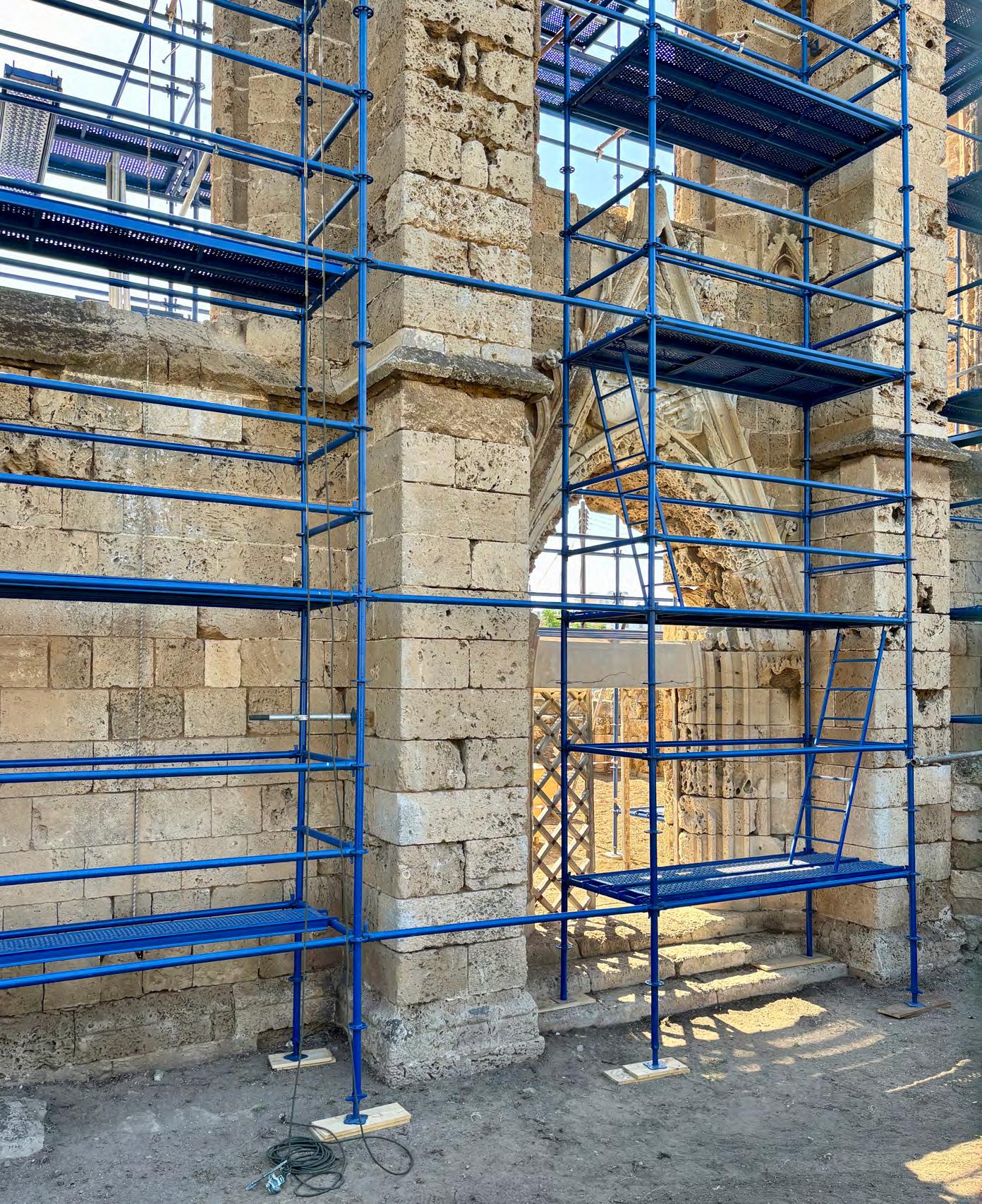
Cyprus
Saint George of the Latins church, Famagusta, November 2024
© ALIPH – Elke Selter
Cyprus, Heritage, and ALIPH
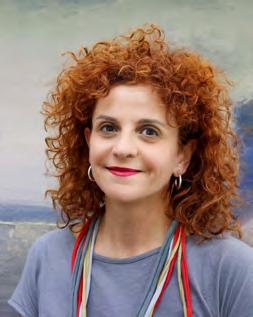
HE Eleni Apeyitou Diplomat, Representative of Cyprus
Cyprus boasts a rich cultural heritage, spanning 11,000 years of history. However, Cyprus, in its recent history, has been regularly enduring the looting and plunder of its cultural heritage.
Organized plunder in conflict zones not only deprives people of their cultural inheritance but also seeks to erase their presence from the landscape—severing deep-rooted bonds between people and place. This perpetuates cycles of cultural loss and displacement, deepening the wounds of conflict.
The destruction, theft, and looting of cultural heritage are grave crimes. They reduce priceless artifacts to mere commodities in commercial exchange and fuel the illicit trade in antiquities. Most importantly, however, they violently sever societies’ vital connections to their collective history, memory, and roots.
The international community recognizes both the importance of protecting cultural heritage and our shared responsibility to do so on behalf of humanity and future generations. Cyprus actively participates in international agreements,
conventions, and initiatives aimed at preserving heritage. Notably, Cyprus helped establish the UN Group of Friends of Cultural Heritage and drafted the “Convention on Offences Relating to Cultural Property”—also known as the Nicosia Convention of the Council of Europe—the first legal instrument aimed at combating the illegal art market.
The existence of organizations like ALIPH, alongside other international mechanisms and frameworks, is crucial. As a climate-change hotspot, Cyprus welcomed the organization’s expanded mandate—from conflict and postconflict restoration to protecting sites threatened by rising sea levels and extreme weather. Climate change presents a new and unprecedented challenge for humanity, and sustainable conservation and climate-resilient strategies are now indispensable.
I am honored to represent Cyprus on ALIPH’s executive board and will continue to contribute my utmost in support of the organization’s noble mission.
Interview with Ms. Irina Bokova,
former Director-General of UNESCO, Member of
the new ALIPH International Council
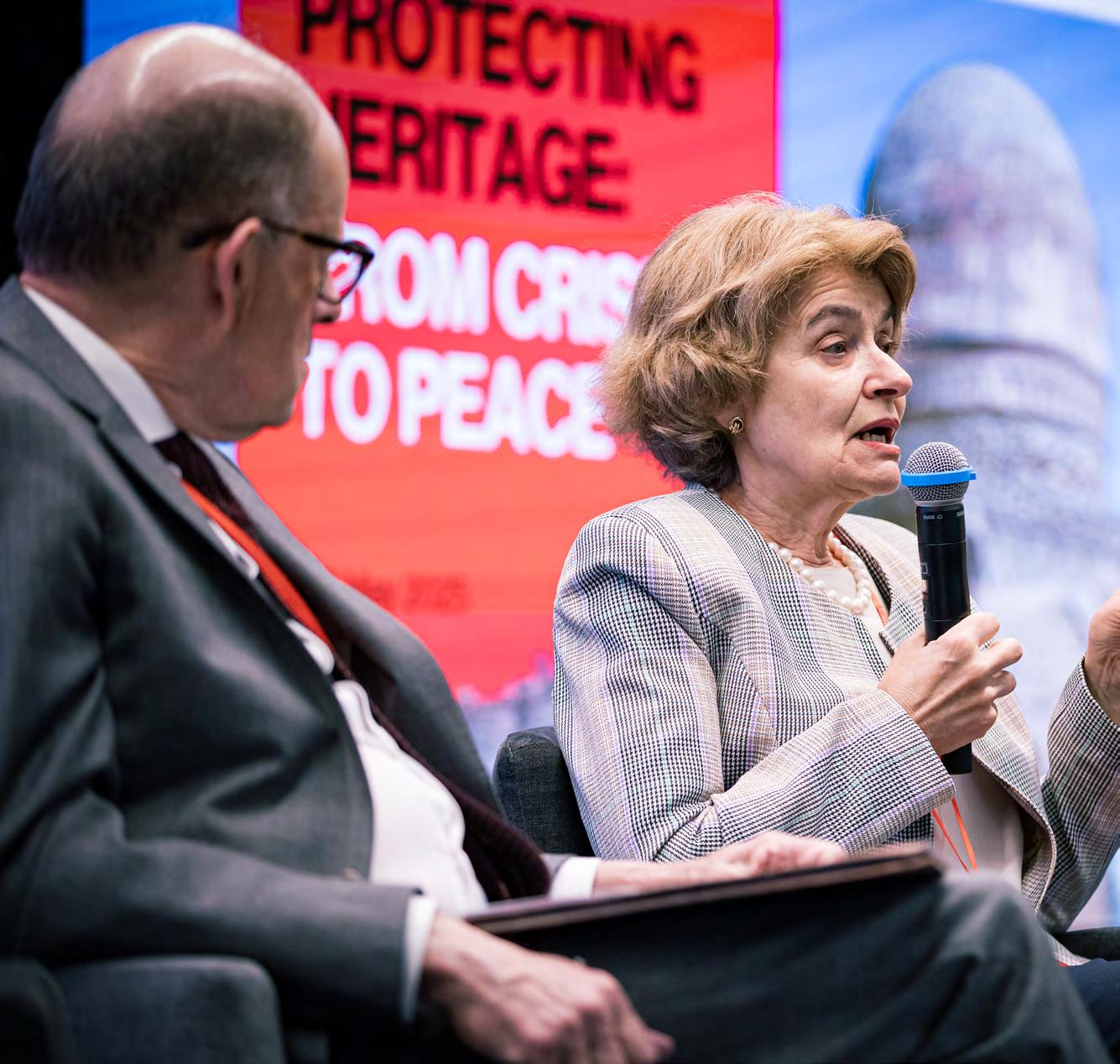
Switzerland
Geneva, 6-8 May 2025
© ALIPH - Antoine Tardy
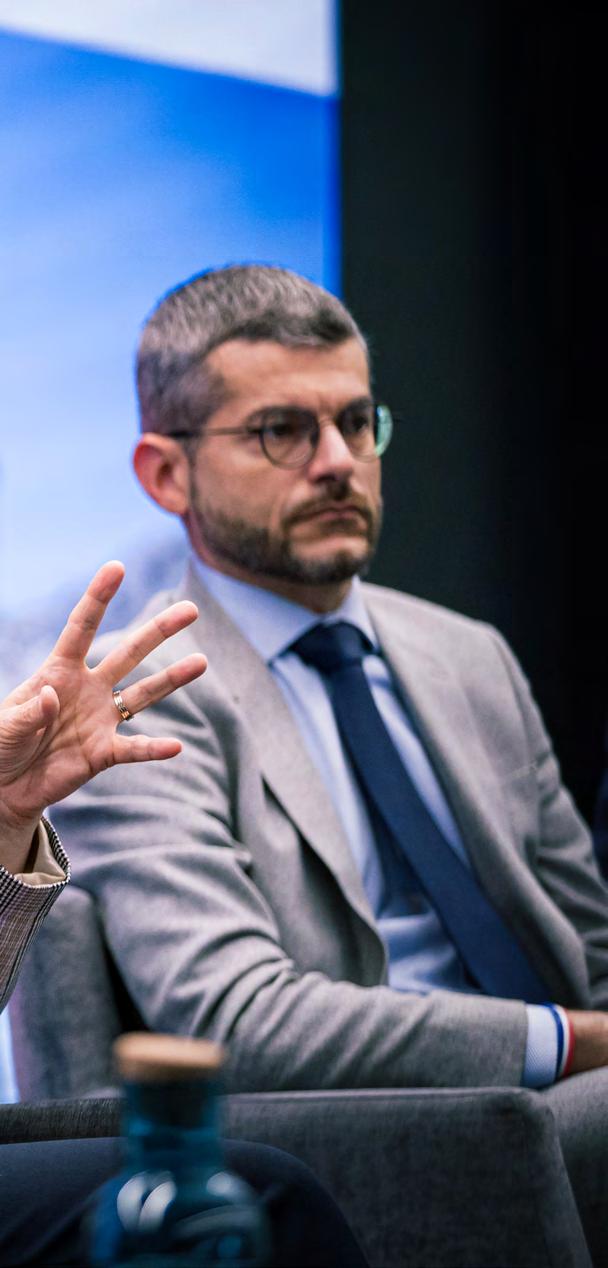
What threats are facing heritage today? Do you feel that the situation around heritage worldwide has deteriorated in recent years?
I.B. The protection of cultural and natural heritage stands as one of the most visionary and transformative ideas of the twentieth century and remains so today.
With the adoption of the 1972 Convention on the Protection of Cultural and Natural Heritage, this idea shaped international law, diplomacy, and efforts toward sustainable development—establishing the protection of heritage as a key pillar of human rights and global solidarity and integrating it for the first time into the UN Agenda for Sustainable Development 2030.
There are many threats to the safeguarding of heritage: uncontrolled urbanization, unsustainable tourism, illicit trafficking in antiquities, conflict, war and deliberate destruction, and—last but not least—climate change. I believe that today there is much greater awareness of these threats and a stronger response. This includes several UN Security Council resolutions linking the protection of heritage to peace, security, and humanitarian action, such as Resolution 2347 of March 2017.
In your opinion, what has ALIPH contributed to the protection of endangered heritage?
I.B. As the main global fund exclusively dedicated to the protection and rehabilitation of cultural heritage affected by war, ALIPH already has an impressive history of successful work in conflict, post-conflict, and crisis areas. In my capacity as Director-General of UNESCO at the time, I supported the establishment of ALIPH by France and the UAE in 2017. I am delighted to witness the irreplaceable role ALIPH plays today as a strategic partner of UNESCO in protecting heritage during times of crisis and conflict.
One can hardly enumerate all the projects initiated and funded by ALIPH—from Mosul, Beirut, Yemen, and Mali to Côte d’Ivoire, Indonesia, and Ukraine. These projects exemplify ALIPH’s commitment to protecting cultural heritage as a means to foster peace, resilience, and community development in areas affected by conflict, crisis, and, today, climate change.
Why did you agree to join ALIPH’s International Council?
I.B. I am honored to have been invited to join ALIPH’s International Council and to support its important mission: rehabilitating damaged or endangered cultural sites, museums, monuments, manuscripts, and traditions; and promoting peacebuilding through cultural heritage preservation—fostering dialogue and cooperation across divided communities.
ALIPH’s story is a testament to my deep belief that culture and heritage are not merely about bricks and stones—they are about identity and belonging. Heritage is as much about the future as it is about the past. ALIPH’s story is also a testament to my conviction that culture alone cannot build peace—but without culture, peace cannot endure.
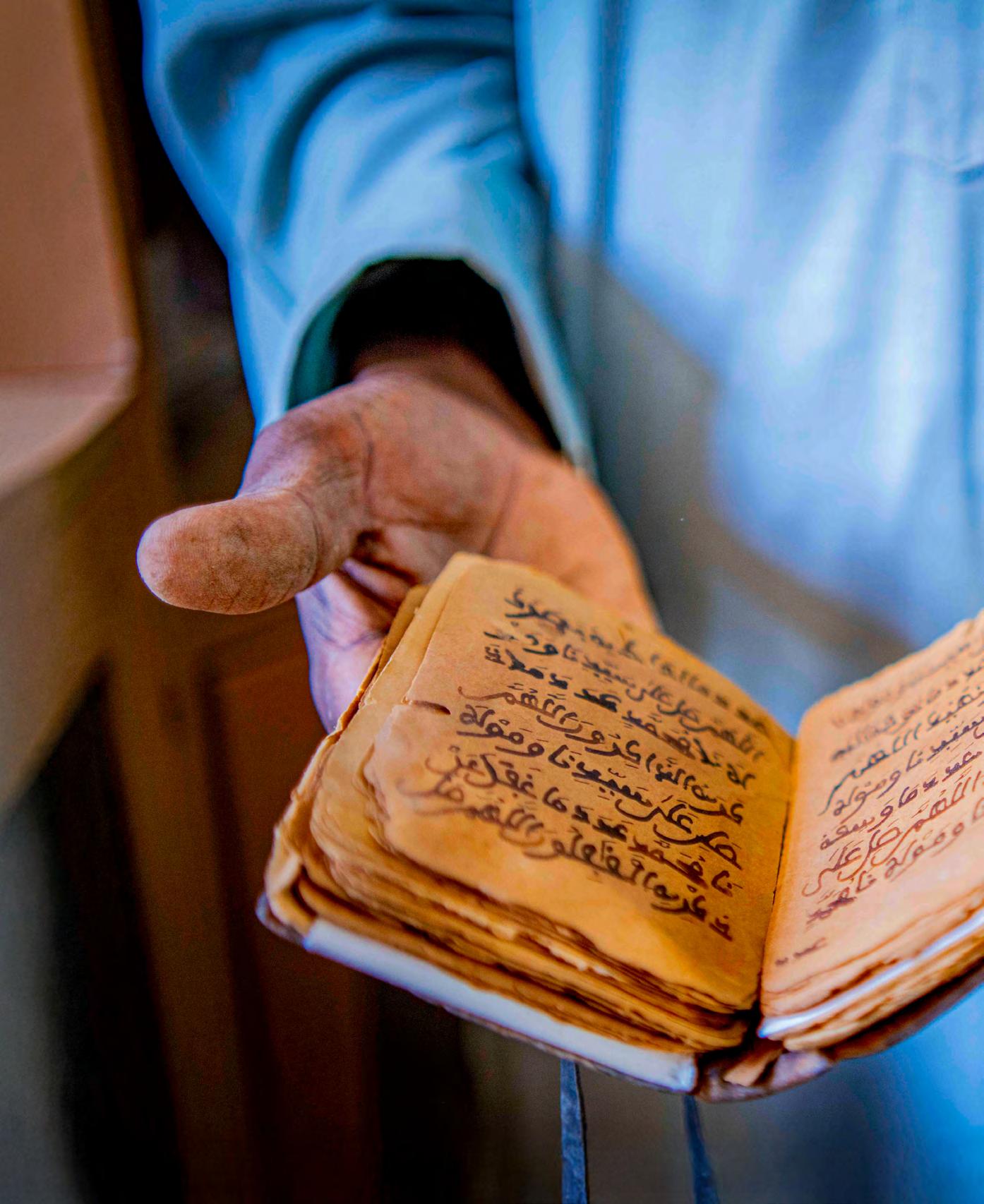
ALIPH IN THE WORLD
Mali Djenné, February 2024
© Tiecoura N’Daou
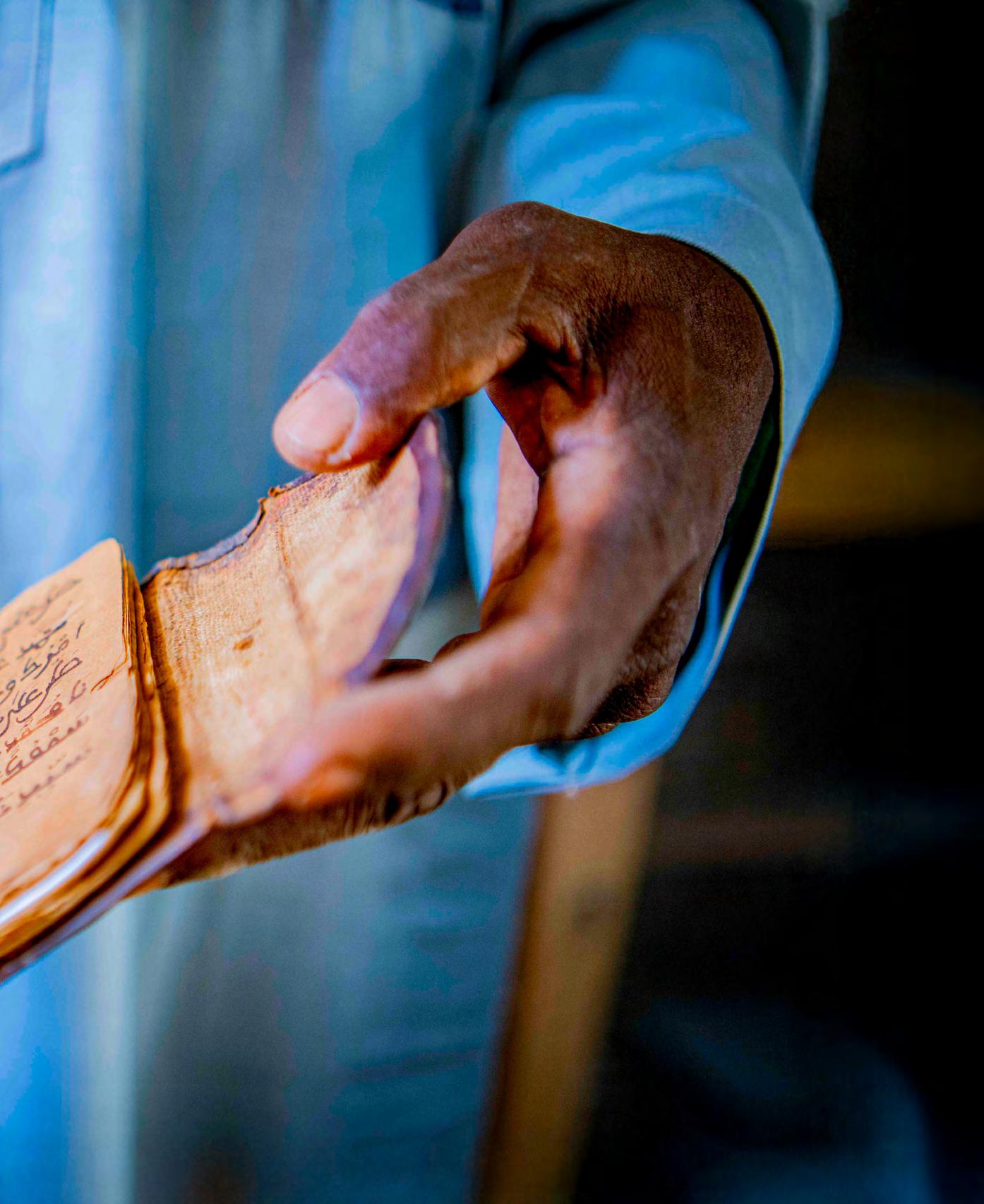
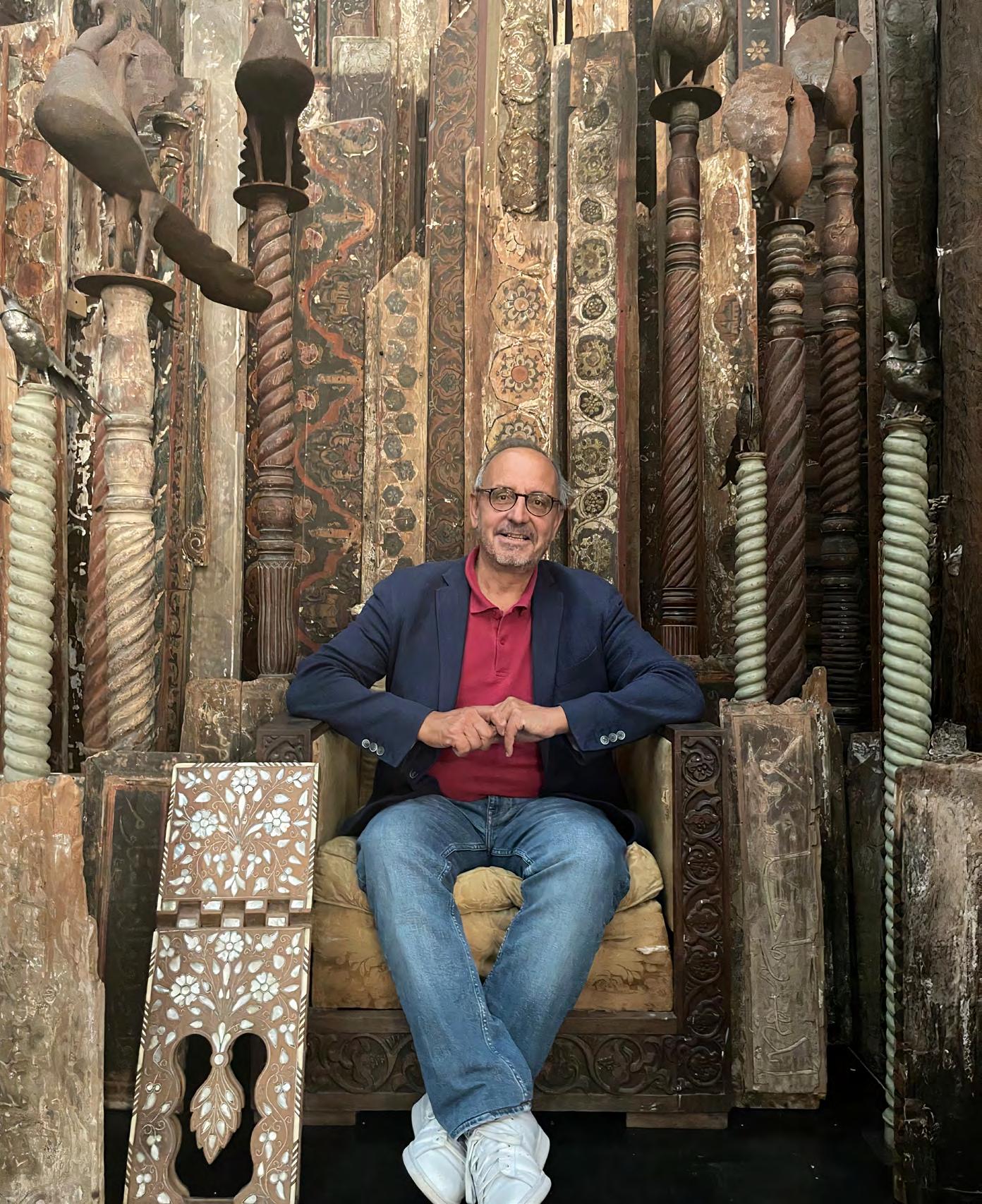
A New Multilateralism
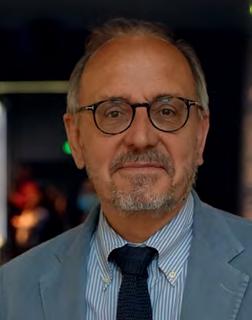
Mr. Valéry Freland Executive Director
ALIPH stands today as the principal global fund exclusively dedicated to protecting cultural heritage in conflict or crisis zones—safeguarding it not only from the ravages of war, but also since 2024, from the impacts of climate change on both tangible and intangible heritage. Seven years after establishing its Secretariat in Geneva, this Alliance can boast a more than respectable track record: 500 projects supported in over 40 countries across all continents, and a widely recognized agility that has enabled it to be the first financial responder for cultural heritage threatened by war or natural disasters—from Beirut in the summer of 2020 to ongoing conflicts in Ukraine, Sudan, and Gaza.
This success is largely due to the nature of this new multilateral instrument, which combines public and private sectors and follows in the tradition of “hybrid” organizations created since the 2000s—particularly in the field of global health in Geneva. The notion of an alliance is especially fitting: it draws on military vocabulary to frame the fight against a common scourge, while embracing the flexibility needed for unions of circumstance, formed in response to a specific threat at a specific time.
Institutionally, ALIPH is both a private Swiss foundation governed by common law and a quasi-international organization, thanks to the privileges and immunities granted under a highly favorable host country agreement signed with the Swiss Confederation in October 2017. Its status is comparable to that of the Global Fund to Fight AIDS, Tuberculosis and Malaria, founded in Geneva in 2002—though not with the same budget.
in 2025—alongside three private donors (Thomas S. Kaplan, the Getty Trust, and the Fondation Gandur pour l’Art), and supported by about a dozen other public and private partners, including the European Union.
ALIPH is both a fund, with readily available capital— allowing it to act quickly—amounting to approximately USD 80 million for the 2017–2022 period and USD 100 million for 2022–2027, and a hub of scientific, technical, and policy expertise. It draws on its diverse governance members and a network of over 200 international experts and 200 local or international partners (NGOs, museums, cultural centres, heritage institutions, etc.).
It is also a lean organization. Currently, with around twenty staff at the Secretariat, ALIPH is managed like a startup. It stresses an entrepreneurial spirit focused on tangible results, and a short decision-making process, involving the Foundation Board, the Scientific Committee, and the Secretariat, where necessary , and adapted to emergencies. Additionally, ALIPH always ensures a strong sense of accountability in service of the common good. This mindset is captured in the foundation’s motto: Action, action, action—or, as it’s known internally, the ALIPH way.
Lebanon
September 2024
© ALIPH - Valéry Freland
It is also a public-private partnership comprising nine member states—since 2017, France, the United Arab Emirates, Saudi Arabia, Kuwait, Luxembourg, China, and Morocco; Cyprus since 2023; and Uzbekistan
Finally—and this is one of the reasons for its success— ALIPH was committed from the outset to a position of neutrality, a principle it has maintained, and which allows it to intervene wherever needed, provided it has the approval of sovereign authorities. This neutrality is inspired by Switzerland and International Geneva, as well as by a resolutely pragmatic approach: for an organization like ALIPH, concrete projects yield more results on the ground than political declarations. Even if, sometimes, it takes a great deal of diplomacy to avoid being political at all!
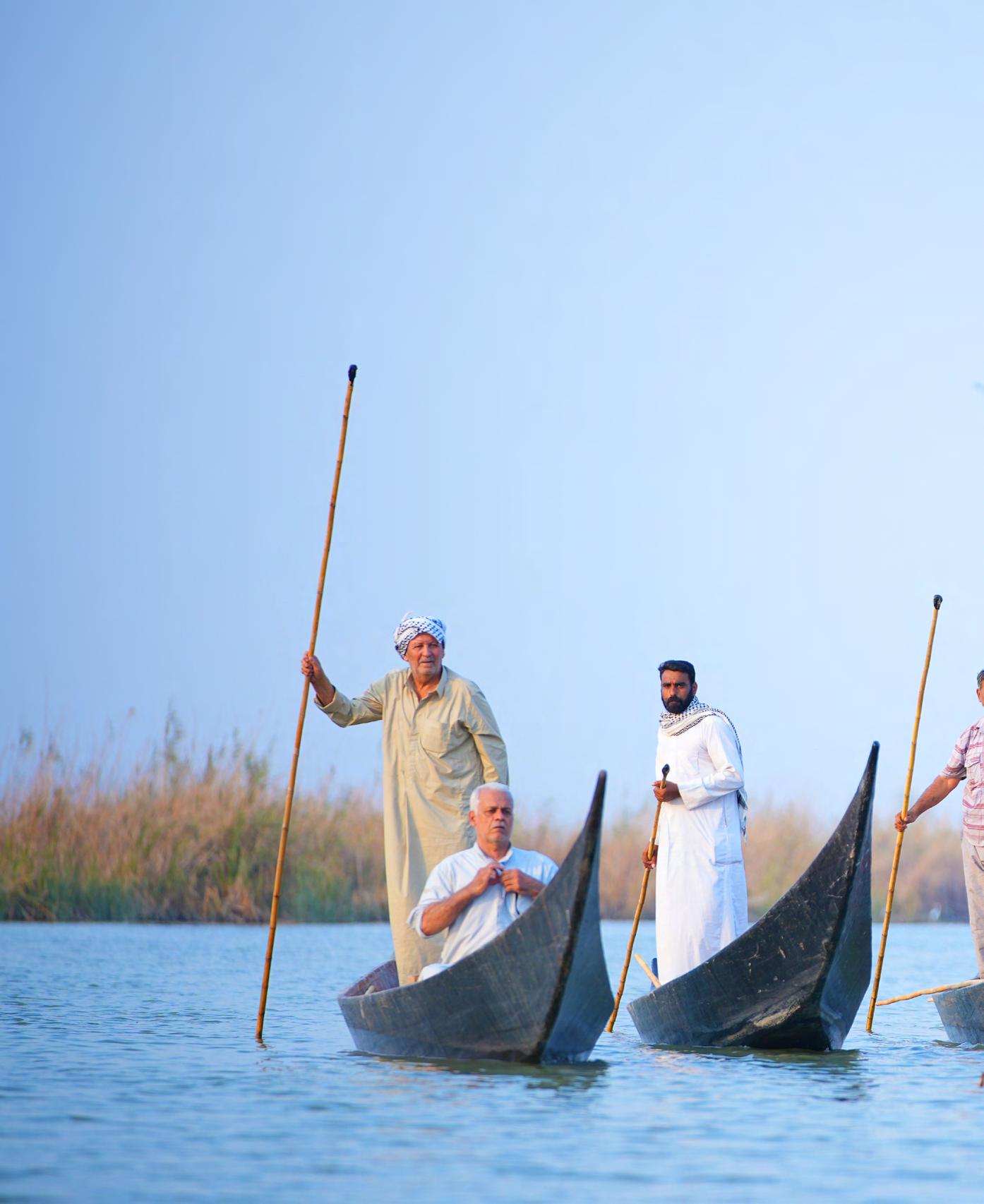
ALIPH IN NUMBERS
Iraq Abu Sawbat boat club, October 2023, © Safina Projects
From 21 June 2018 to 31 December 2024
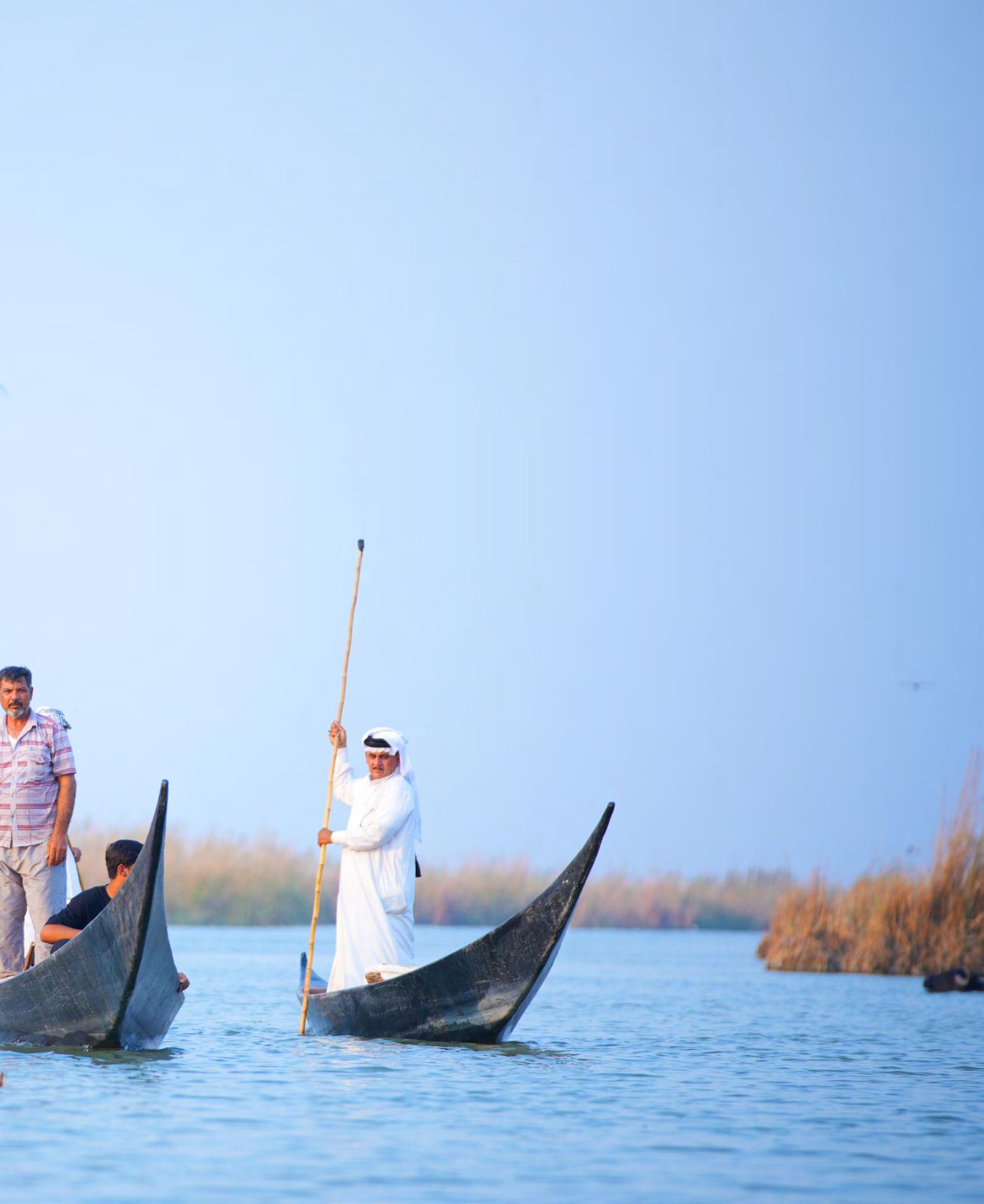
485
Total projects 355 Completed projects
130 Ongoing projects
$ 100 million + Funds committed
40 Number of countries
ALIPH’S PROJECTS
From 21 June 2018 to 31 December 2024
ALIPH ON THE GROUND
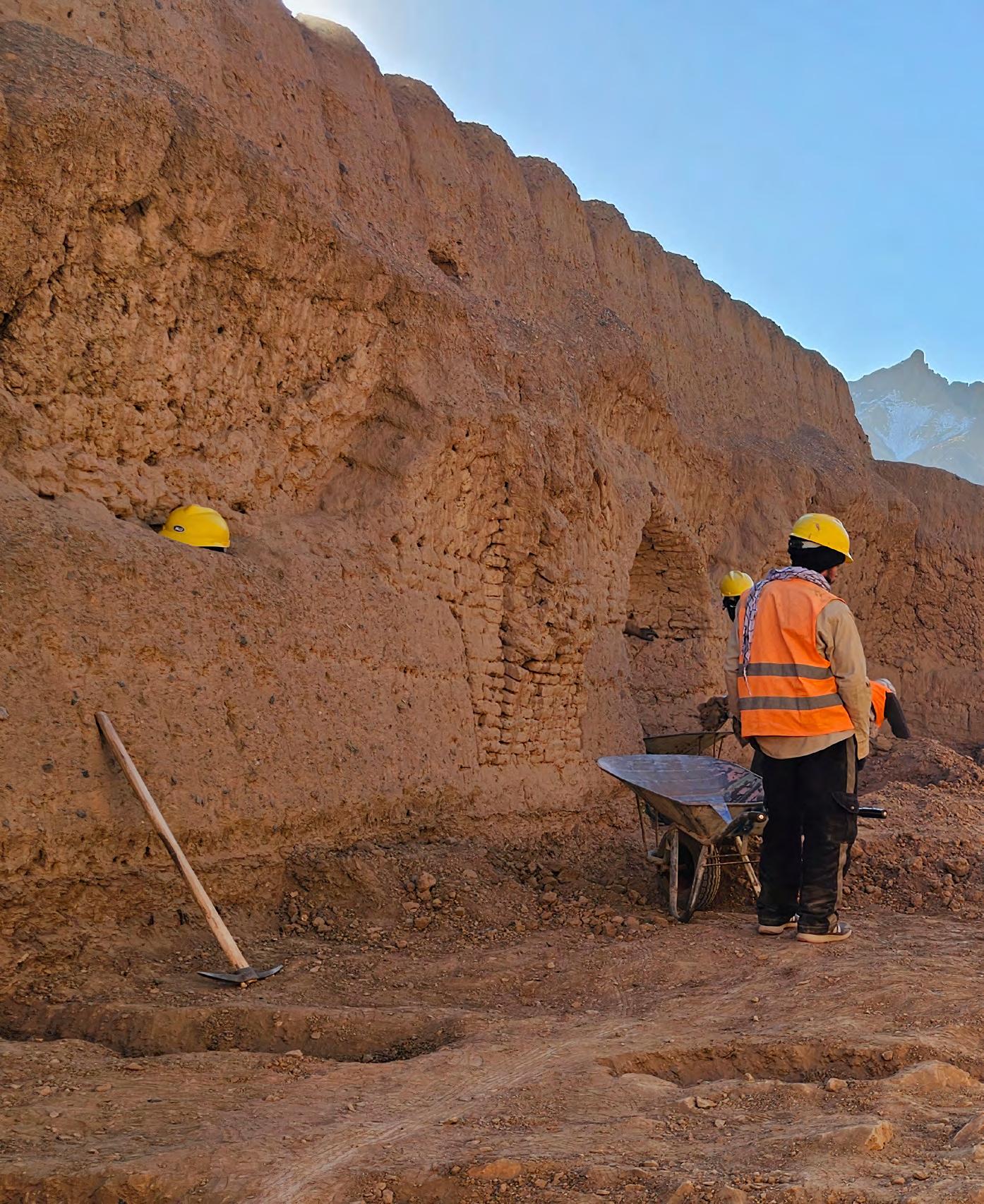
Afghanistan
Excavation of the ‘weaving hall’ in the northern courtyard, Shashpul Caravanserai, December 2024
© Turquoise Mountain
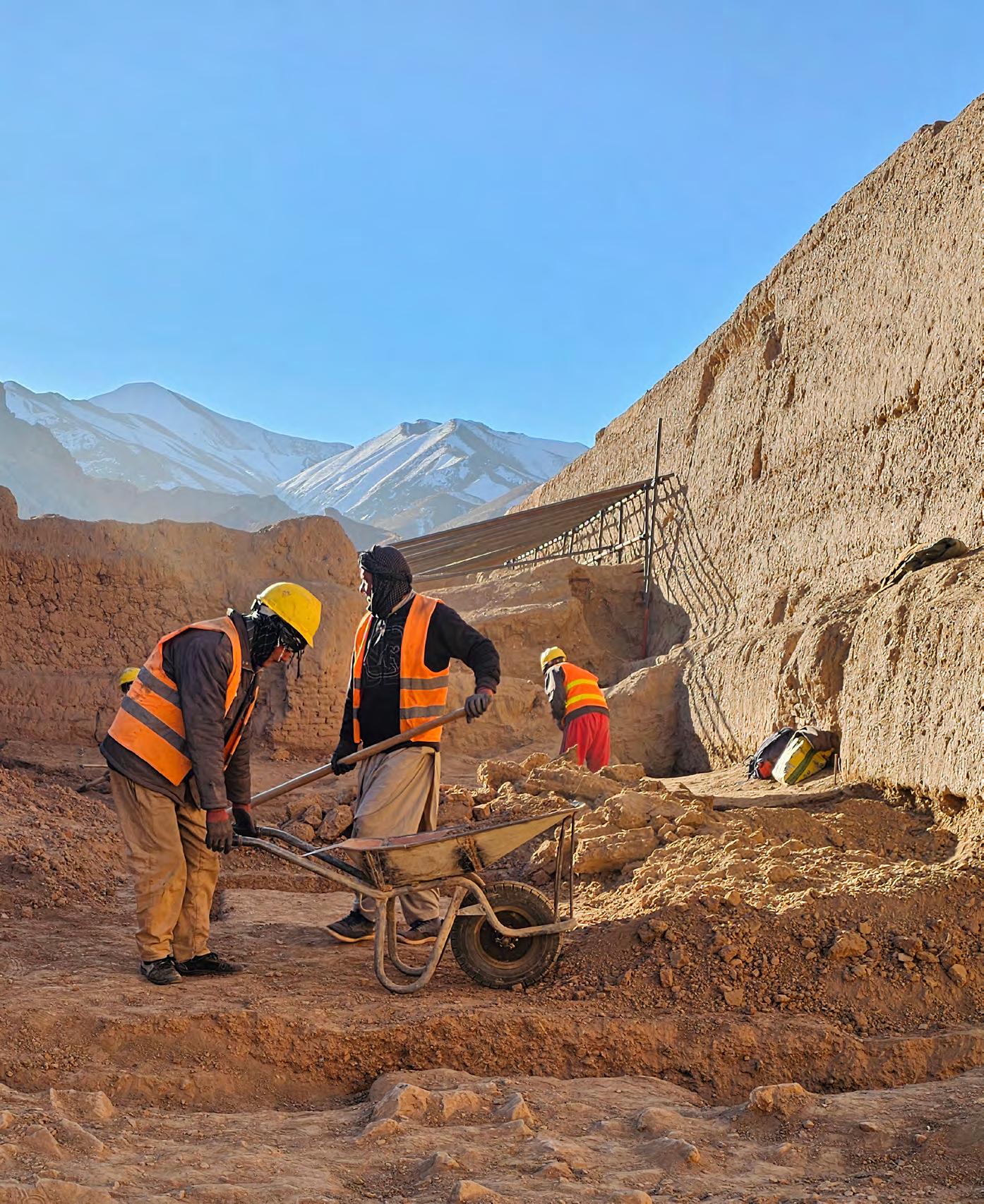
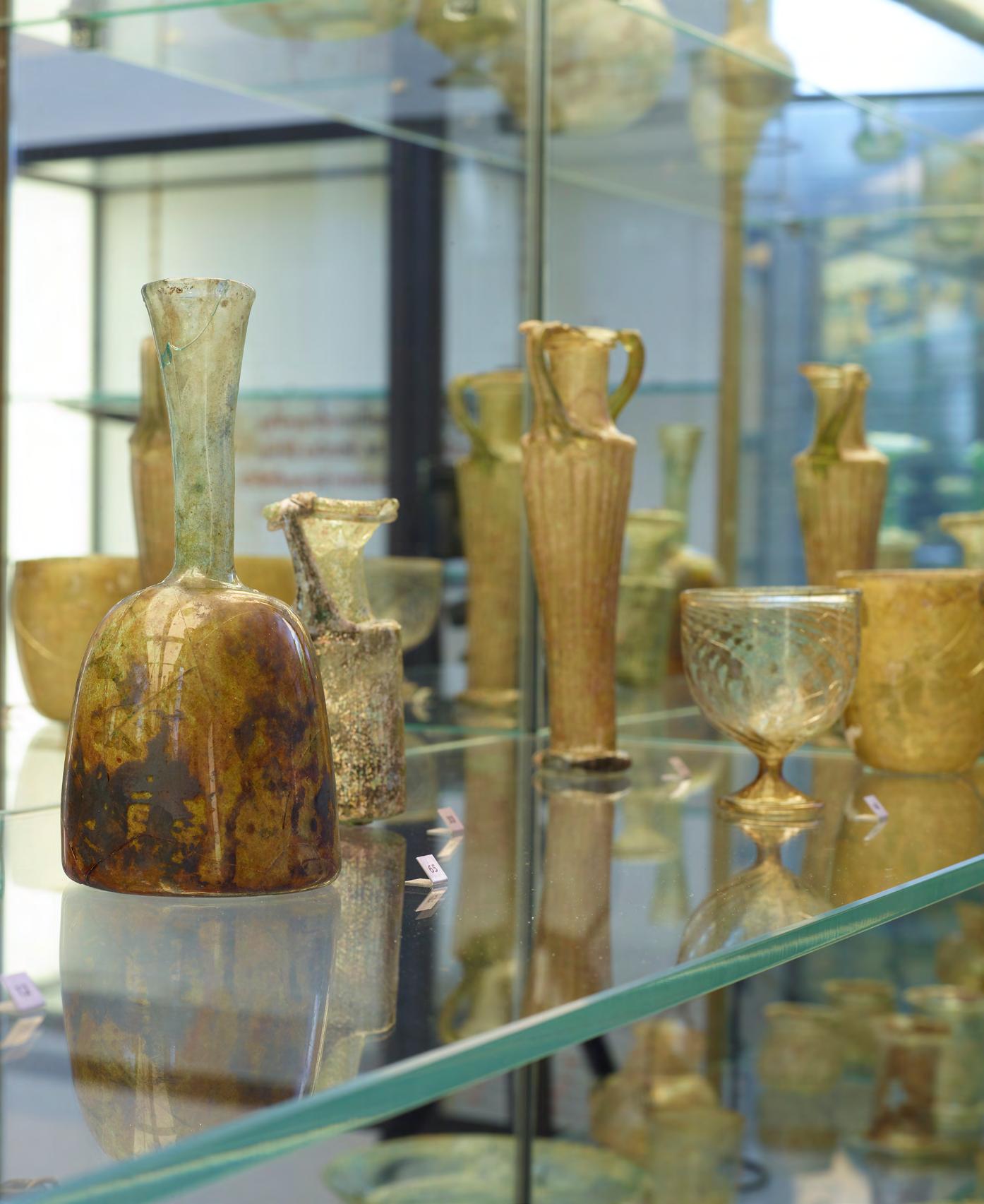
Safeguarding Memory in Times of Crisis: ALIPH’s
Impact at the American University of Beirut
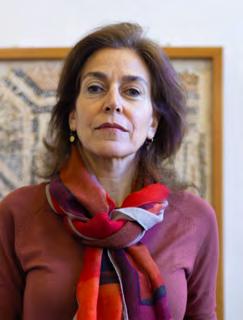
Dr. Nadine Panayot
Curator of the Archaeological Museum, American University of Beirut, Member of the ALIPH Scientific Committee
In the aftermath of the devastating Beirut blast of August 2020, ALIPH emerged as a key actor and first responder, enabling swift action to protect Lebanon’s cultural heritage. Among the earliest initiatives it supported was the emergency response led by the American University of Beirut (AUB) Archaeological Museum to secure its shattered archaeological glass collection—an irreplaceable assemblage damaged by the shockwave. With ALIPH’s rapid intervention, the museum was able to stabilize, document, and begin conserving these fragile testimonies of the past, reaffirming the importance of heritage even in the face of catastrophe.
Building on this momentum, ALIPH’s continued support has made it possible for the AUB Museum to take decisive, long-term steps toward risk preparedness. A recent and still ongoing measure
is the design and construction of a secure vault: a purpose-built bunker conceived as a last-resort shelter for the museum’s most representative collection. This “mini-museum,” housing more than 2,000 emblematic objects spanning millennia, stands as a material safeguard for the memory and mission of the AUB Archaeological Museum should another disaster strike.
Together, these actions reflect a model of heritage resistance, preservation, and resilience: immediate protection paired with long-term risk mitigation. Thanks to ALIPH’s vision and support, AUB has not only preserved cultural artifacts but also strengthened its capacity to protect the stories they carry. In a region where instability remains a constant threat, these efforts demonstrate the profound impact of ALIPH’s work on the ground.
Lebanon Interior of renovated Archaeological Museum, American University of Beirut (after the blast), May 2024
© American University of Beirut
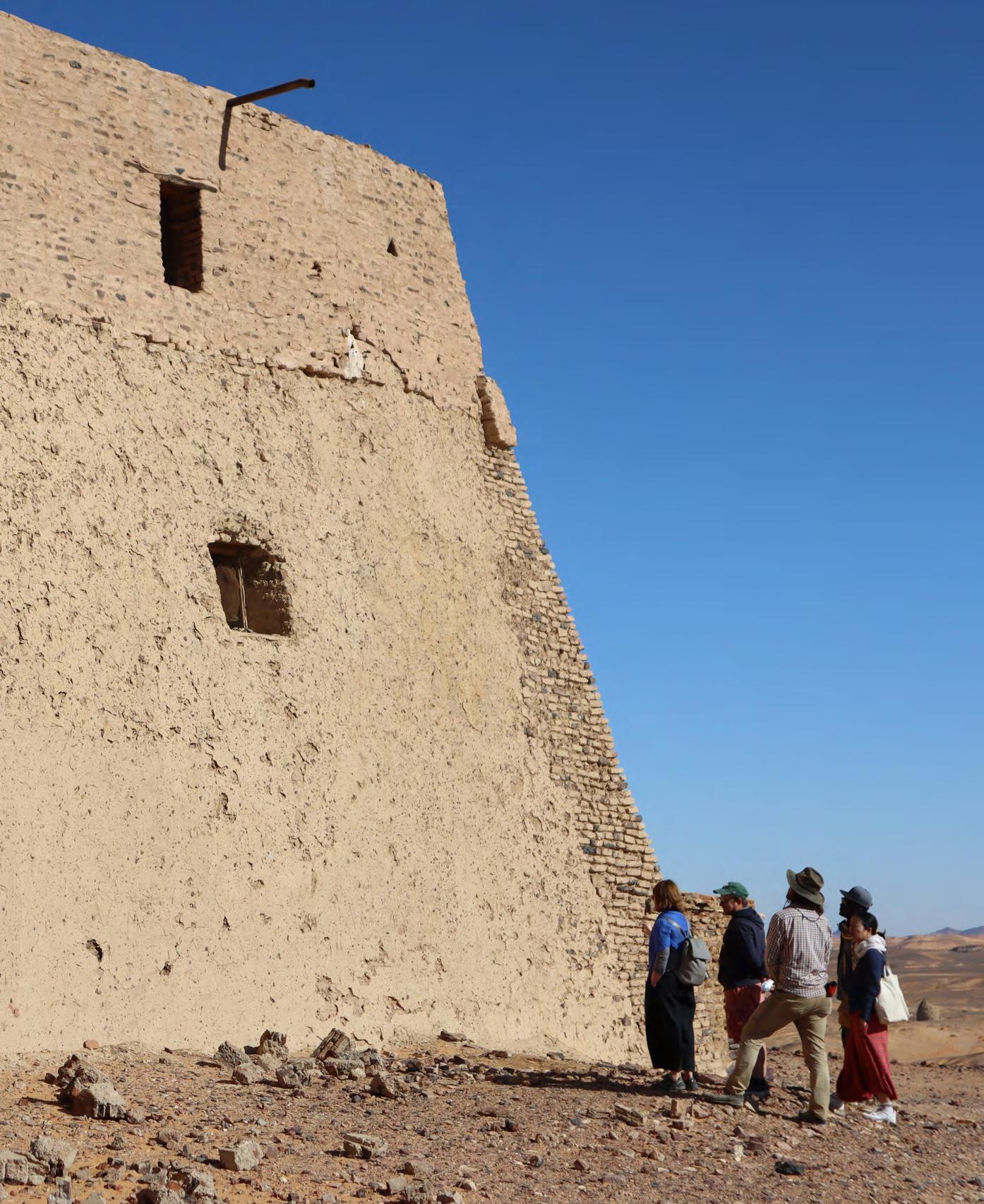
ALIPH: CULTURAL HERITAGE FIRST RESPONDERS
Ukraine Emergency Stabilization of the Odesa Fine Arts Museum
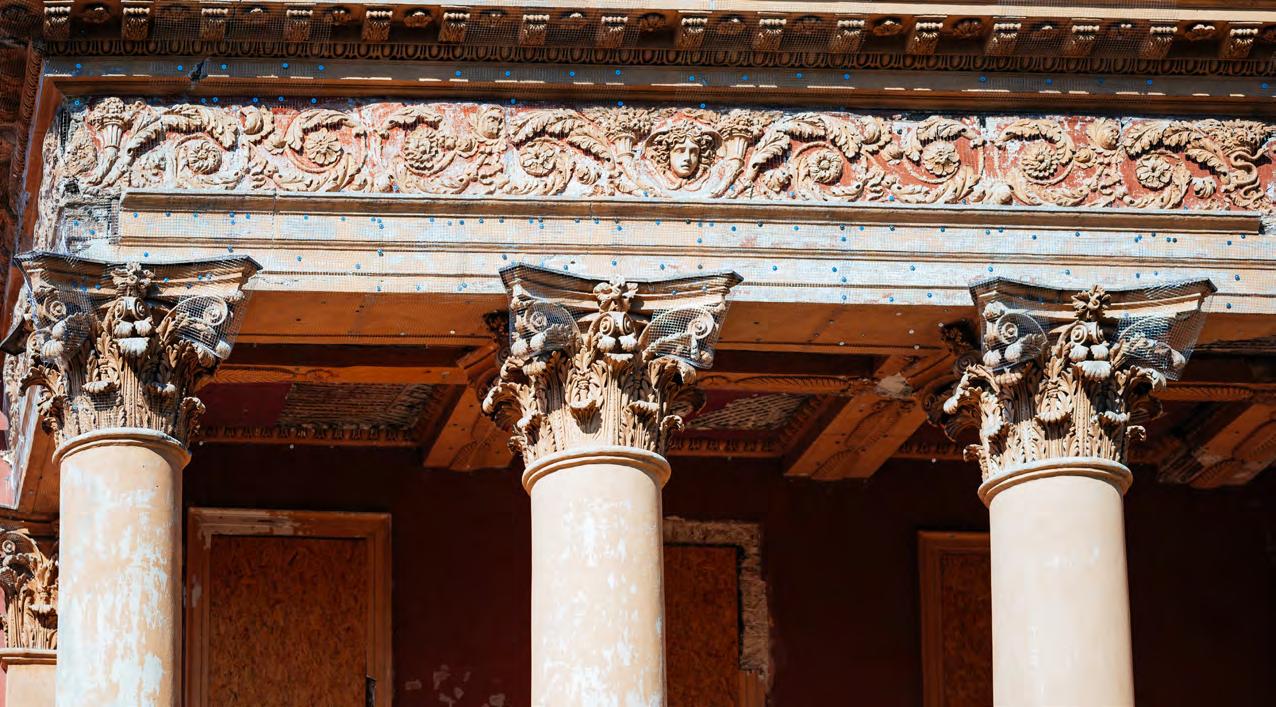
Since February 2022, ALIPH has stood steadfast alongside Ukrainian heritage professionals, delivering urgent and essential support amid the ongoing war.
In cooperation with local stakeholders such as the NGO Museum for Change and in partnership with local and national authorities, ALIPH has supported numerous emergency projects—including the stabilization of the Odesa Fine Arts Museum. Repeated damage from blast waves caused by missile strikes has threatened the stability of the 19th-century neoclassical building and its unique collections. As a cultural heritage first responder, ALIPH supplied critical materials to stabilize the building, reinforcing its resilience against future attacks and preparing it for eventual rehabilitation.
ALIPH IN UKRAINE 2022-2025
234 projects supported
212 projects completed
More than 500 organizations supported
368 museum collections, libraries and archives protected
Sudan
In addition, ALIPH provided materials to pack and evacuate the museum’s collection to safer locations within the country. Through grants totaling USD 260,000—allocated to securing the museum and its collections since the beginning of the war—ALIPH has played a pivotal role in preserving one of southern Ukraine’s most significant cultural institutions.
USD 7.8 million committed, thanks to the generous support of ALIPH’s public and private donors, the European Union, Getty, and Principality of Monaco
Ukraine
Stabilizing the Museum of Fine Arts in Odesa, June 2024
© Ivan Strakhov, Museum for Change
Revitalizing the oldest preserved Sudanese mosque at Old Dongola.
© ALIPH - Adonis ElHussein
Gaza
Providing Cultural Heritage First Response
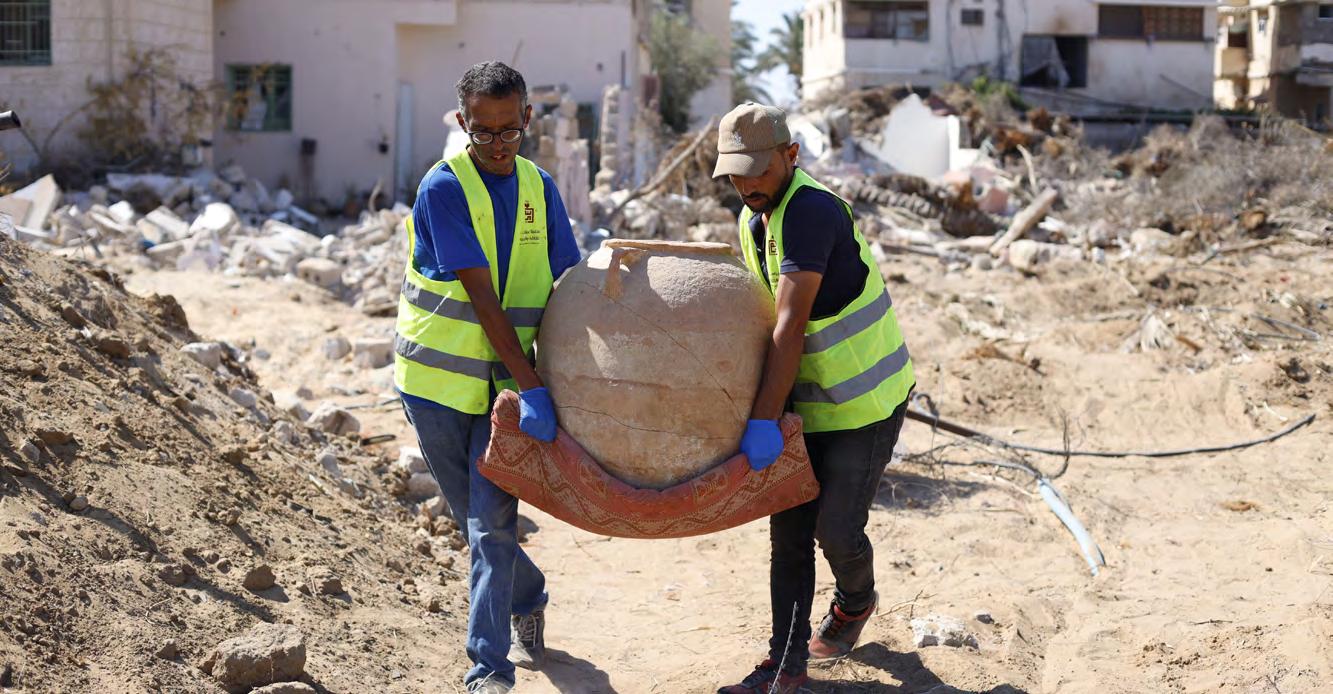
ALIPH has been supporting projects in Palestine—both Gaza and the West Bank—since 2020. In February 2024, ALIPH committed an initial envelope of USD 1 million for emergency measures to safeguard cultural heritage affected by the ongoing conflict in Gaza. As of May 2025, more than 20 projects totaling nearly USD 650,000 have been approved.
Among the critical measures underway are the evacuation of collections from seven museums or private collections, as well as emergency documentation, stabilization, and debris removal at four historical sites, three archaeological sites, and one religious building—including the Great Omari Mosque, the Al Pasha Palace, and Anthedon Port. Heritage professionals have also been trained in emergency response and first-aid measures for endangered cultural assets.
ALIPH’s projects in Gaza are being carried out in partnership with the Palestinian Ministry of Tourism and Antiquities and implemented by the Palestinian Museum, RIWAQ, Première Urgence Internationale, the Center for Cultural Heritage Preservation (CCHP), Mayasem Association for Arts and Culture, Iwan Center, and the Rafah Museum.
ALIPH IN PALESTINE 2020-2025
22 projects supported
11 projects completed
USD 3.2 million committed
More than 6 local organizations supported
1 emergency measures envelope adopted in February 2024
Gaza
Evacuation of artifacts from the Al Qarara Museum, August 2024, © Mayasem Association for Culture and Arts
ALIPH
Sudan
Protecting a Rich Heritage in the Face of Conflict and Climate Change
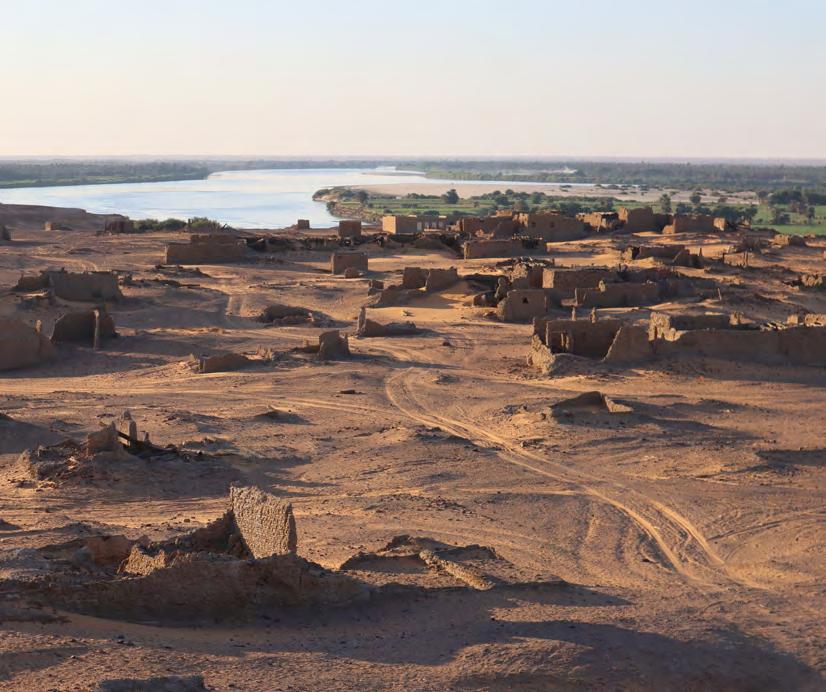
ALIPH has been contributing to the protection of Sudan’s cultural heritage, most recently endangered by the ongoing civil war. In 2024 and into 2025, ALIPH supported the National Corporation for Antiquities and Museums (NCAM) in conducting rapid damage assessments at the National Museum in Khartoum and the Gazira Museum in Wad Madani; carrying out emergency documentation at the Kerma Museum to safeguard its collections from potential looting and illegal export; and establishing a Preparedness Centre to support future emergency responses. At the same time, ALIPH is funding a project led by UNESCO to assess the impact of the current conflict on Sudan’s intangible heritage.
The Foundation has also supported Sudanese heritage professionals, including a senior curator at the National Museum of Khartoum, in developing a database for the preservation of Sudan’s archaeological archives and collections. In addition, ALIPH is assisting Sudanese
ALIPH IN SUDAN 2019-2025
18 projects supported
8 projects completed
USD 4.3 million committed
20,000 documents digitized
170 local professionals trained in digitization techniques
70 NCAM local staff and guards supported, including those working at the World Heritage sites of the Island of Meroe, as well as Gebel Barkal and the Sites of the Napatan Region
Contributed to the construction of a storeroom for the National Museum in Khartoum and to the rehabilitation of 3 community museums across the country
professionals to update and integrate archaeological data into Geographic Information Systems (GIS); assess damage to sites and museums; produce conflict-related maps; and engage local communities in the monitoring and protection of cultural heritage.
Meanwhile, ALIPH continues to advance long-term projects, including the digitization of documentary heritage, the creation of online databases, and conservation work at the Royal City of Meroe and the mosque at Old Dongola. This work is carried out in partnership with the National Corporation for Antiquities and Museums of Sudan (NCAM), the Musée du Louvre, the Section française de la Direction des Antiquités du Soudan (SFDAS), the Polish Centre for Mediterranean Archaeology at the University of Warsaw (PCMA-UW), the Institut national français d’histoire de l’art (INHA), the SwissFrench-Sudanese archaeological mission of Kerma–Dukki Gel, and UNESCO.
Sudan
Old Dongola, January 2023
© ALIPH – Adonis ElHussein
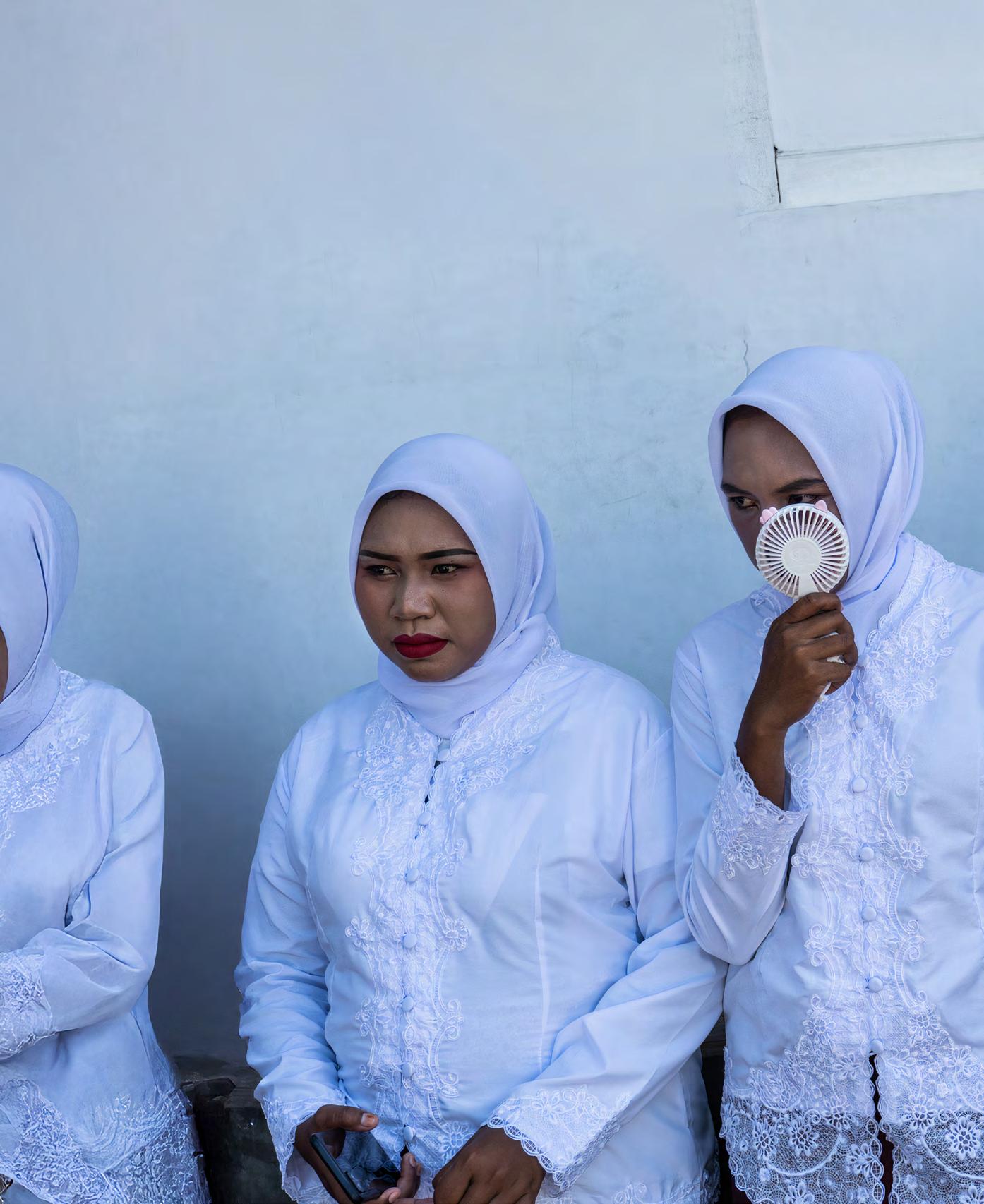
FOCUS ON SOME COMPLETED PROJECTS IN 2024
Indonesia Workshop at the Gallery Kaitetu and Wapauwe mosque, Ambon Island, November 2023
© EFEO, Agung Parameswara
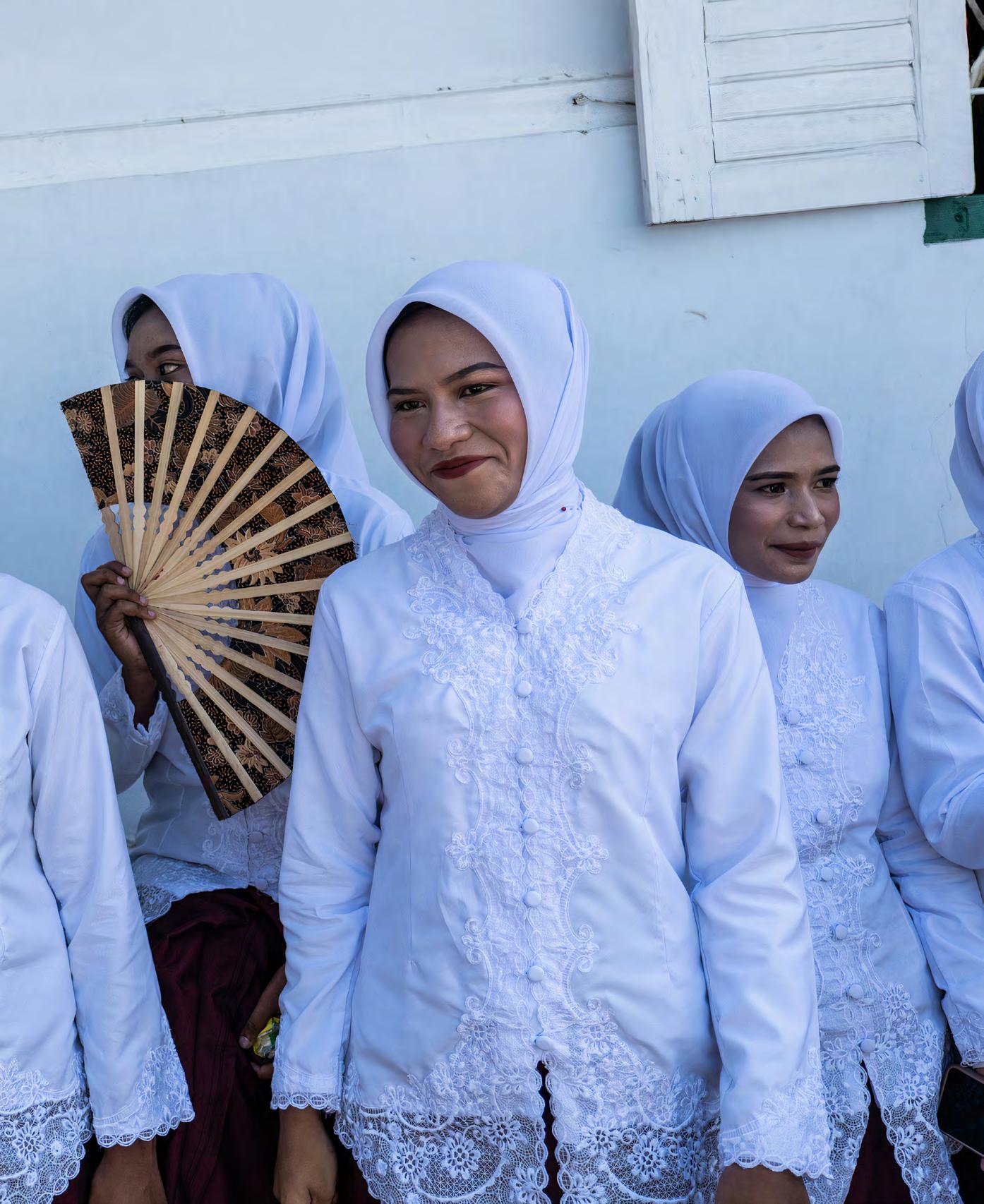
Built or movable heritage, manuscripts, oral traditions, sacred sites, bridges—even boats! In 2024, ALIPH’s partners completed projects to protect heritage in all its forms, across nine countries and three continents. In the following pages, travel from Afghanistan to Mali, from Cambodia to Iraq, and discover images from fifteen remarkable projects completed over the past year. We extend our heartfelt thanks to all our partners for their perseverance, professionalism, and unwavering commitment to protecting cultural heritage in some of the world’s most challenging environments.
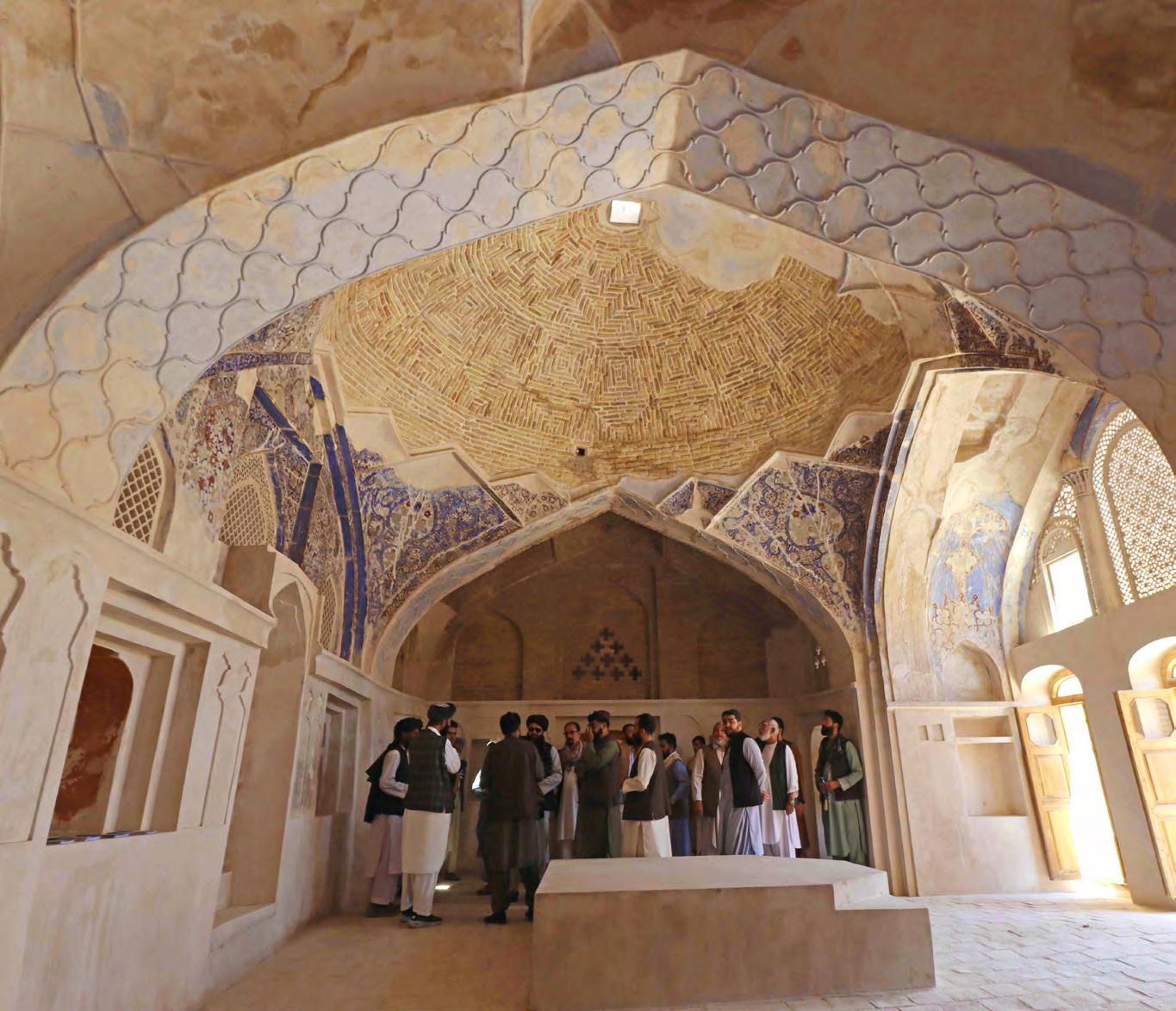
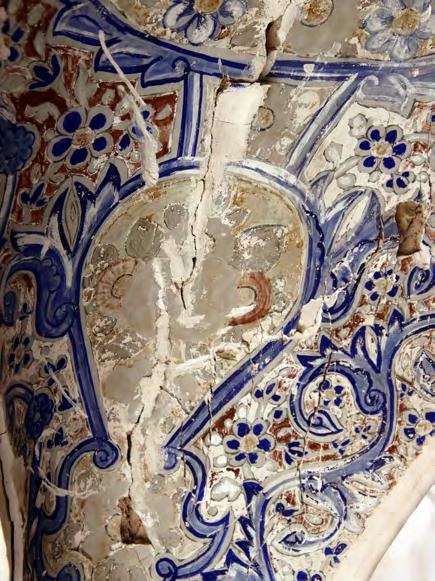

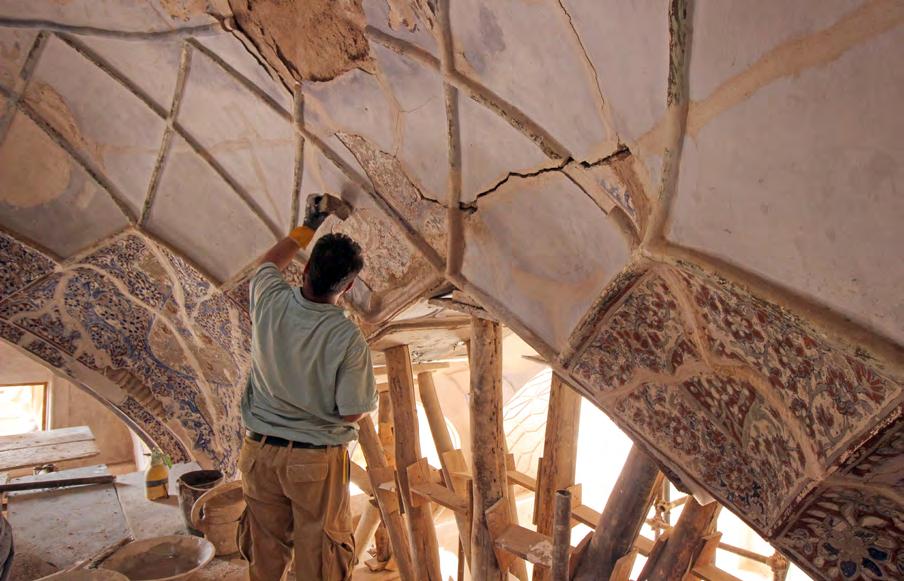
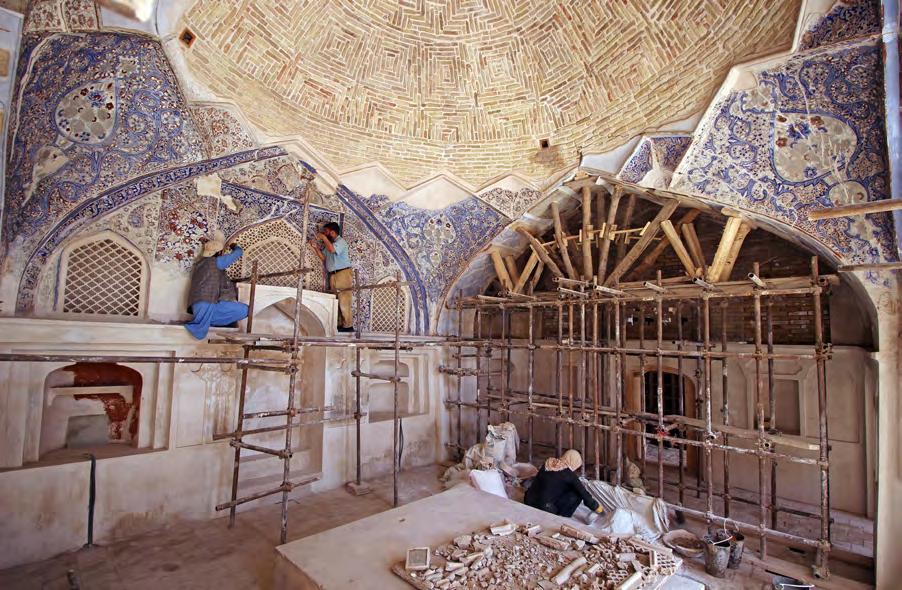
Conserving the Yu Aw Synagogue in the Old City of Herat, Afghanistan
Operator: Afghan Cultural Heritage Consulting Organisation (ACHCO)
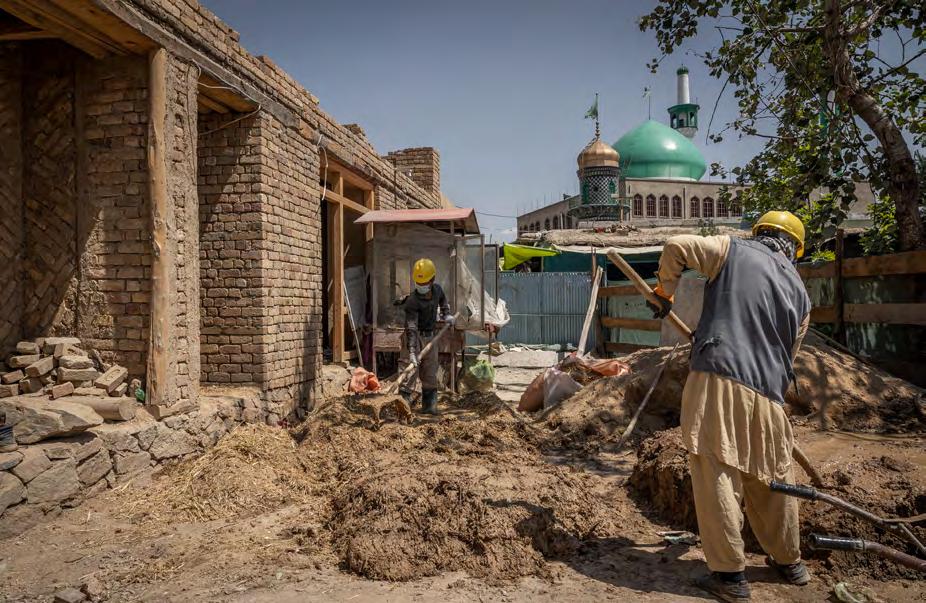
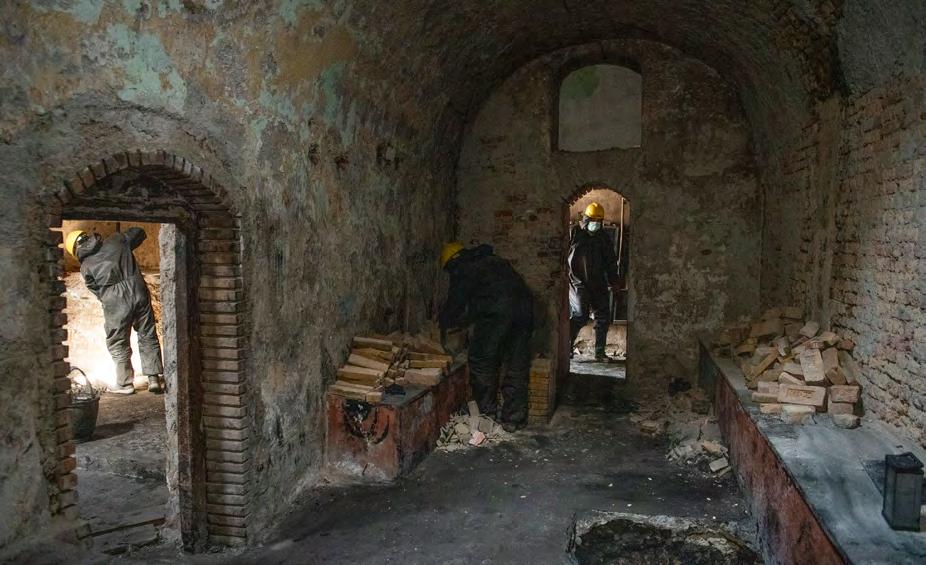

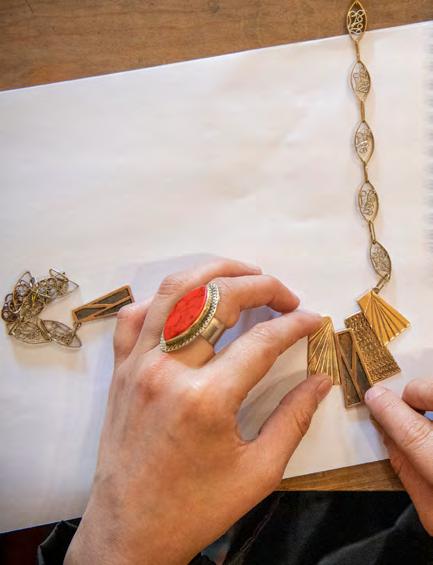

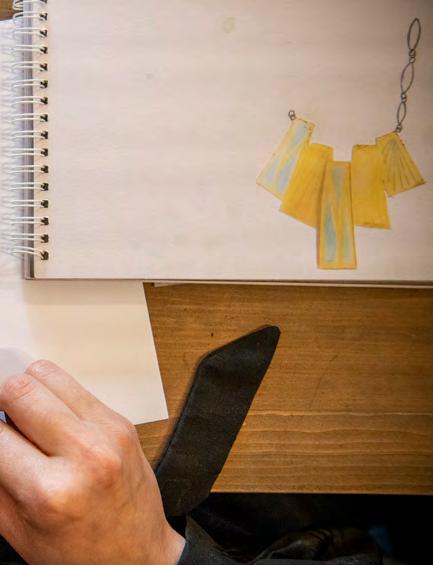
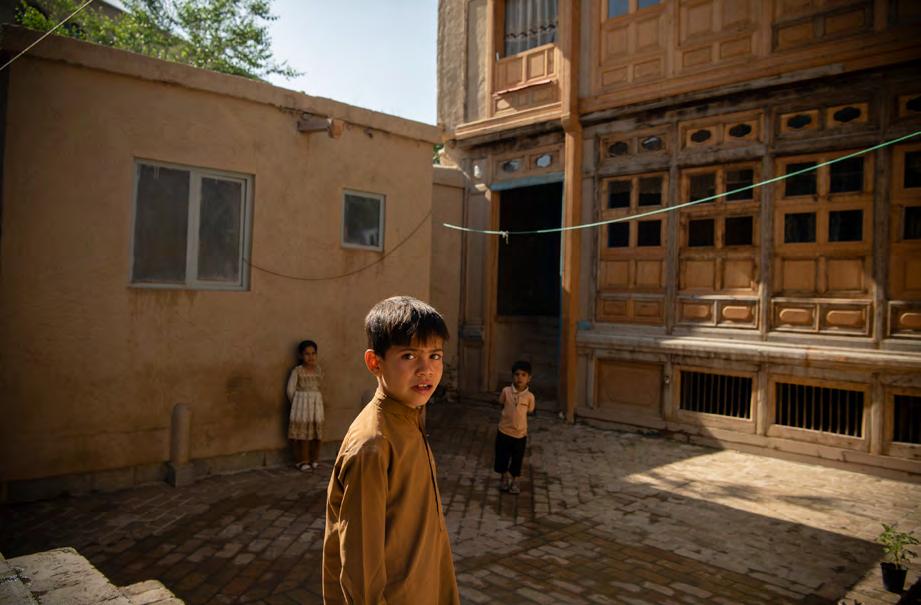
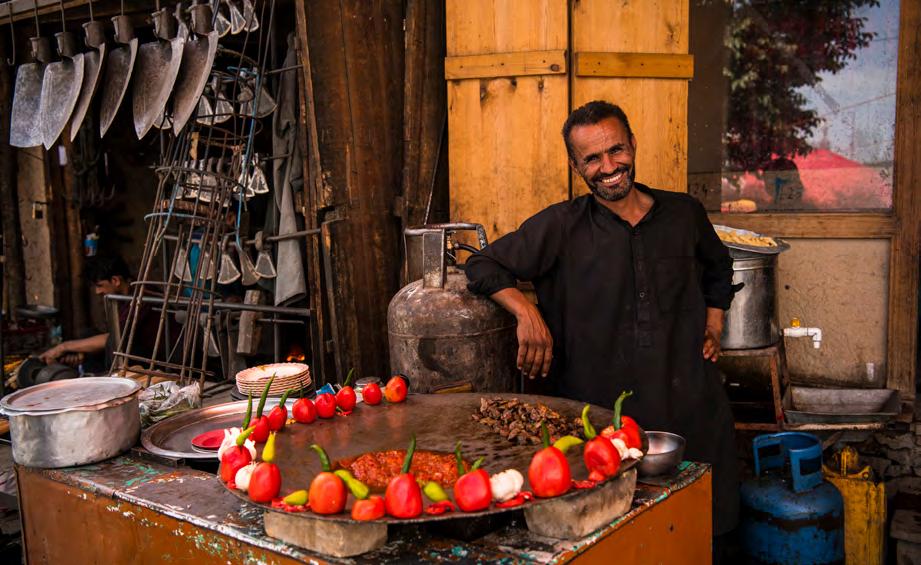
Restoring Four Emblematic Buildings in the Historic Neighbourhood of Murad Khani in Kabul, Afghanistan
Operator: Turquoise Mountain
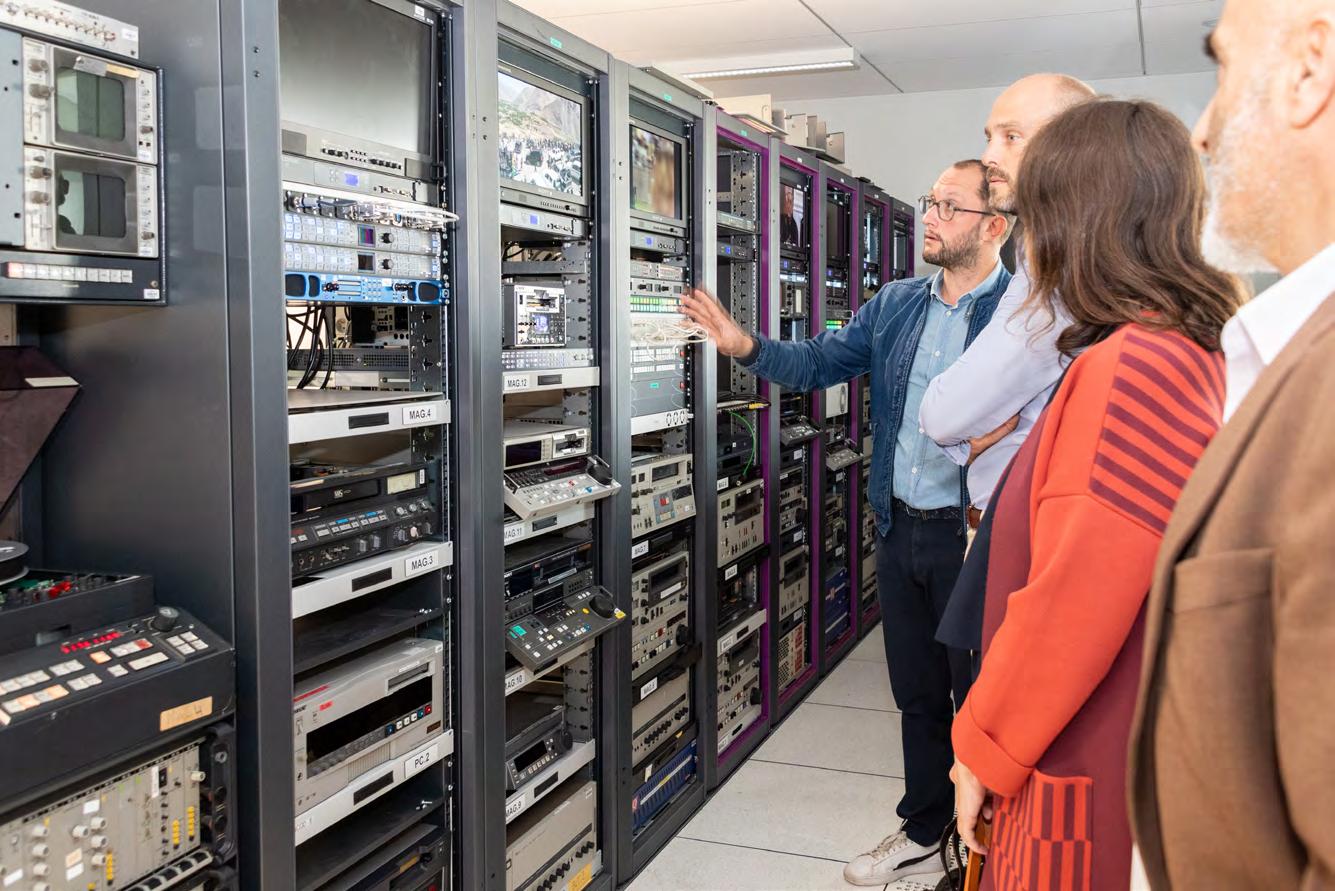
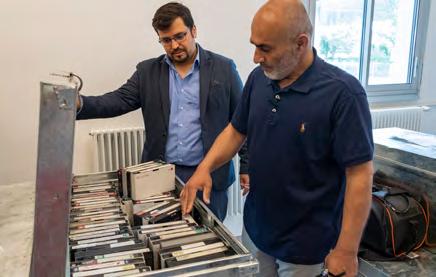
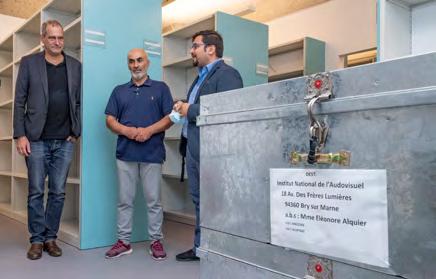
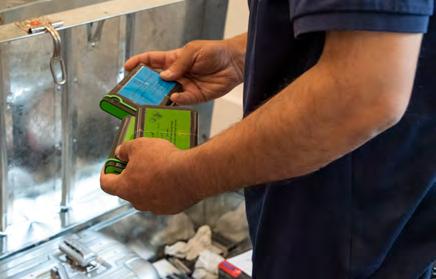
Preserving Afghan Memory through the Conservation of Audio-visual Heritage, Afghanistan/France
Operators: Institut National de l’Audiovisuel (INA), in collaboration with Yousuf Jan Nesar
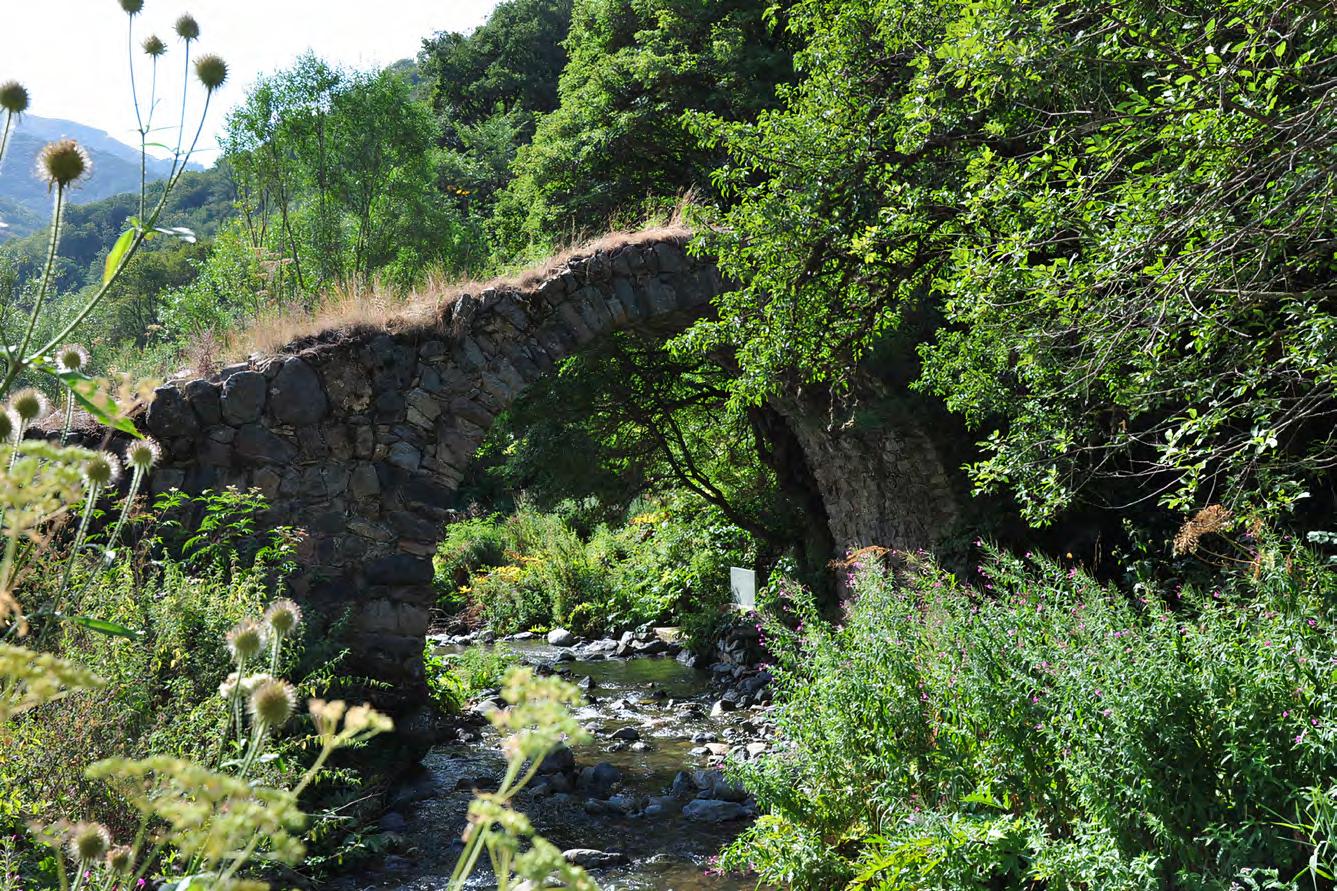
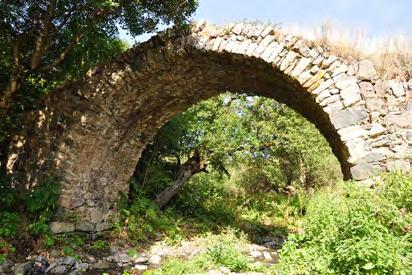
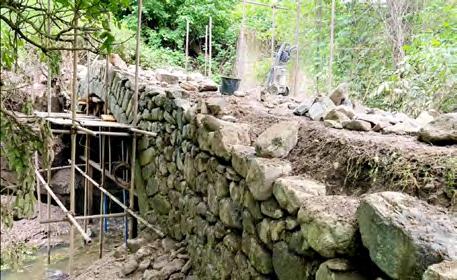
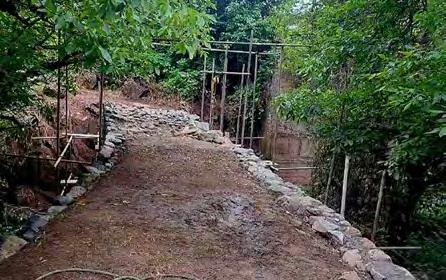
Stabilizing the Shikahogh Bridge, Armenia
Operators: La Guilde Européenne du Raid and Terre et Culture
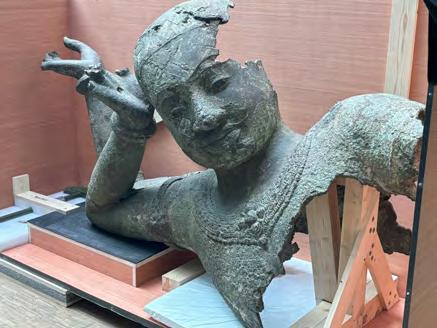
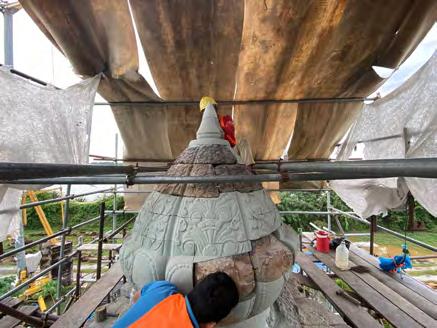
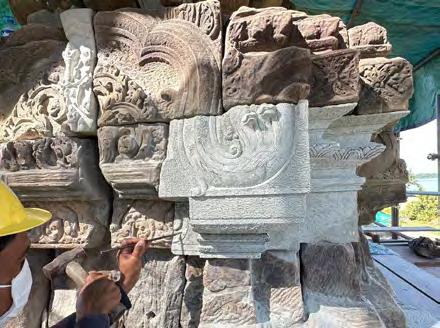
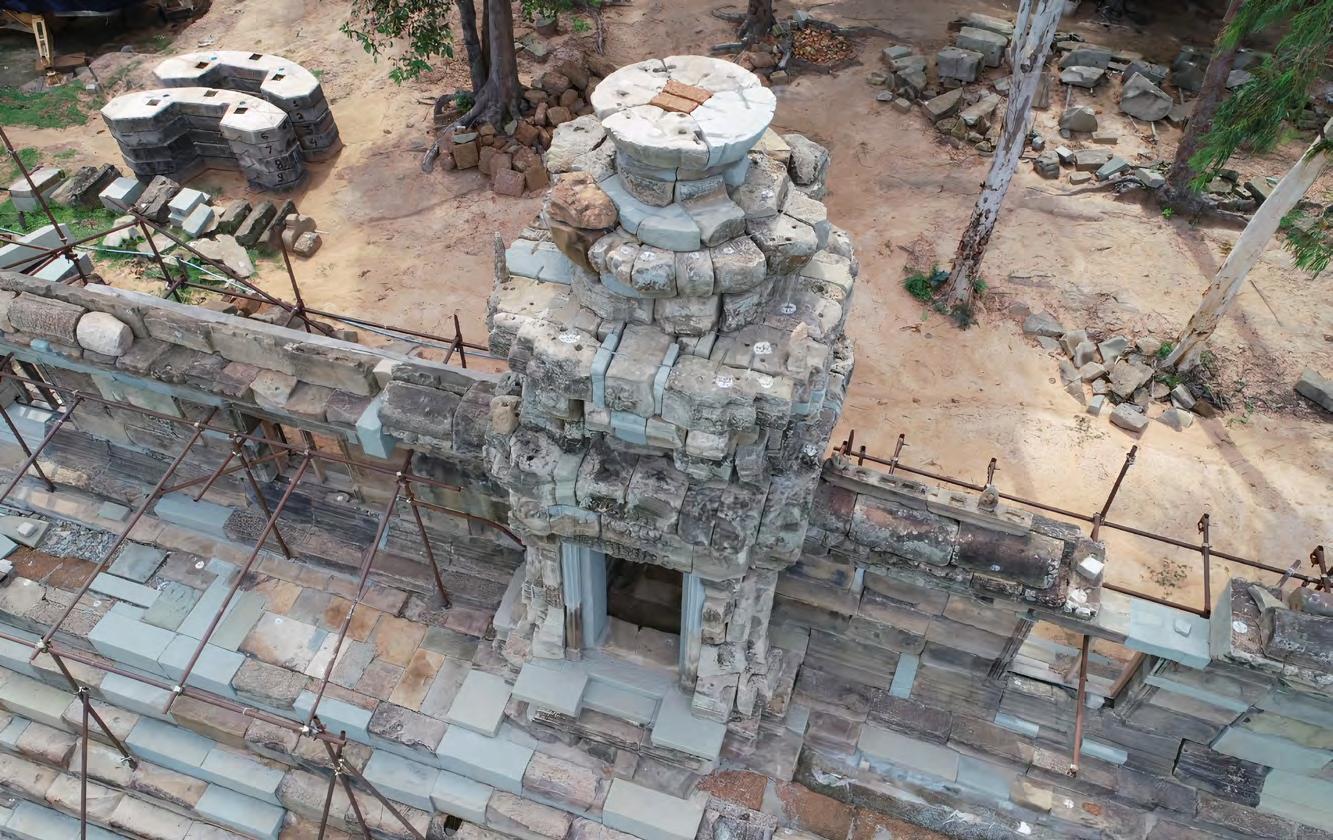
Restoring the Sculpture of Vishnu from the Mebon Temple, Cambodia
Operators: The French Institute of Cambodia, in partnership with the National Museum of Cambodia, the Ministry of Fine Arts and Culture of Cambodia, the Ecole française d’ExtrêmeOrient (EFEO), the Center for Research and Restoration of the Museums of France (C2RFM), and the Guimet Museum
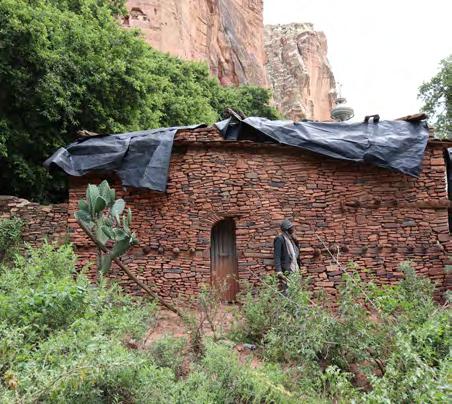
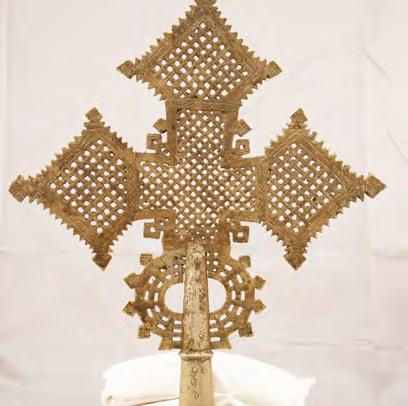
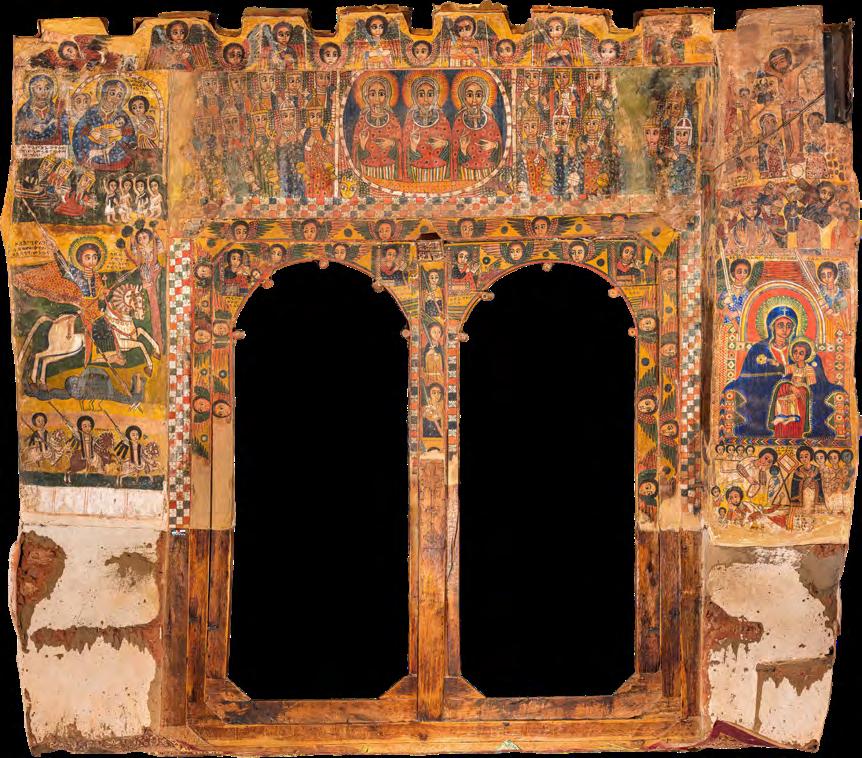
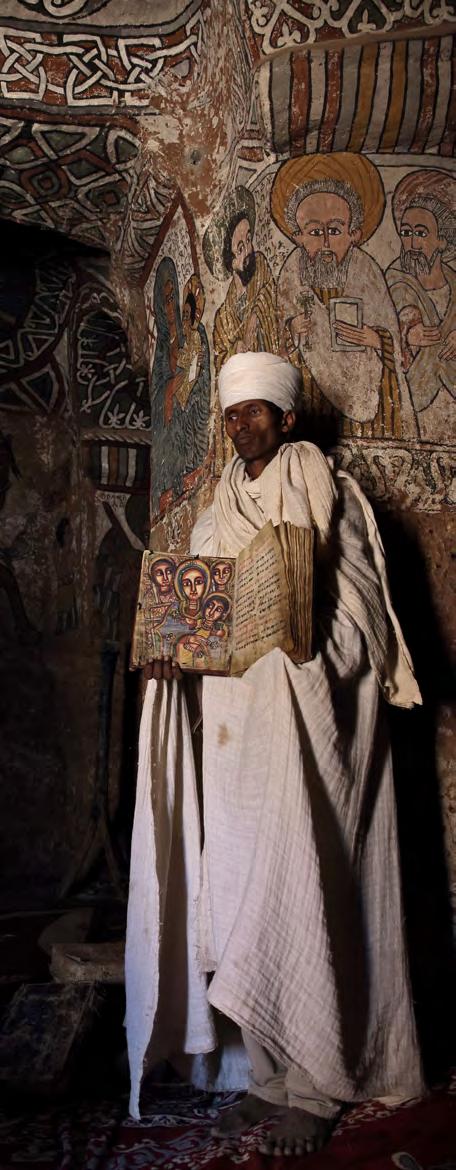
Restoring Religious Heritage in Eastern Tigray, Ethiopia
Operators: Simon Fraser University, in partnership with the Tigray Culture and Tourism Bureau and the Tigrayan Orthodox Church
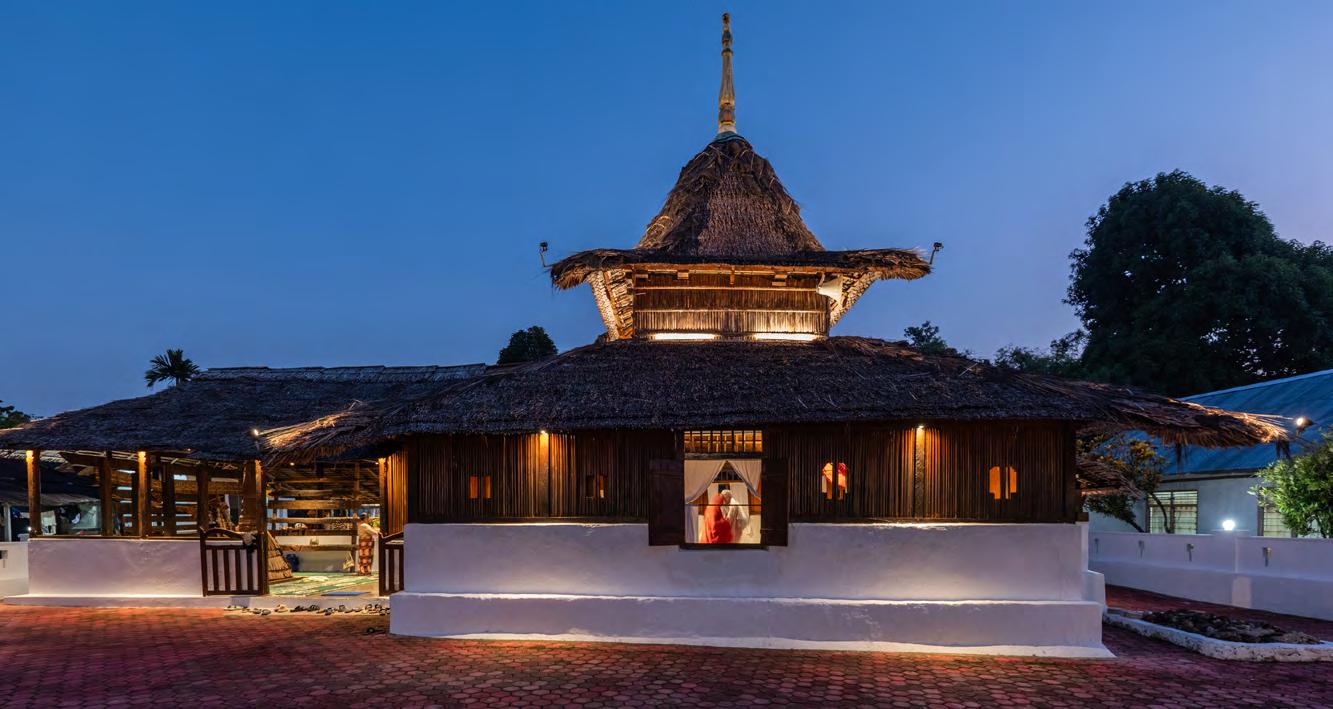
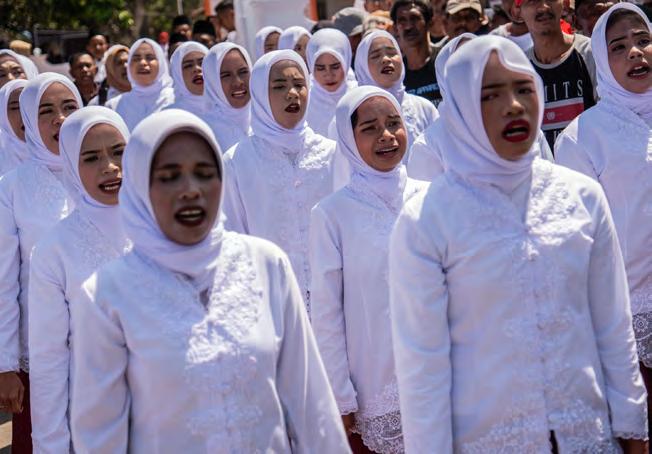
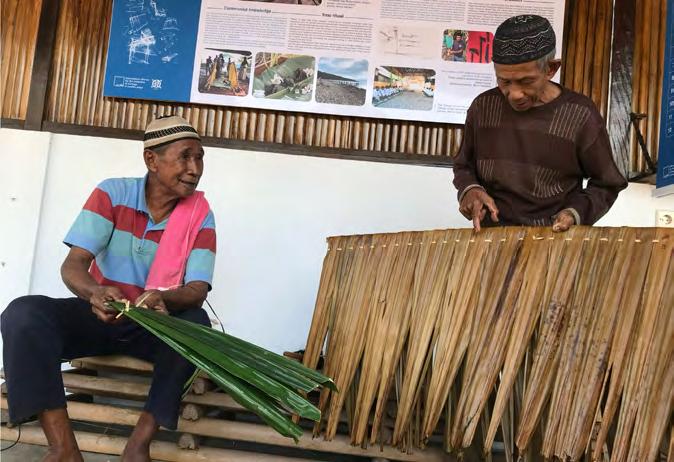
Preserving the Oldest Islamic Heritage
Structures
on the Spice Route: Traditional Mosque of Maluku, Indonesia
Operators: Ecole française d’Extrême-Orient (EFEO), in partnership with the Maritime Asia Heritage Survey and the Ambon Cultural Conservation Bureau
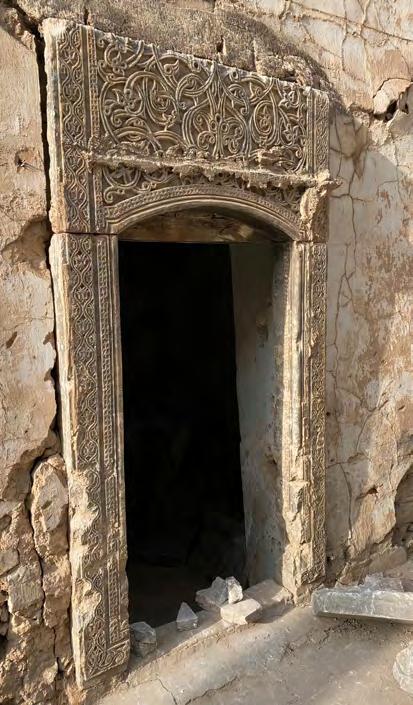
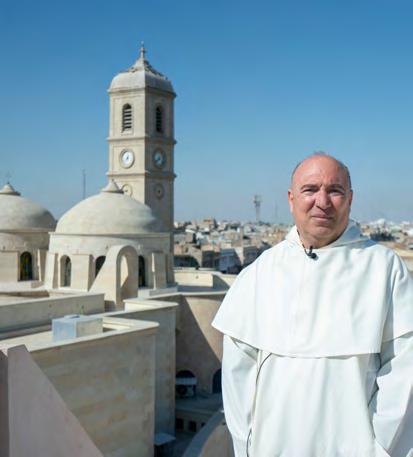
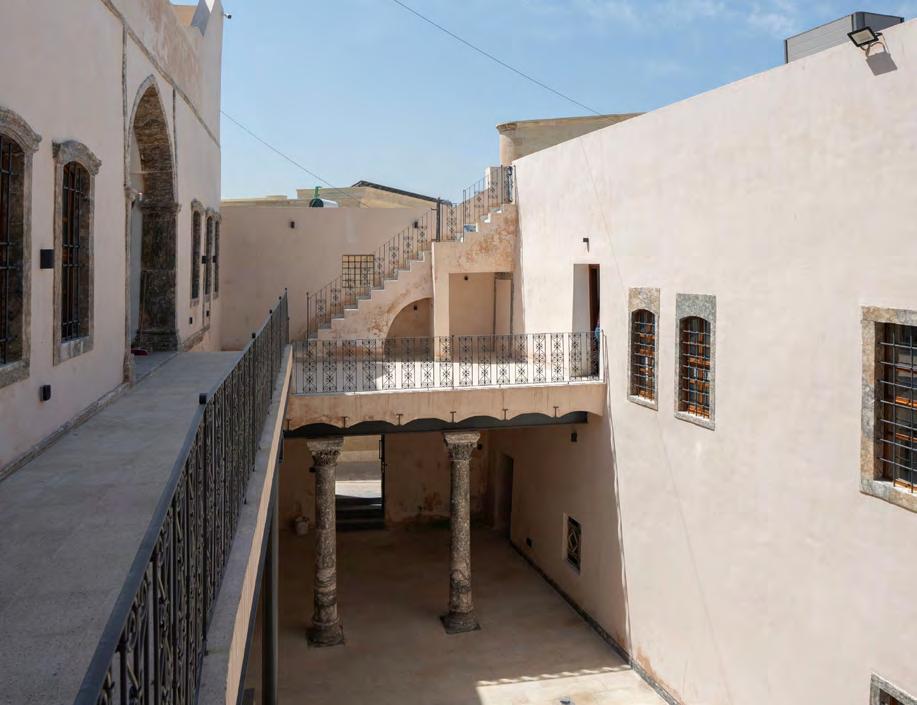
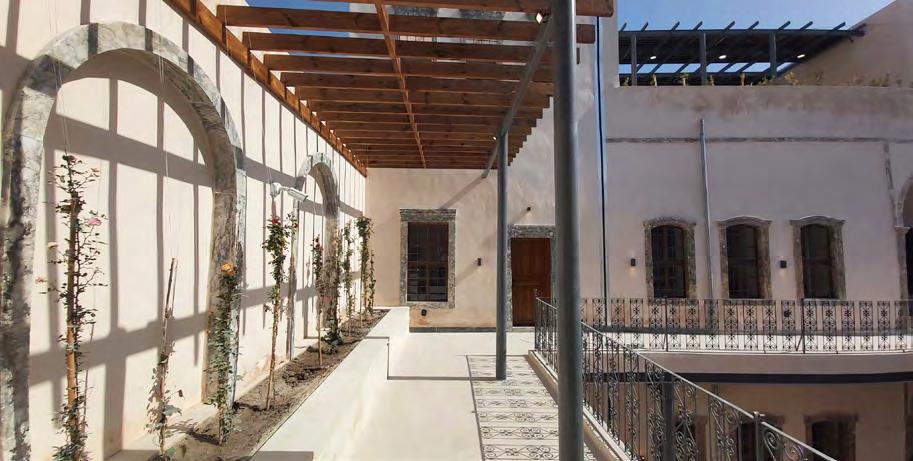
Restoring and Rehabilitating the House of Prayer in the Conventual Church of Our Lady of the Hour (Al-Saa’a Church), Mosul, Iraq
Operators: UNESCO, in collaboration with the Dominican Order and the Iraqi State Board of Antiquities and Heritage (SBAH)
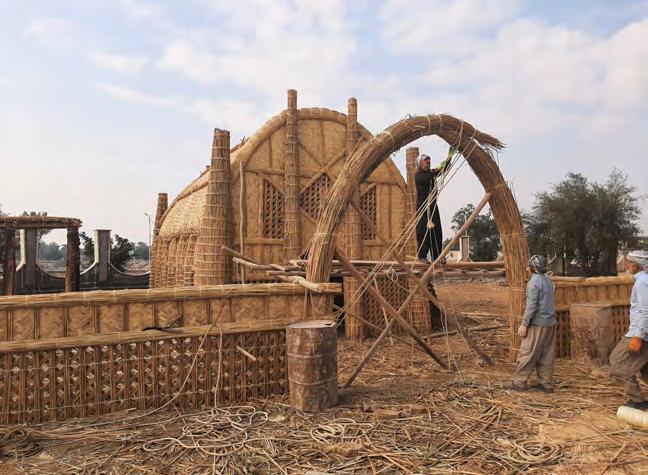
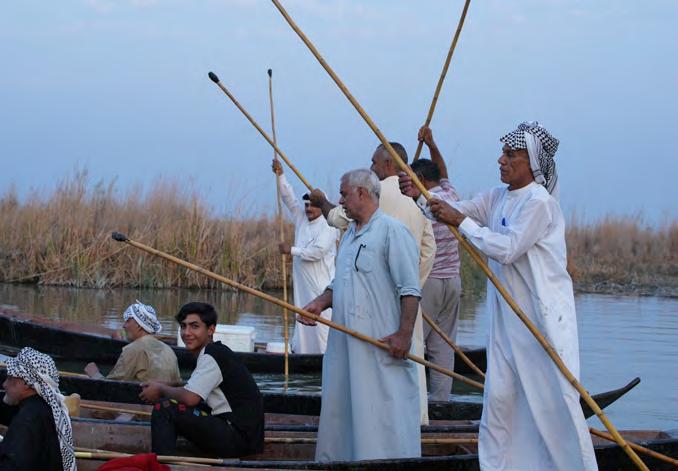
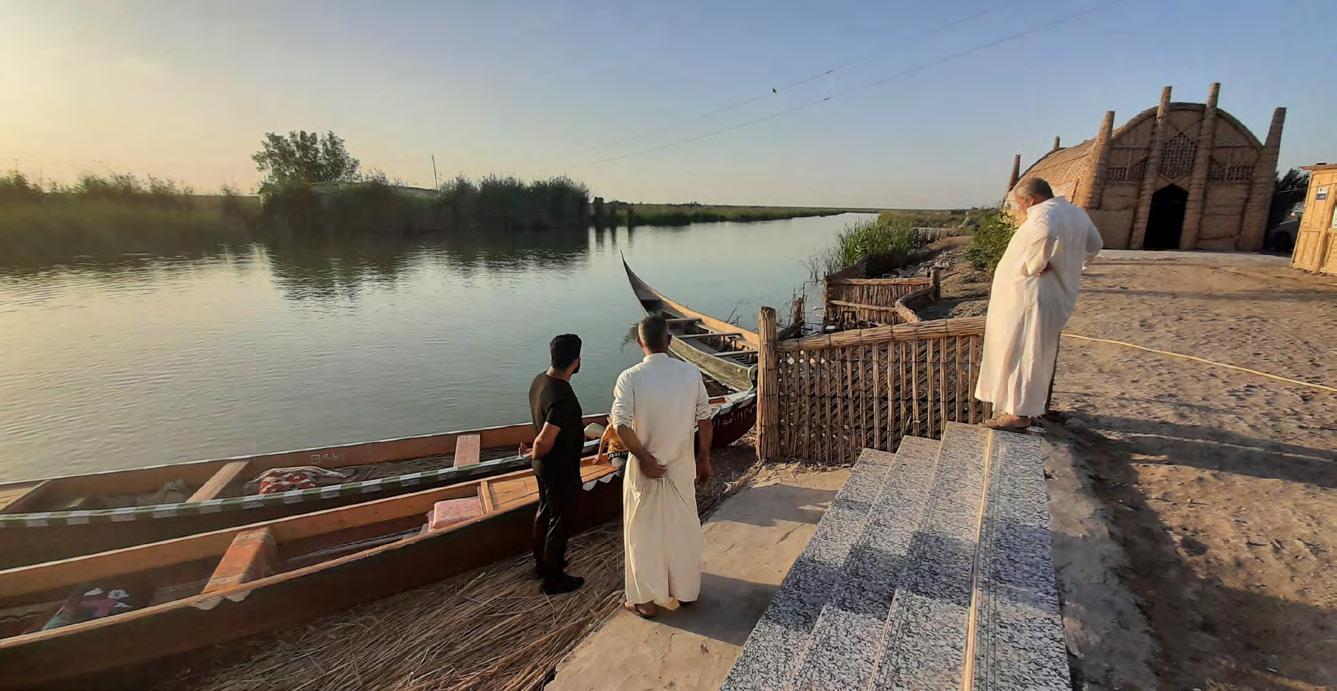
The Ark Re-imagined: Revitalizating the Watercraft Heritage along the Tigris-Euphrates Watershed, Iraq
Operator: Safina Projects CIC
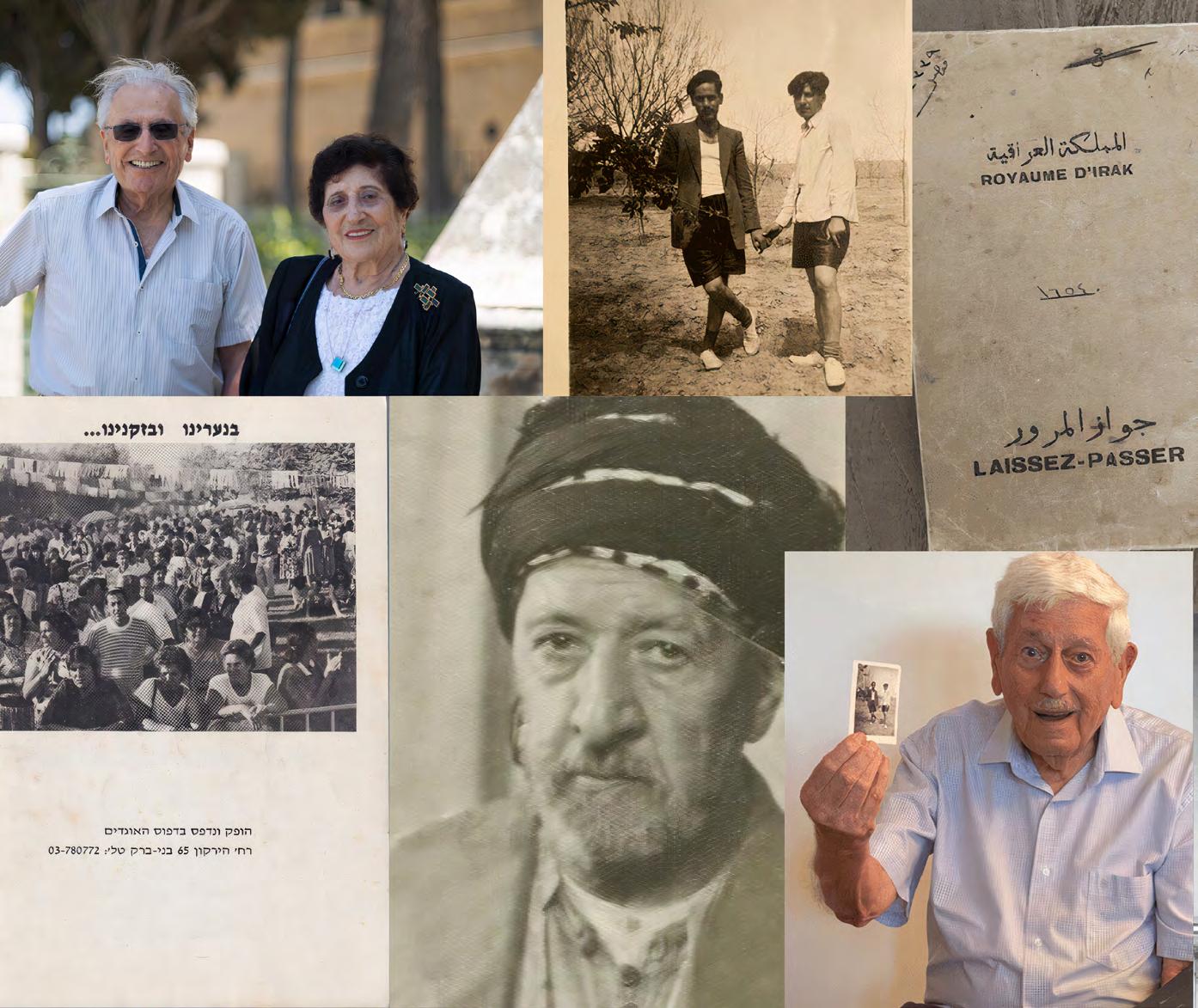
Documenting Testimonies on the Jewish Community of Mosul, Iraq
Operators: Labex Pasts in the Present and the University of Paris Nanterre
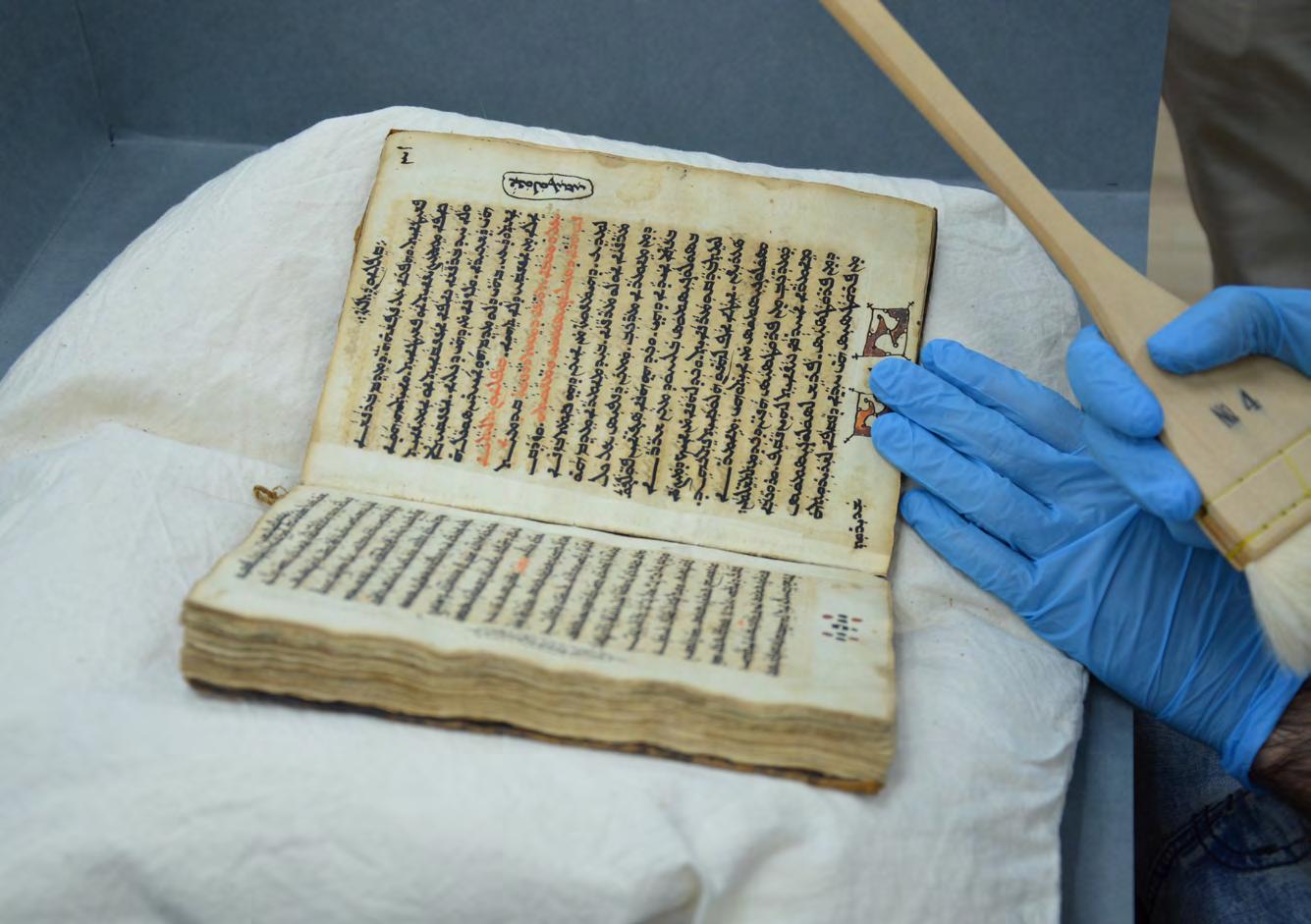
Restoring, Digitizing, and Disseminating Documentary Heritage, Iraq
Operator: Bibliothèque nationale de France (BnF)
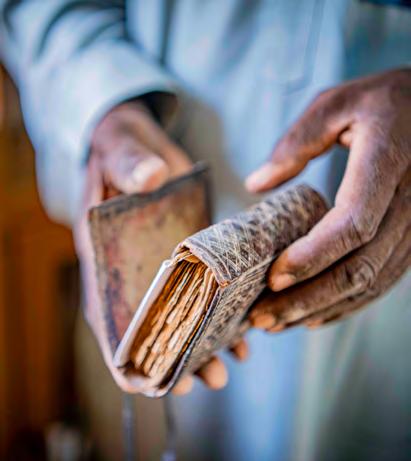
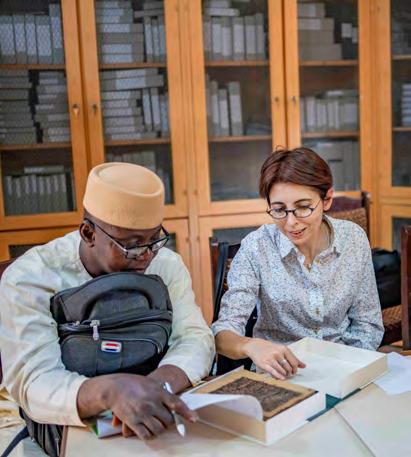
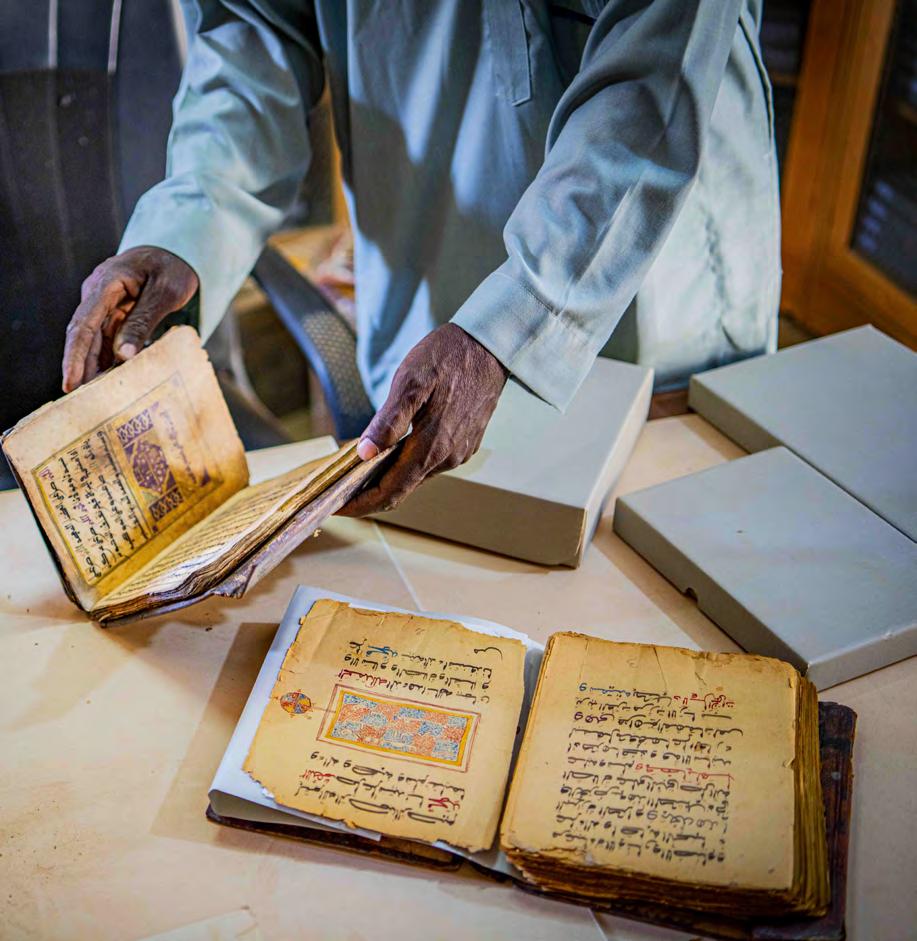
Archives of Knowledge: Documentary Heritage in Djenné, Mali
Operator: AMALIA - Archivi, Manoscritti e Libri Antichi
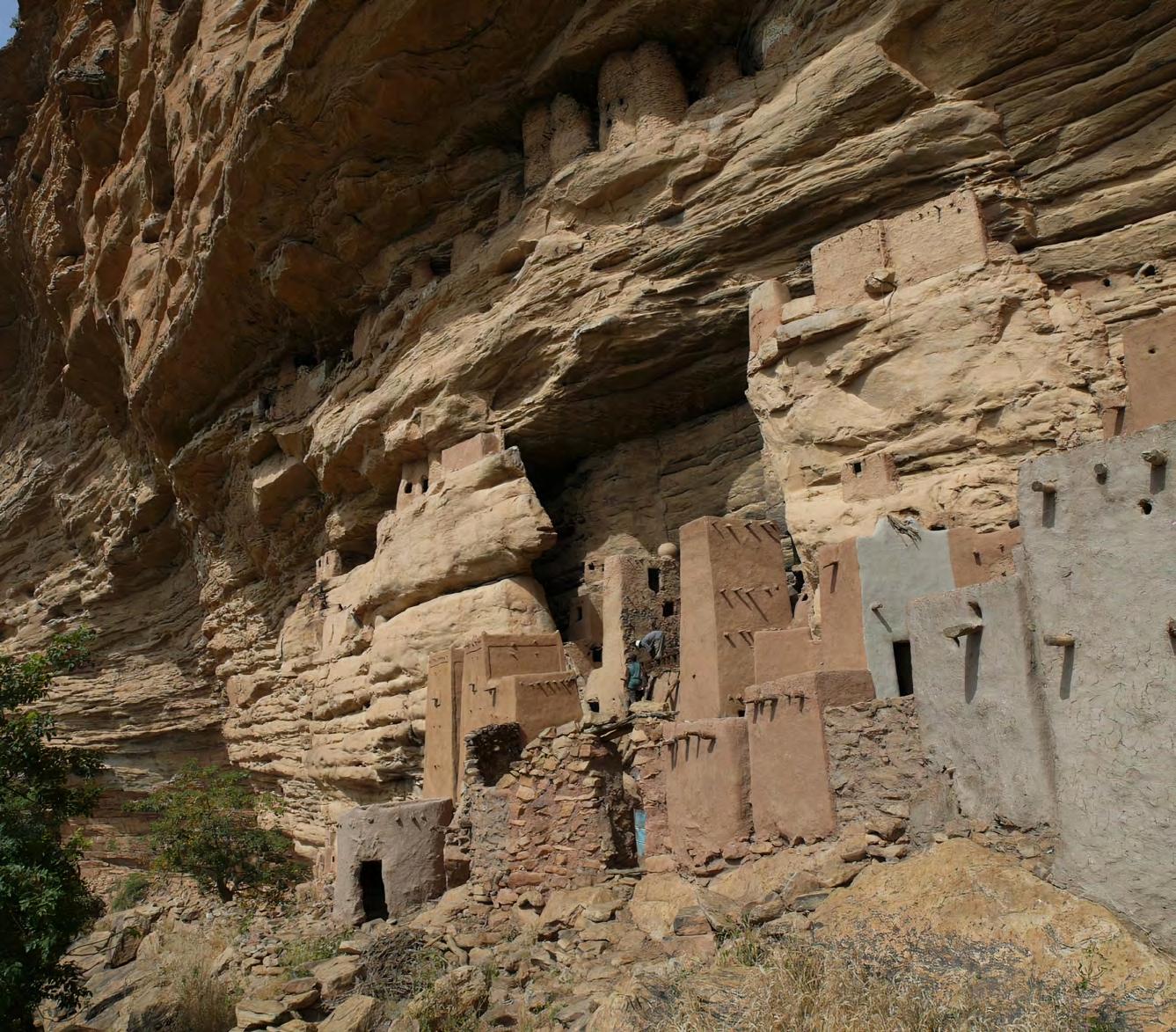
Reconstructing and
Rehabilitating
the Built Heritage of Bandiagara,
Mali Operator: UNESCO, in collaboration with the Malian Ministry of Culture and Mission culturelle de Bandiagara
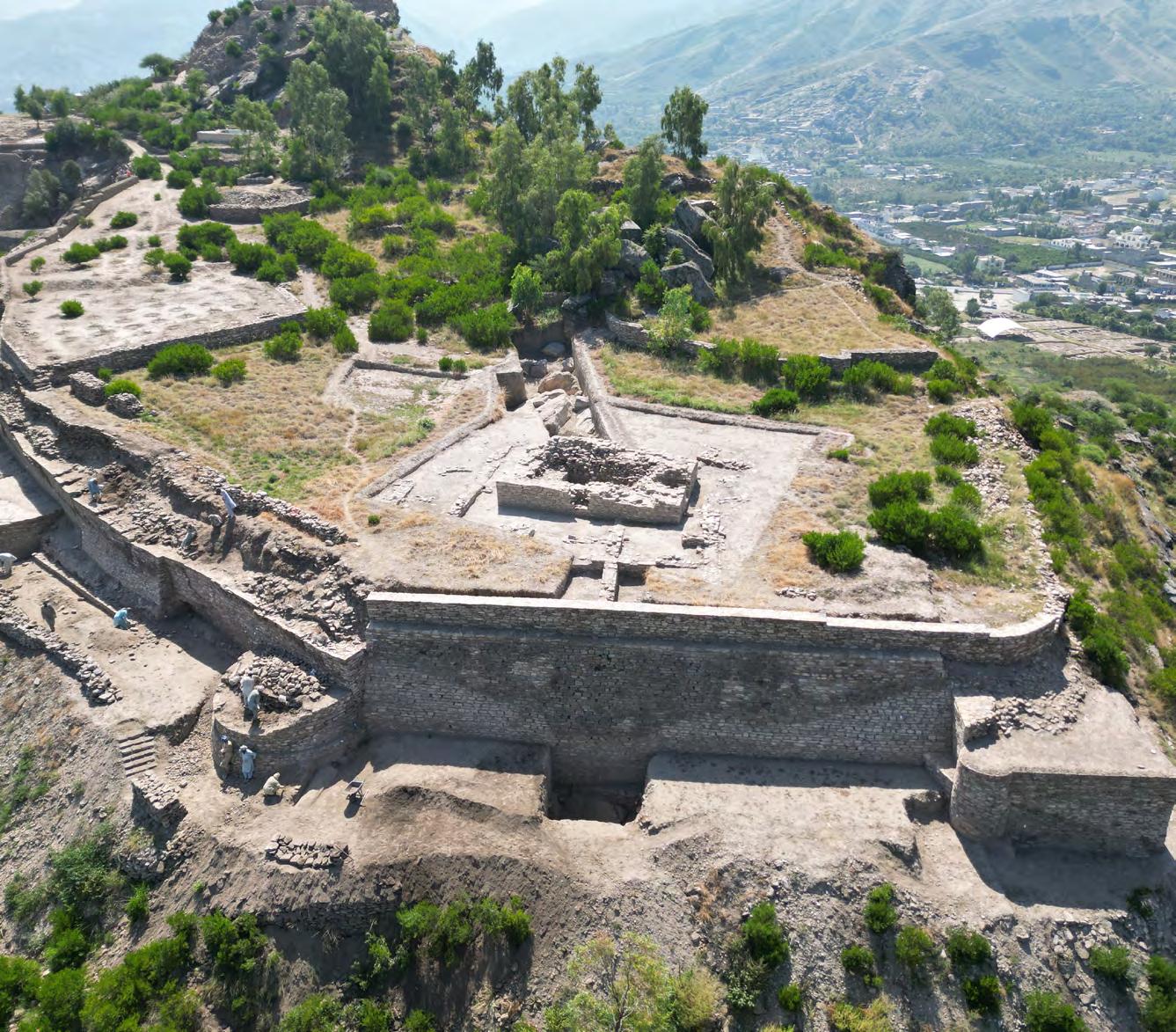
Saving Bazira, Pakistan
Operator: Associazione Internazionale di Studi sul Mediterraneo e l’Oriente (ISMEO)
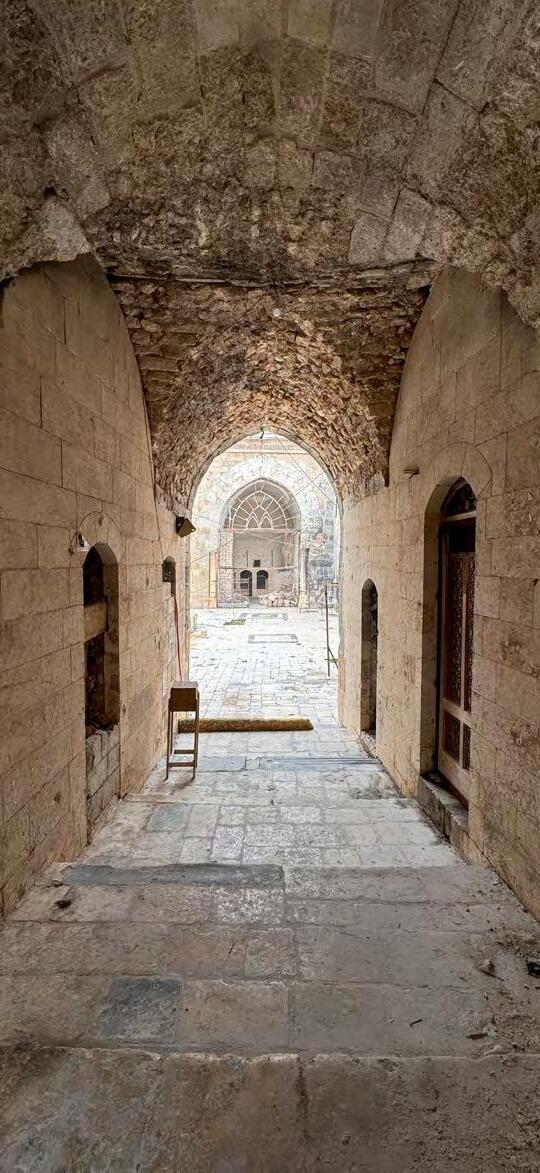
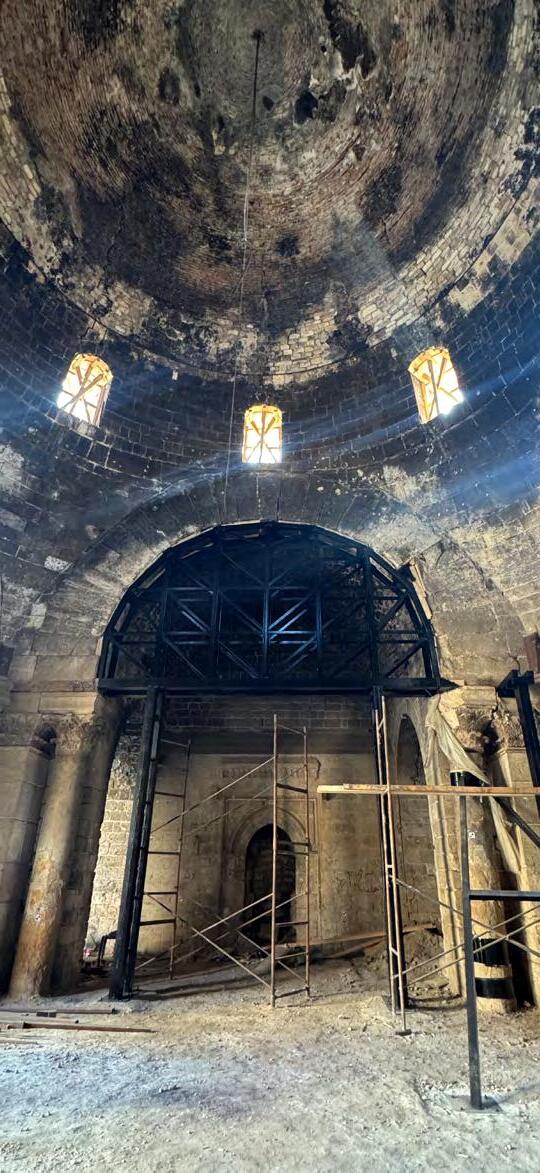


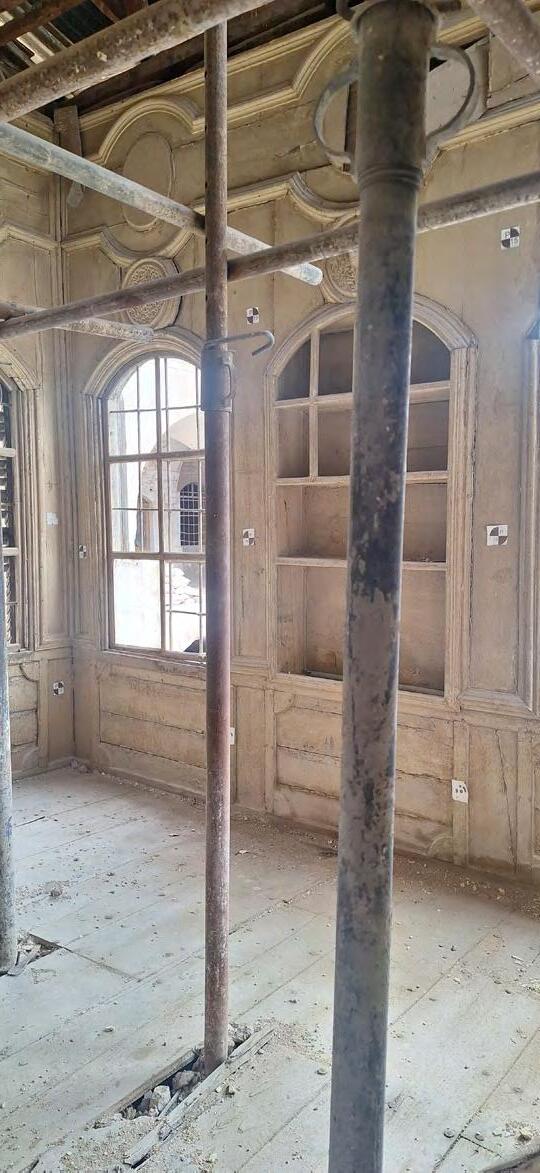
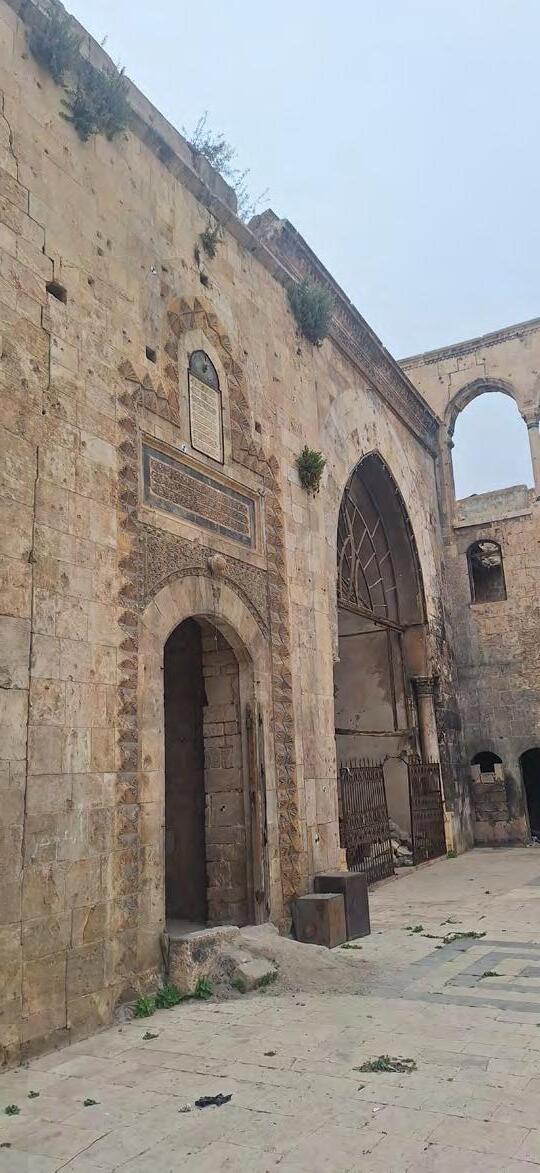
Stabilizing and Preparing for Conservation Parts of the Citadel, Khans, and Madrassas in Aleppo, Syria
Operator: Aga Khan Trust for Culture (AKTC), in collaboration with the Syrian Directorate General of Antiquities and Museums (DGAM)
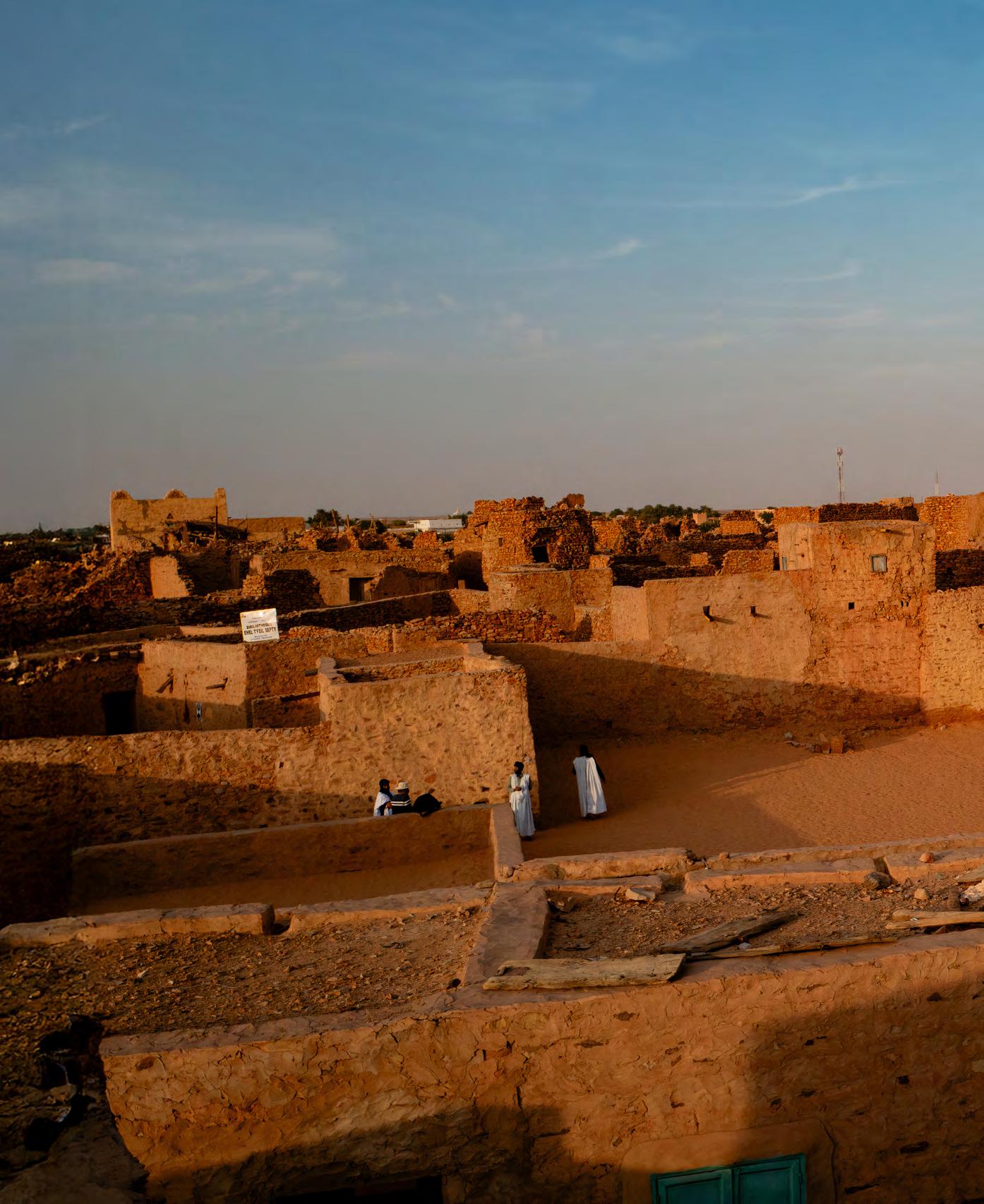
PROTECTING CULTURAL HERITAGE IMPACTED BY CLIMATE CHANGE
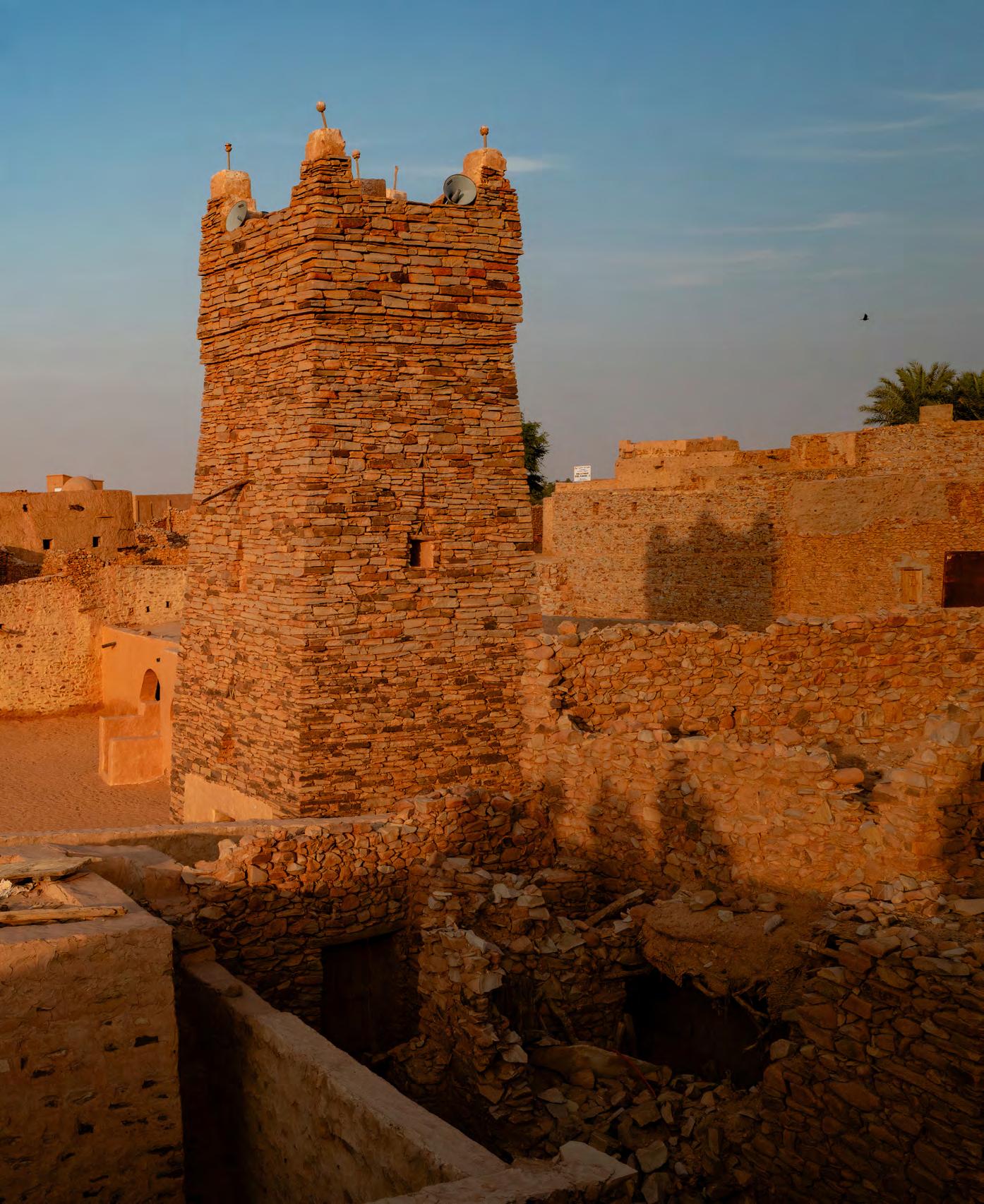
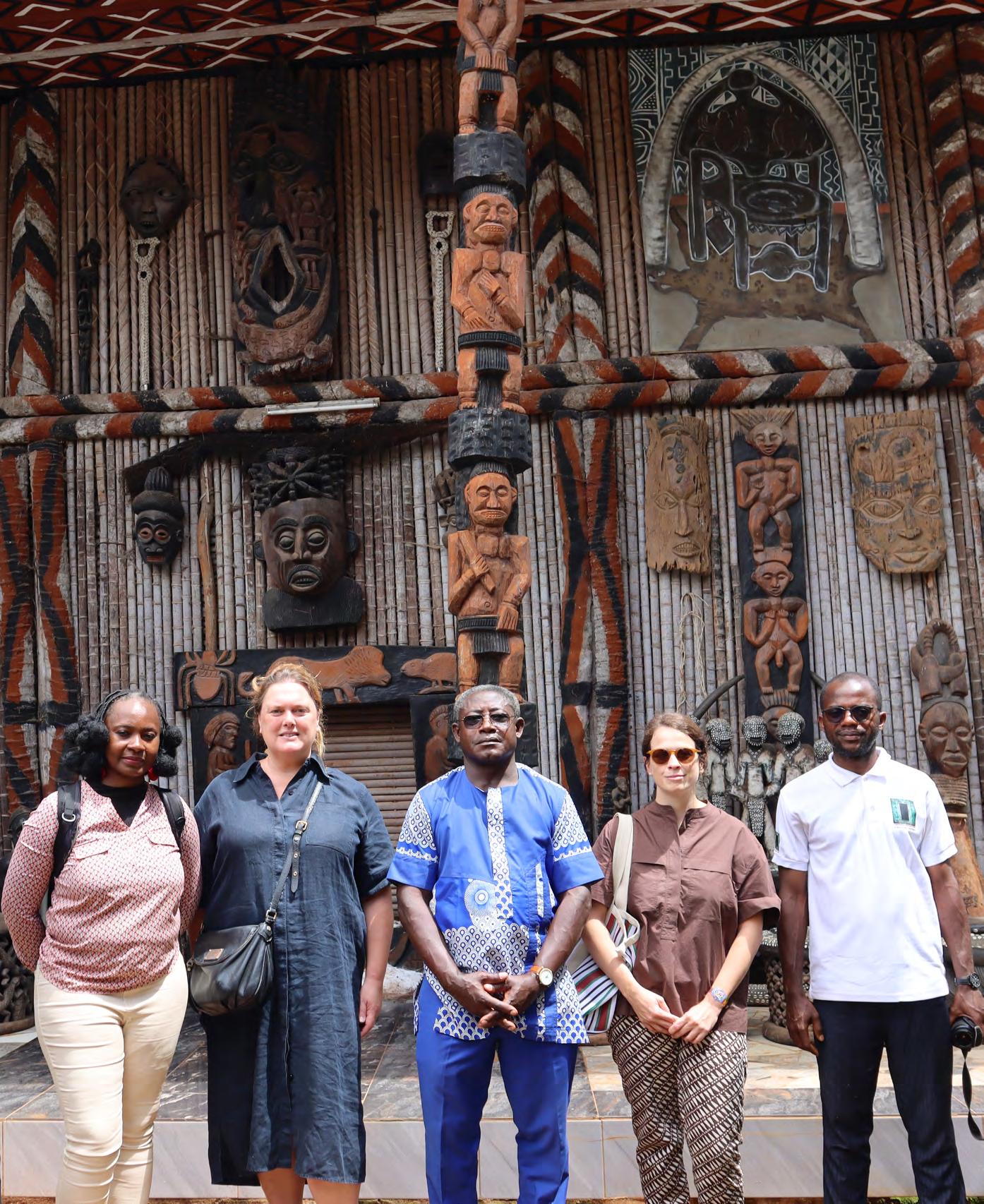
Meeting Partners on the Ground
Cameroon
ALIPH staff meeting members of La Route des Cheffries September 2024
© ALIPH – Gala-Alexa Amagat

Dr. Elke Selter Director of Programs
In July 2024, ALIPH launched its first-ever call for projects focused on heritage affected by climate change in Africa. The call marked a new direction for the Foundation—one that considers crises affecting heritage more broadly while also firmly grounding the organization’s presence across the African continent.
The call presented a challenge: to make ALIPH known to new networks and in countries where the Foundation had not yet established a presence. Seeking projects throughout Africa required us not only to reach out to regional partners and local networks, but also to visit key countries where our network was limited. ALIPH teams traveled to Cameroon, Mauritania, and Senegal, meeting with authorities, civil society groups, and communities whose heritage is being impacted by climate change.
By its closing date in late November 2024, the call proved an immense success. Hundreds of proposals were submitted, covering heritage sites in forty-seven African countries, with 88 percent of all applications focused on the continent. Seventy percent of proposals came from local African operators, most of whom had no prior experience with ALIPH. We were especially pleased that many of the submissions addressed some of the areas most affected by climate change— including the coasts of East and West Africa, North African archaeological sites, and the Sahel, where increased rainfall is impacting earthen monuments.
At the conclusion of the process, nearly twentyfive projects totaling close to USD 10 million were selected in July 2025. We look forward to expanding ALIPH’s presence in Africa in the years to come and to enhancing the Foundation’s experience and expertise in protecting heritage in the face of climate change.
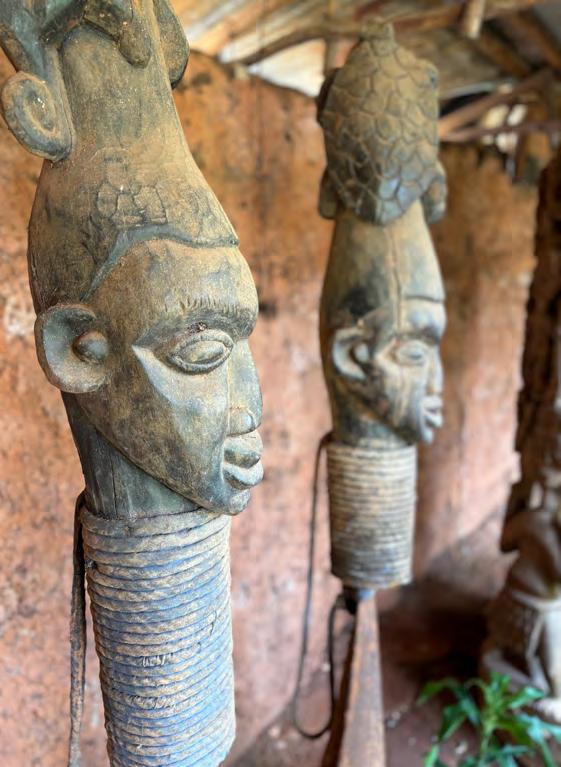
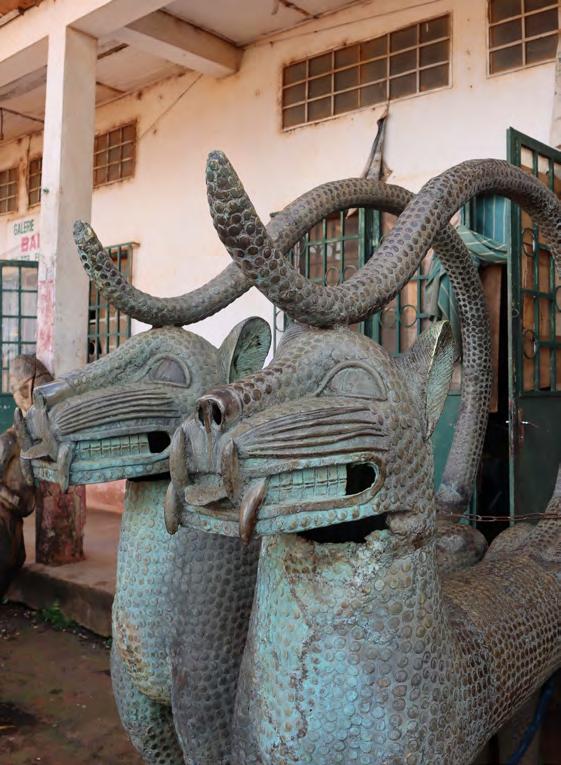
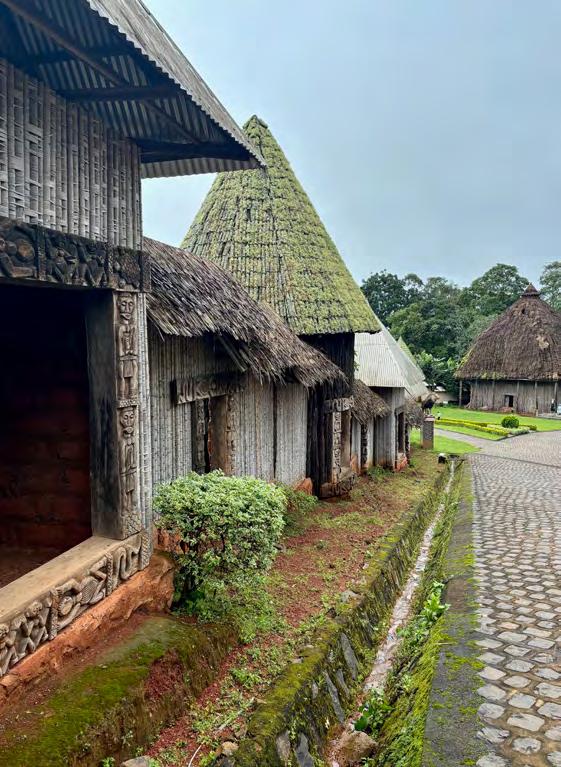

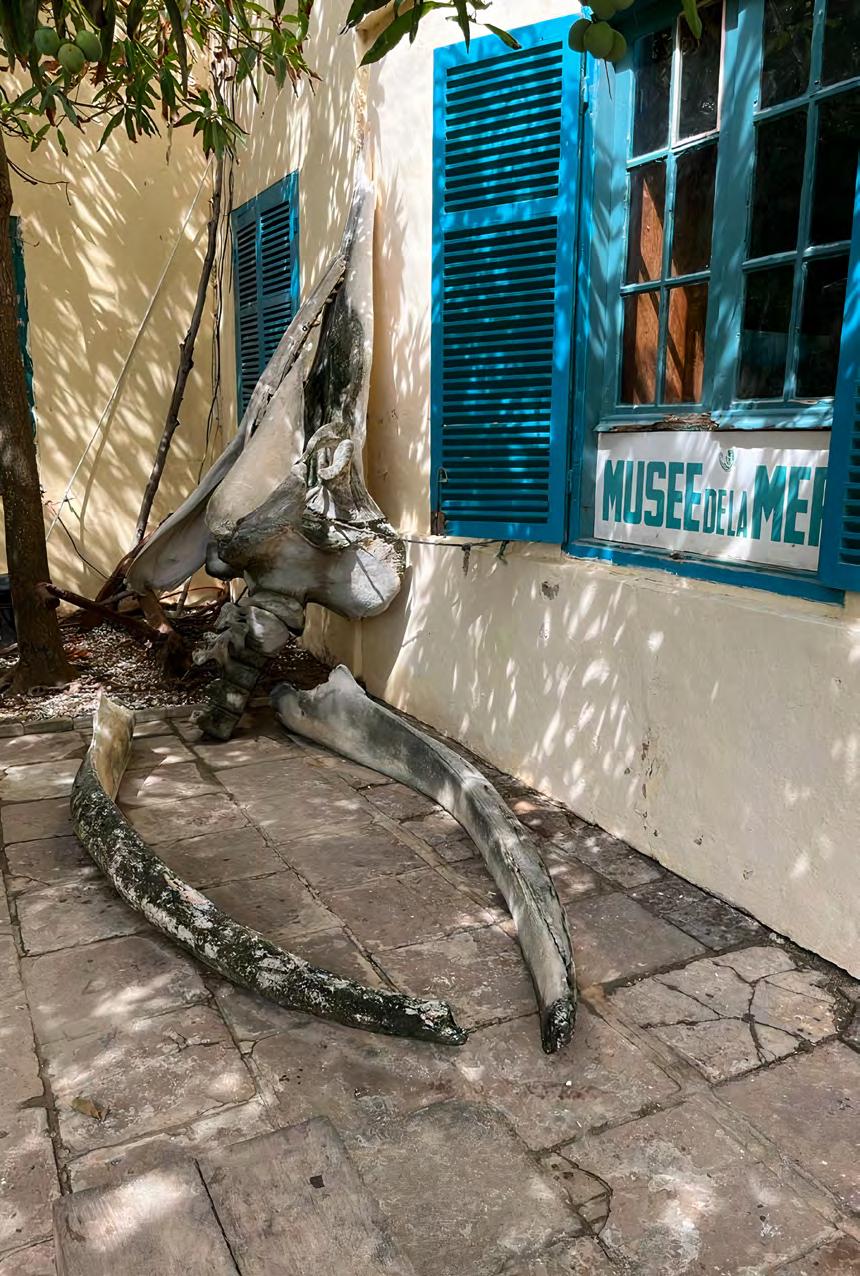
Mauritania
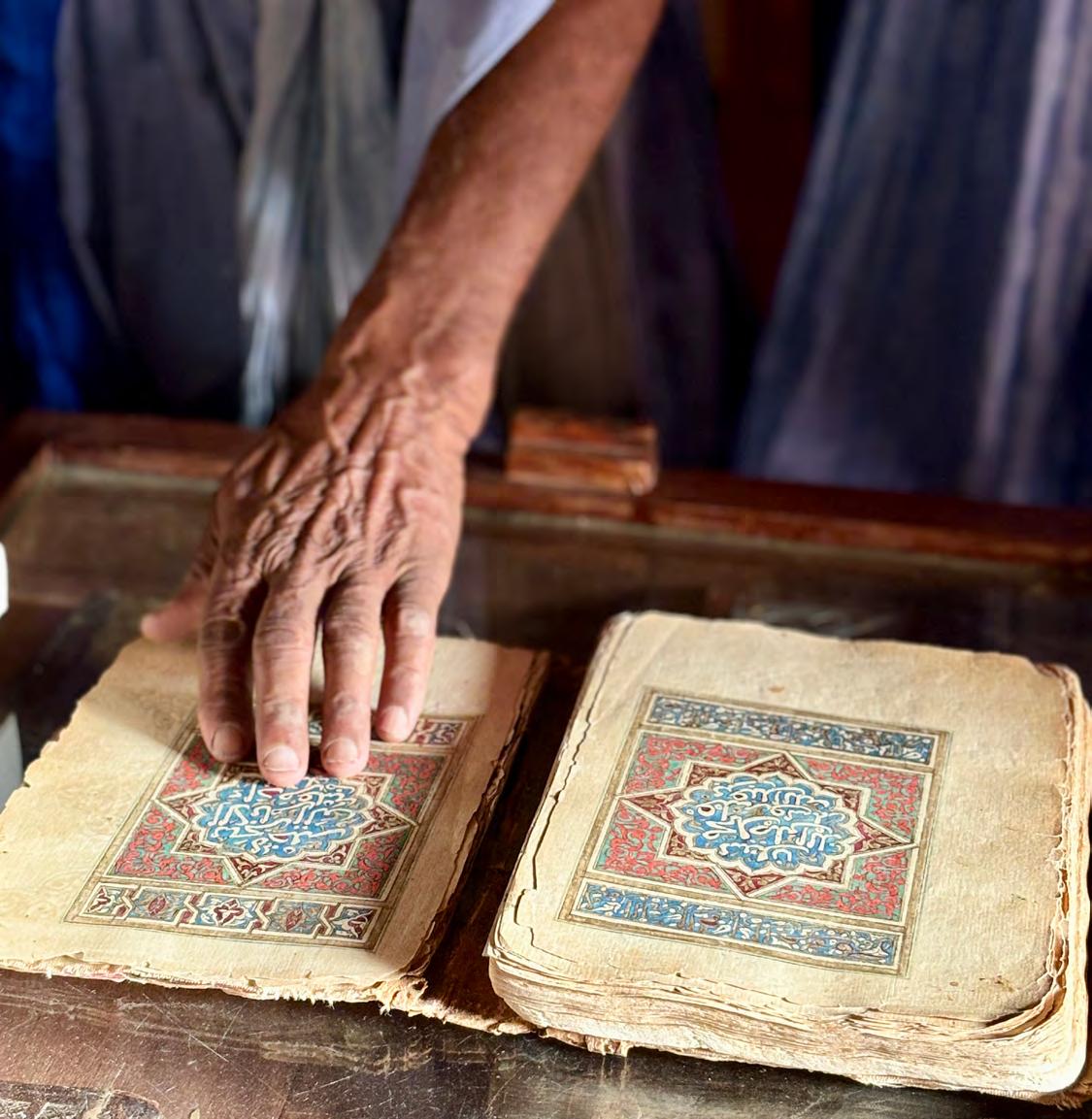
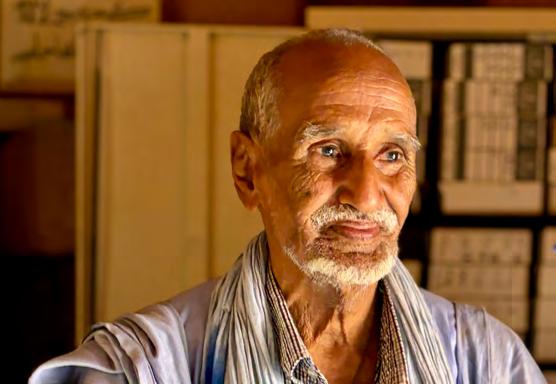
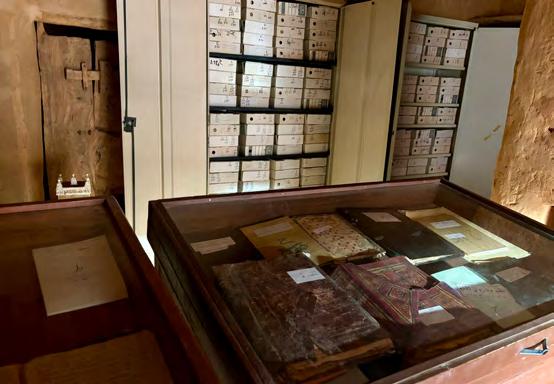
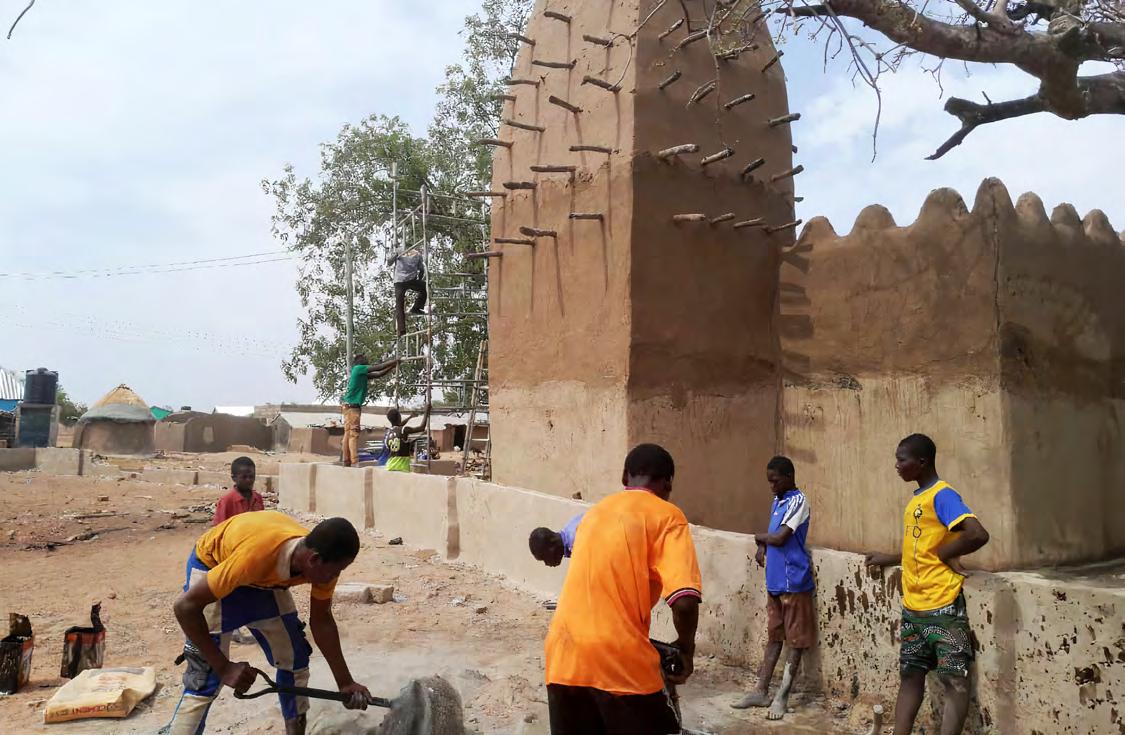
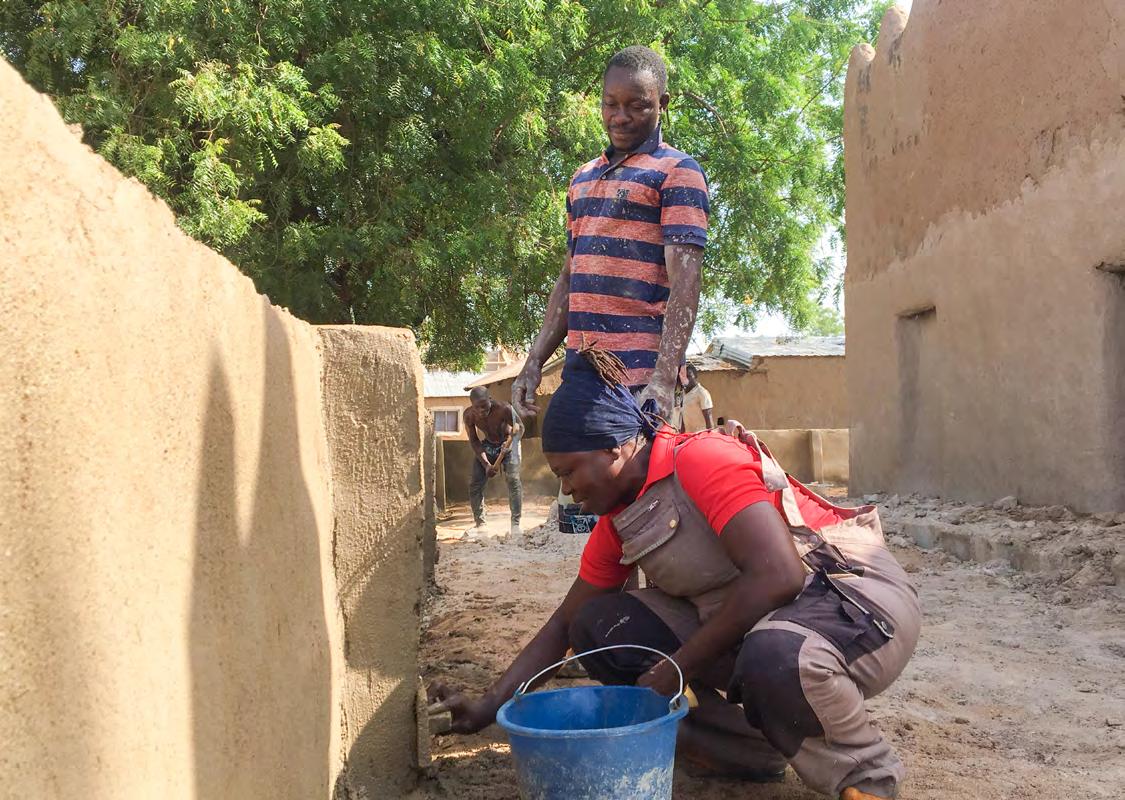
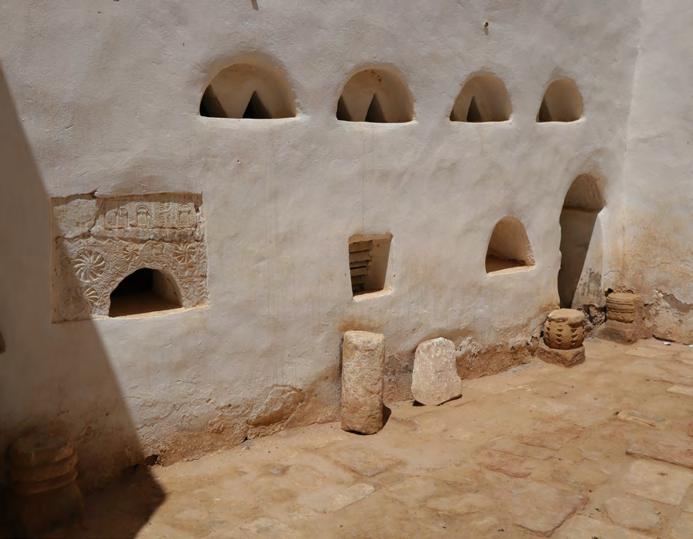
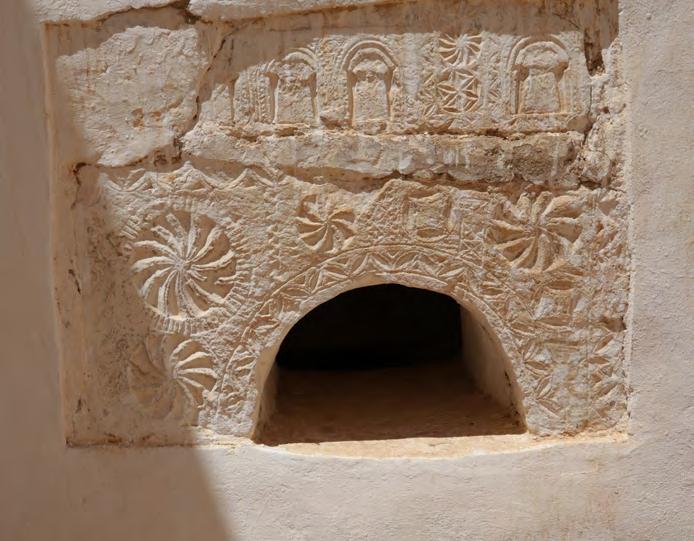
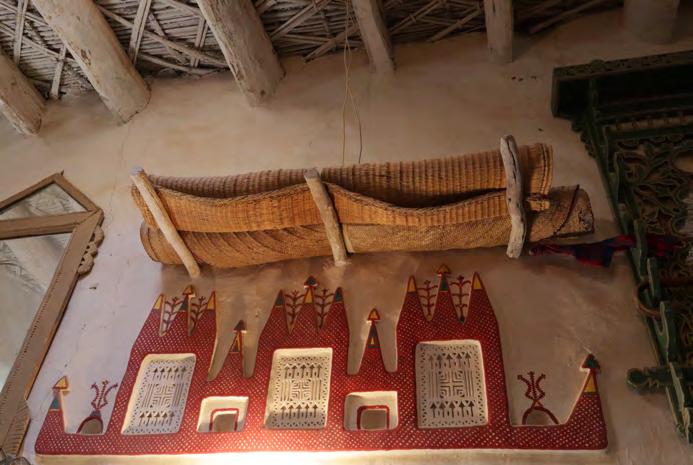
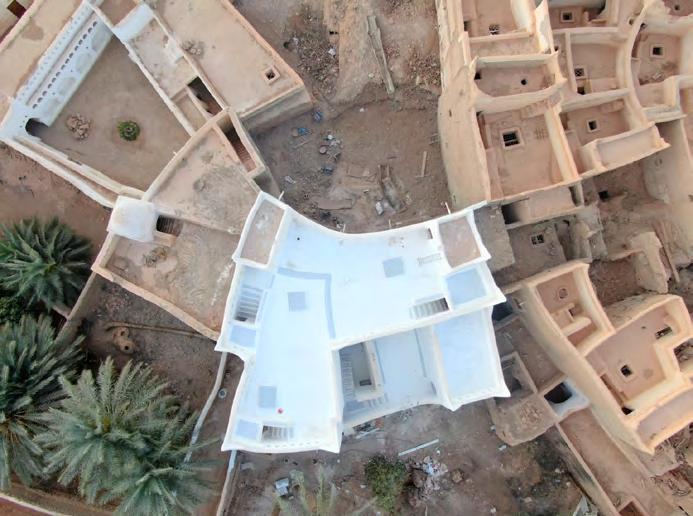
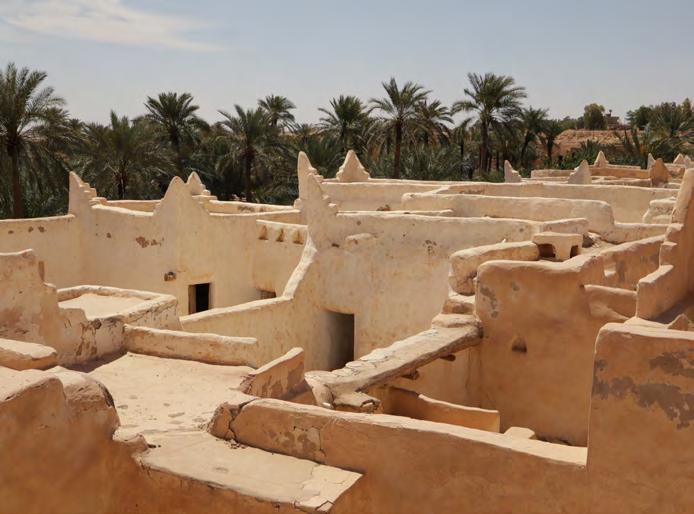
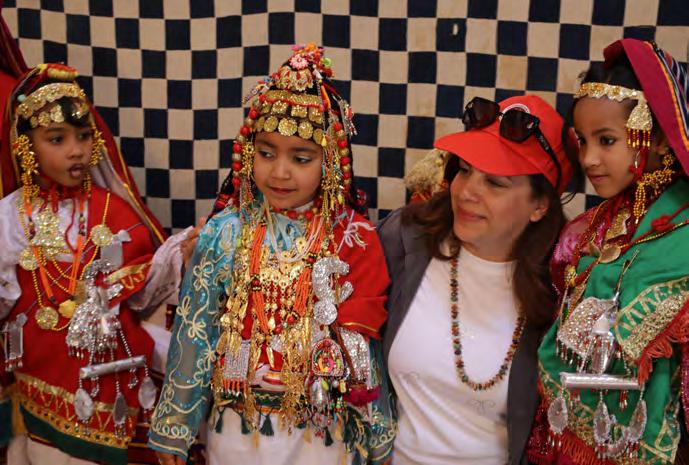
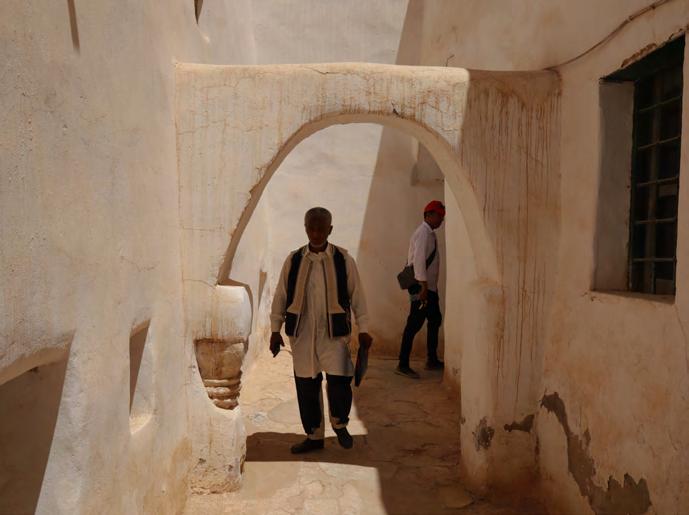
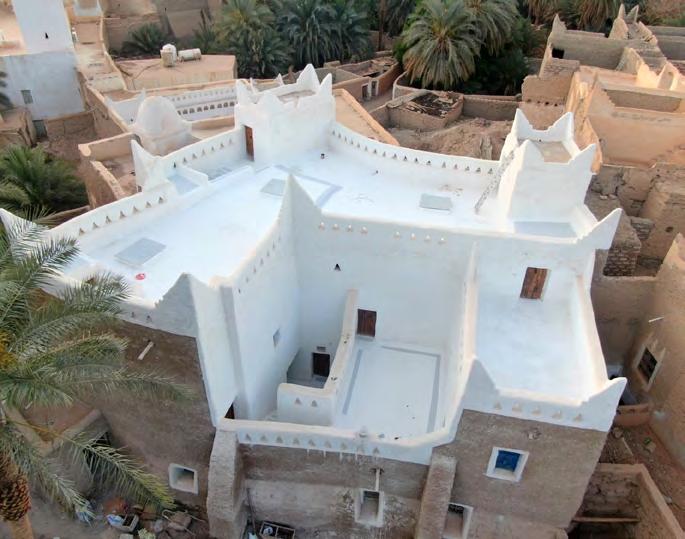
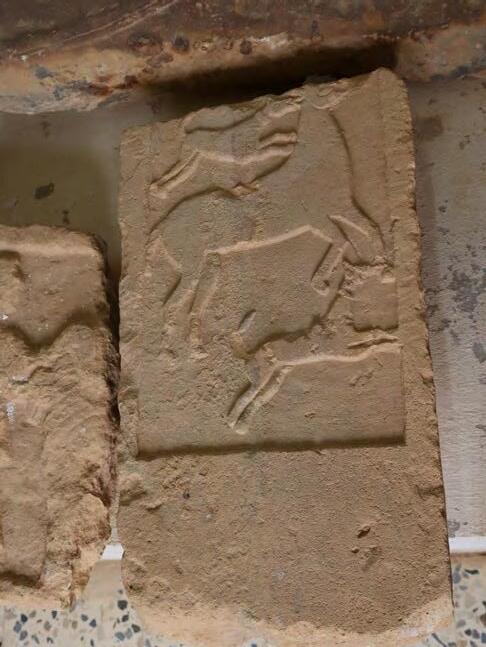
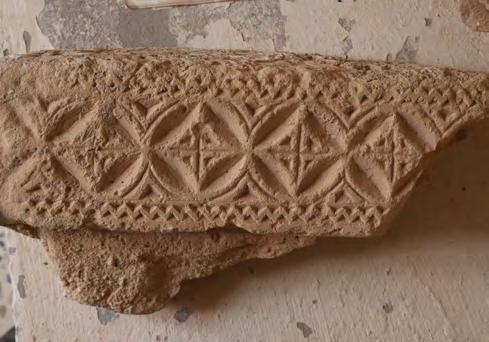
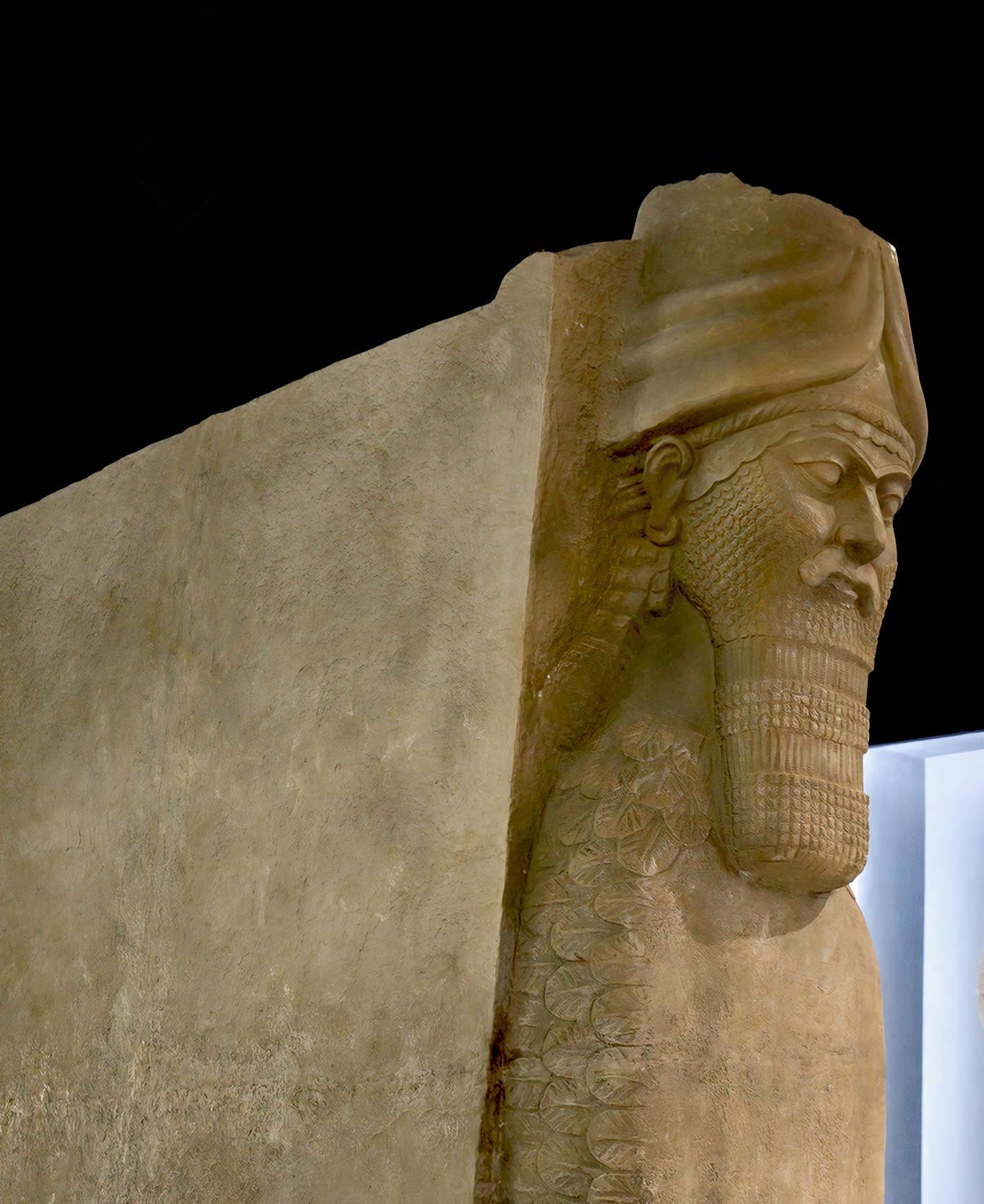
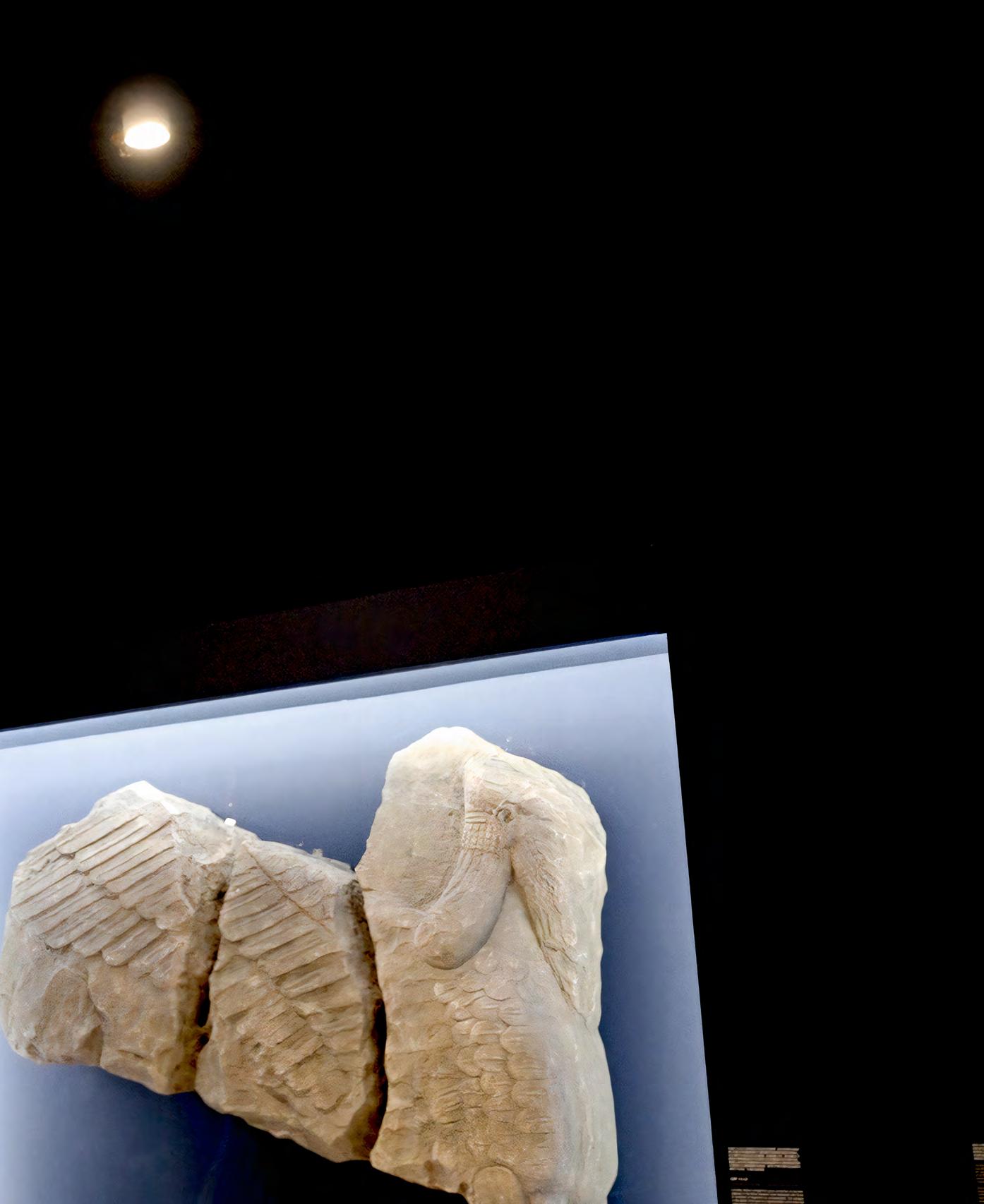
ALIPH AT THE NATIONAL MUSEUM OF CHINA
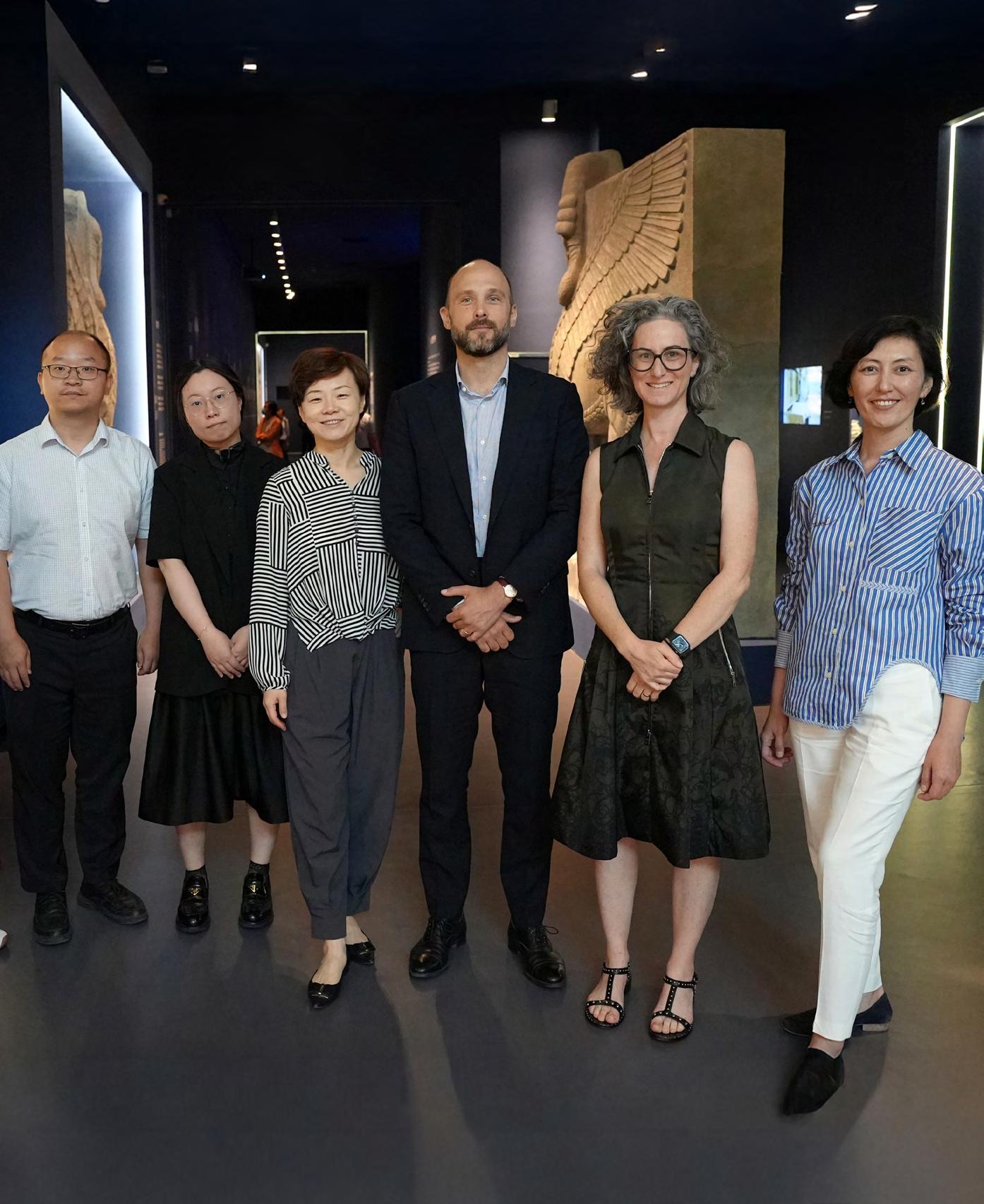
ALIPH at the National Museum of China in Beijing
The Exhibition “Salvaged from the Shadows: Protecting Cultural Heritage”
Dr. Sandra Bialystok , Director of Communications and Partnerships
Dr. Bastien Varoutsikos , Director of Strategy
Few would dispute the growing reality that conflicts, crises, and dramatic weather events driven by climate change are affecting all our lives. This reality is keenly felt at the ALIPH Secretariat, from our offices in the heart of International Geneva, where our interactions with cultural heritage professionals, humanitarians, and development actors constantly remind us of a rapidly changing world. Since ALIPH launched its first projects in 2018, each year has seen the Foundation respond to an increasing number of emergencies, dedicating critical resources and support to protect cultural heritage in vulnerable areas globally.
This ongoing commitment was vividly illustrated during the summer of 2024 at the National Museum of China in Beijing. It was a great honor for ALIPH to be invited by one of the world’s largest museums—prominently located on Tiananmen Square—to co-curate an exhibition spanning over 1,500 square meters.
China, one of ALIPH’s founding member states in 2017, provided the setting for this exhibition, which offered a cross-section of the 500 projects in 40 countries implemented by local and international partners with ALIPH’s support. Through various media— photographs, videos, 3D films, 3D-printed objects, and more—the exhibition underscored the imperative to protect cultural heritage threatened by conflict and climate change. It illustrated protection methods and paid tribute to the women and men on the ground whose work serves as a vector for building peace and sustainable development.
Organized into five sections, the exhibition invited visitors to explore notable examples of destroyed heritage from the past thirty years; the efforts that led to the creation and development of ALIPH as a new multilateral instrument; the techniques and traditional know-how essential to preserving tangible and intangible heritage; the role of local populations and communities in this endeavor; and finally, extraordinary examples of sites currently under threat.
Visitors encountered a facsimile of a Malian manuscript (19th–20th century), 3D-printed replicas of ancient glass artifacts from Lebanon, and a large reproduction of an Iraqi lamassu—all objects damaged or destroyed in recent years and subsequently protected or restored through ALIPH-supported projects. Intangible heritage was highlighted in a section on documenting traditional knowledge, particularly in Afghanistan. Built heritage was addressed through an exploration of restoration challenges, exemplified by the conservation of earthen architecture in the Sahel and the restoration of a patrician house in Beirut.
This global tour of cultural heritage concluded with an immersive film transporting visitors to the site of Palmyra (Syria); the Old City of Agadez (Niger), the pearl of the Sahel; the famous skyscrapers of the earthen cities of Yemen; the exceptional Arch of Ctesiphon (Iraq); and magnificent heritage sites in Armenia.
The exhibition was the result of a strong collaboration between ALIPH and the National Museum of China. It was realized in cooperation with Iconem and made possible thanks to the contributions of numerous partners: the Aga Khan Trust for Culture, the Archaeological Museum of the American University in Beirut (AUB), Amalia, IECD, Imane Atarikh, the Musée du Louvre, Turquoise Mountain, and many others. It was supported by the Embassy of France in China and the Institut Français de Chine.
Seen by over 150,000 visitors over the course of its run, the exhibition concluded with a message of hope—demonstrating that ALIPH’s concrete, actionoriented approach offers genuine reasons to believe in the future of cultural heritage as a crucial element in building a sustainable world.
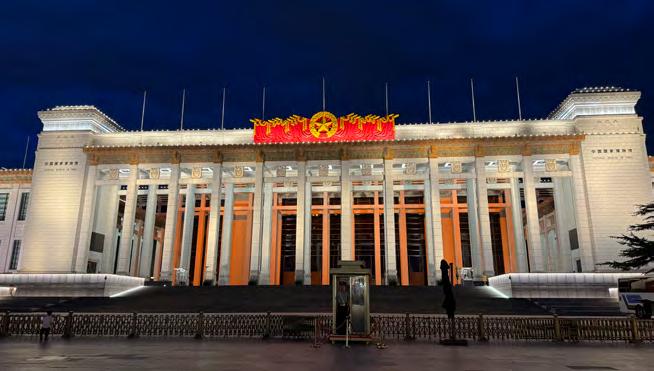
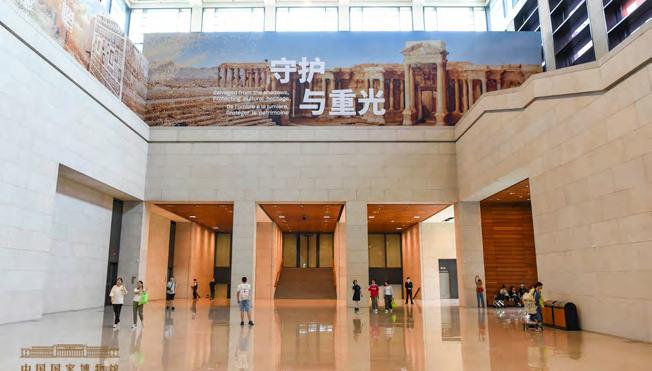
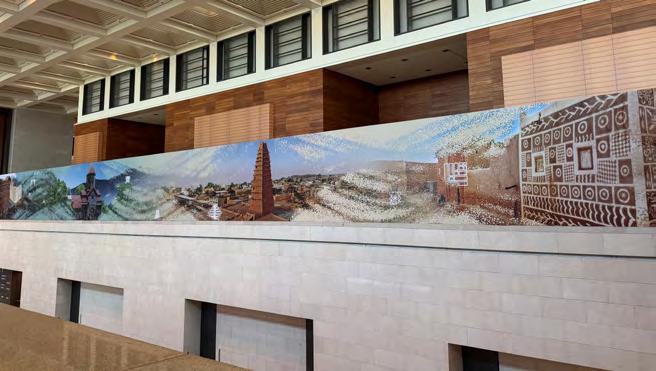
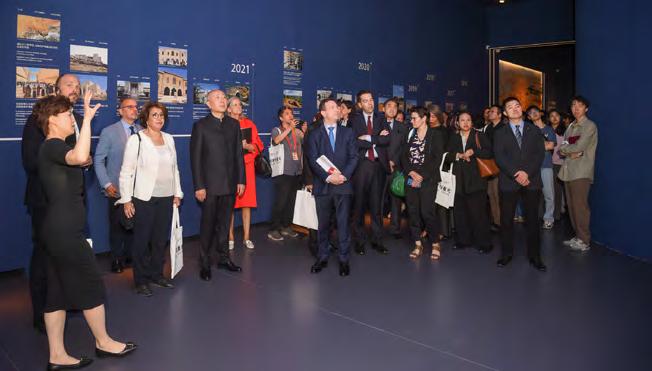
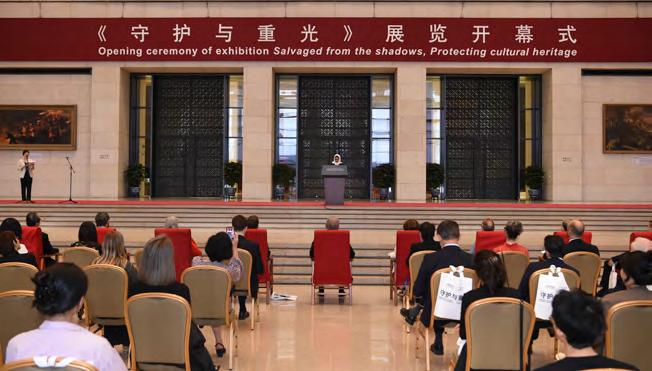
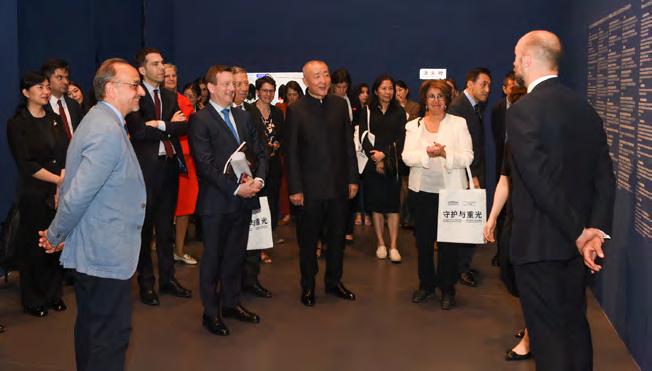
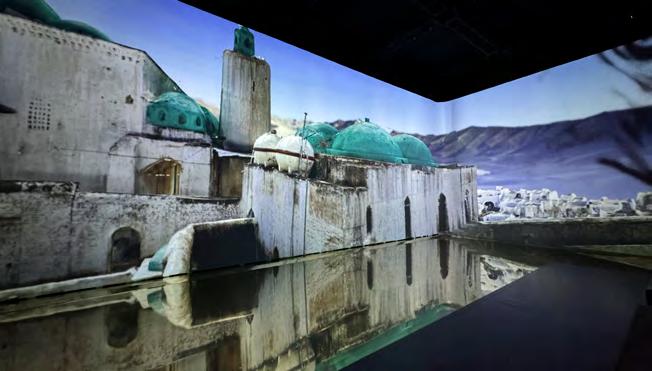
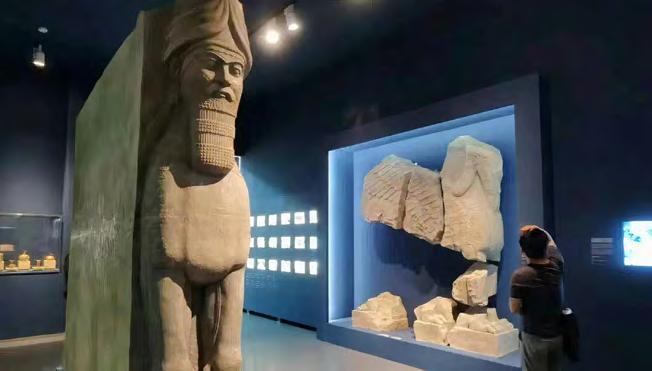
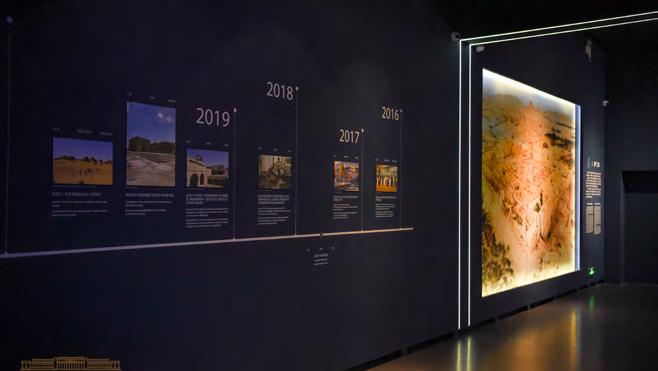
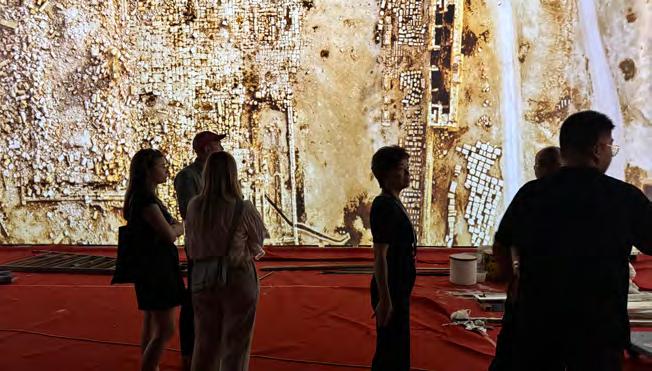

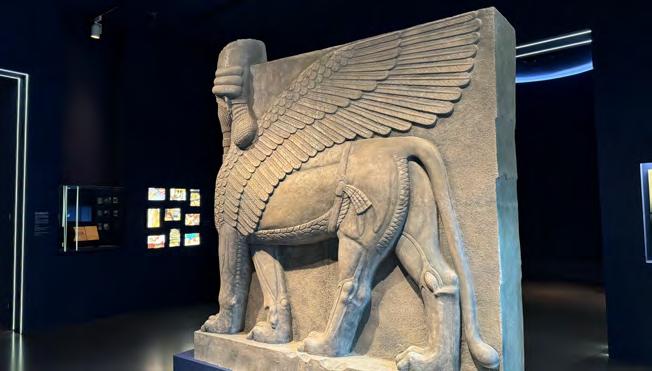
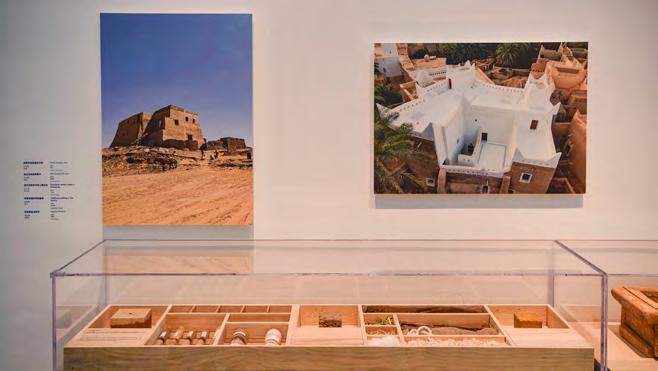
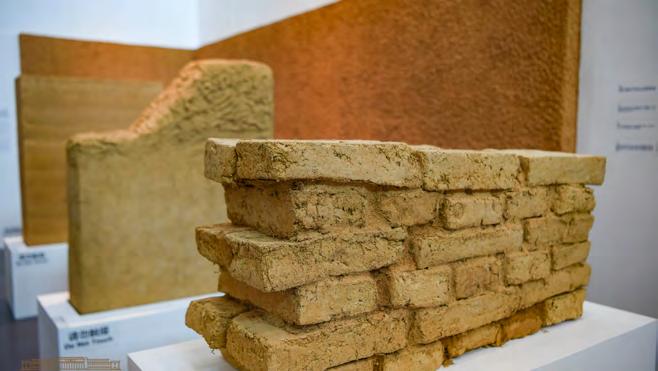
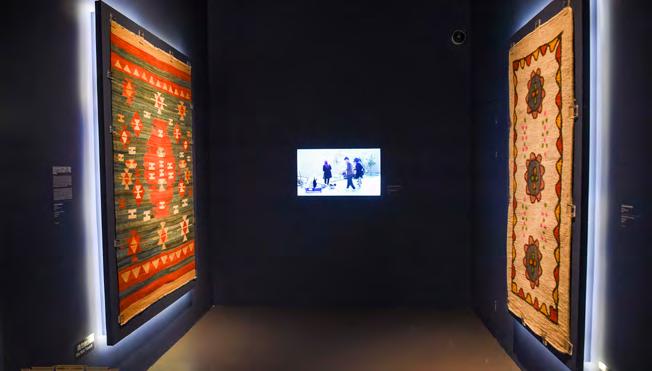
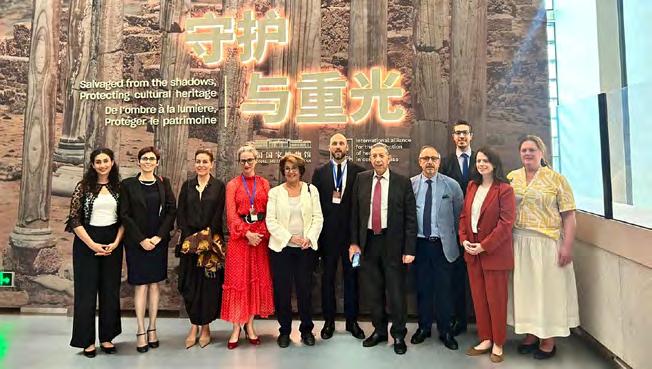
Mauritania, October 2024

COMMUNICATIONS
© ALIPH – Elke Selter
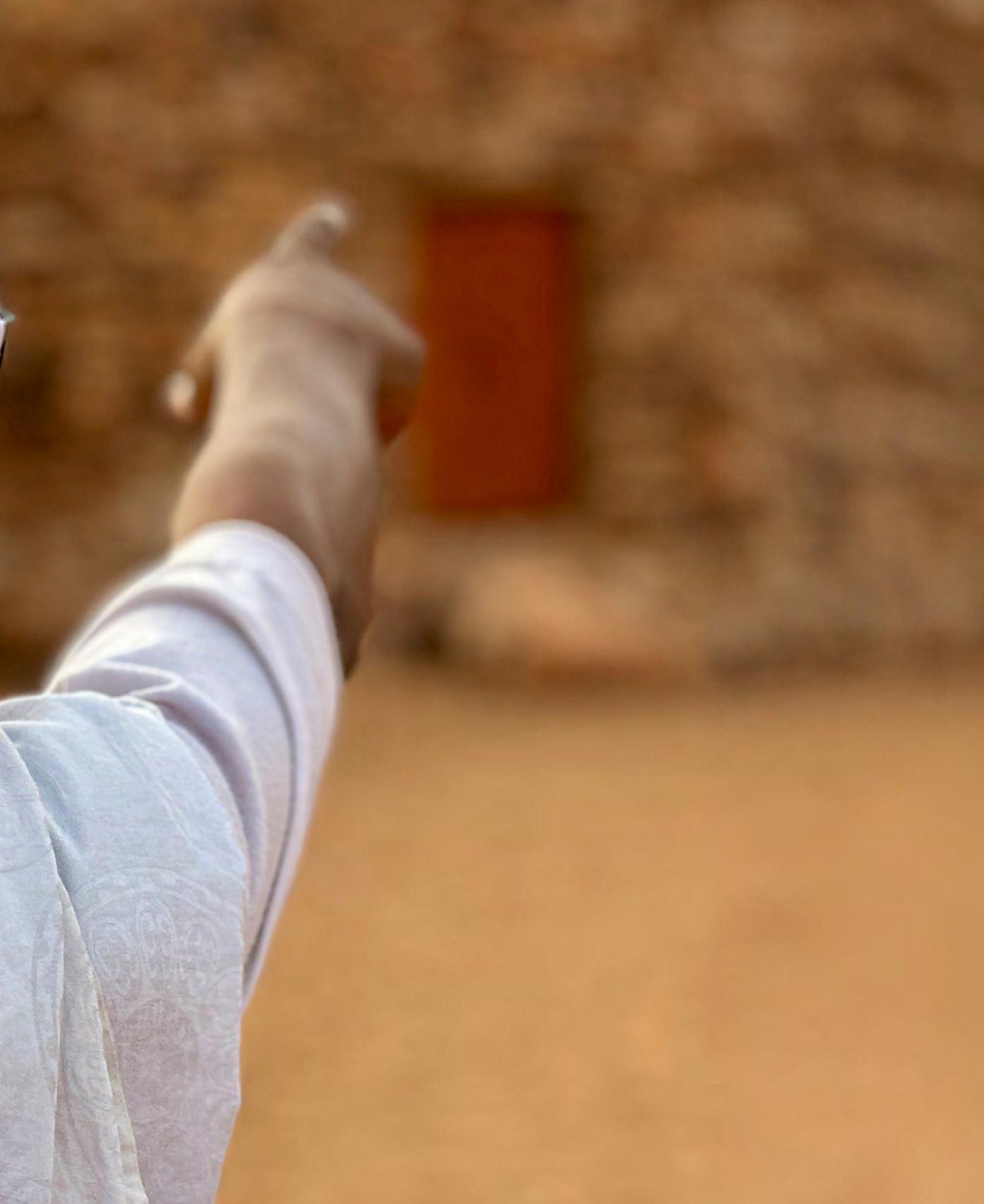
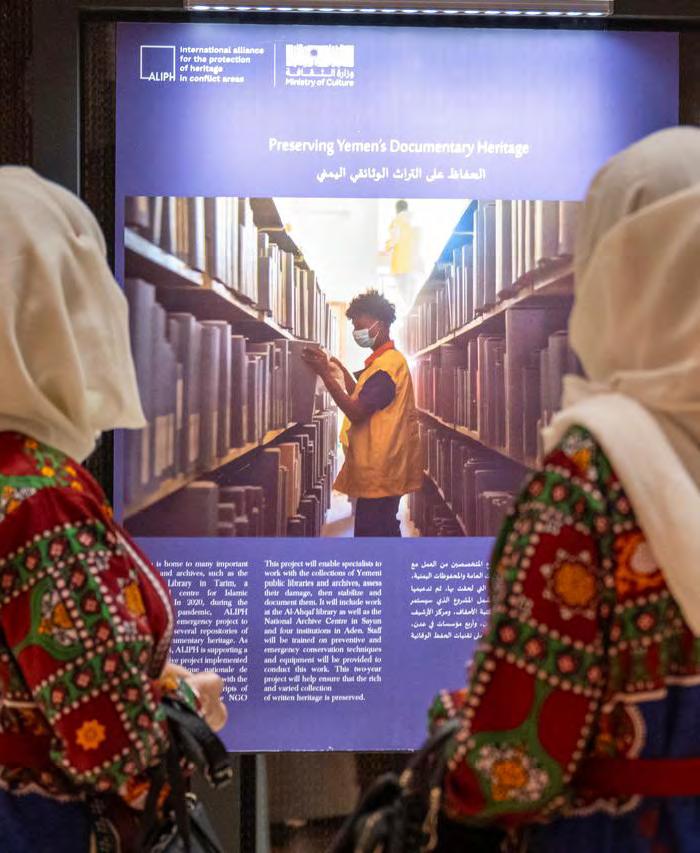
ALIPH in Action: A Year of Exhibitions and Inspiration

Dr. Sandra Bialystok, Director of Communications and Partnerships
Without a doubt, the exhibition ALIPH co-curated at the National Museum of China in Beijing was a 2024 highlight for our communications team—and indeed, for the entire organization. Yet, this was just one among many exhibitions we curated or participated in throughout the year.
Our traveling photo exhibitions showcased ALIPH-supported projects across five countries, in some remarkable venues. “Restoring Our Past; Preserving Our Future: Protecting Cultural Heritage at Risk” was launched at the stunning Dar alAthar al-Islamiyyah in Kuwait City, in partnership with the EU Delegation to Kuwait, and a similar exhibition was featured in Brussels alongside the Hungarian Presidency of the EU Council. In Riyadh, Saudi Arabia, we premiered “Protecting Cultural Heritage in Yemen” in partnership with the Saudi Ministry of Culture, while our exhibition on Ukraine’s cultural heritage traveled
to Brussels with support from the EU’s Foreign Policy Instrument. Closer to home in Geneva, Switzerland, we proudly contributed to the Musée d’Art et d’Histoire’s important exhibition, “Heritage at Risk.”
As ALIPH’s global recognition grows, we remain deeply grateful to our partners, whose striking images of their ongoing projects make these exhibitions possible, and to the many dedicated journalists whose curiosity and diligence continue to spotlight the importance of protecting cultural heritage worldwide.
The stories ALIPH shares are your stories. To our partners: keep us informed of your small victories and great triumphs! Through film, photography, writing, and more, we will continue spreading the message that protecting heritage is fundamental to building peace and sustainable development.
ALIPH exhibition on its action in Yemen, November 2024, Riyadh, Saudi Arabia © Saudi Ministry of Culture
SELECTED ARTICLES, RADIO AND TV INTERVIEWS:


Can Lebanon’s ancient cultural heritage be protected from war damage?
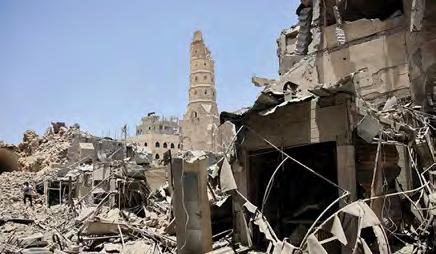
Palestinians begin preservation of Gaza’s heritage with help from $1m fund
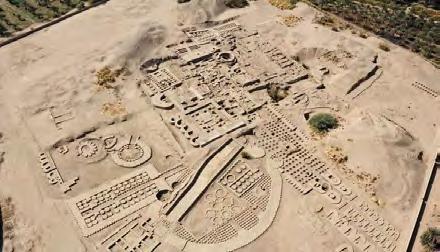

from
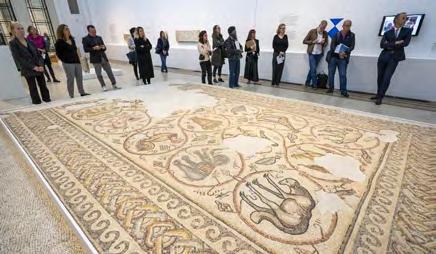
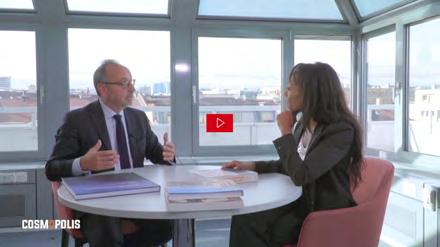
Des trésors palestiniens exposés à Genève face aux menaces de la guerre
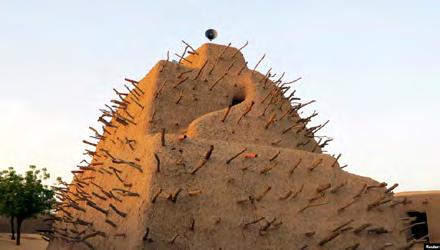
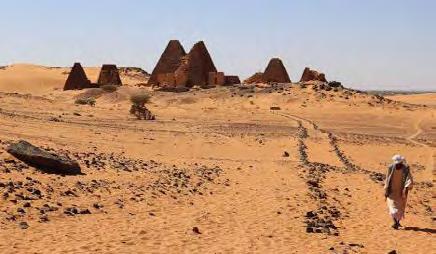
Mali une rénovation pour le Tombeau des Askia, un monument de 500 ans en péril
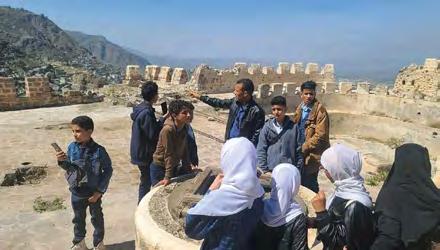
Aliph ne se limite plus aux seules zones en guerre
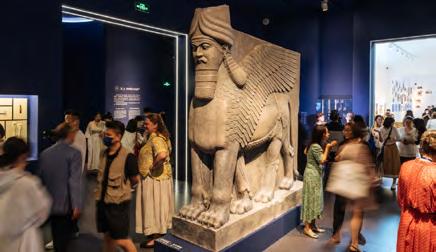

La culture, cœur battant de Genève
War-ravaged heritage to gain from Aliph funds for protection
climate damage Castle in war-torn Yemen partially reopens
International cooperation in protecting cultural heritage staged at NMCSalvaged from the shadows
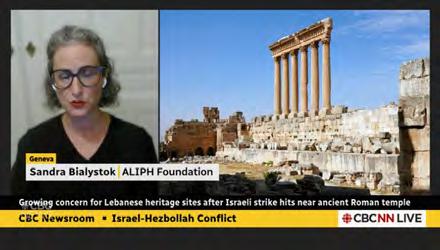

Spokesperson from Aliph joins to discuss protecting cultural heritage sites in conflict zones

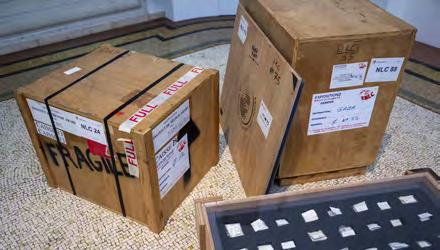
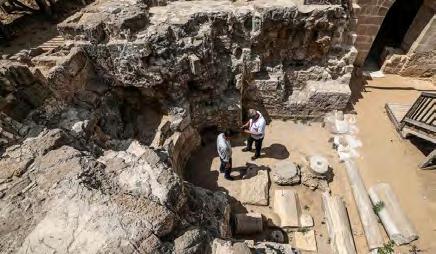

A Genève, où se joue la sauvegarde du patrimoine palestinien, libanais, malien et plus encore
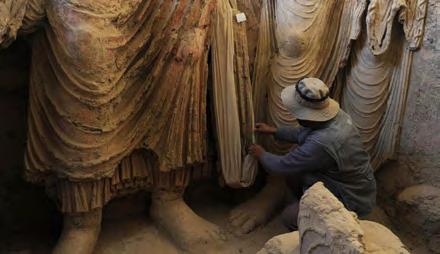
Afghanistan’s top heritage site full of Buddha statues has been saved for the time being
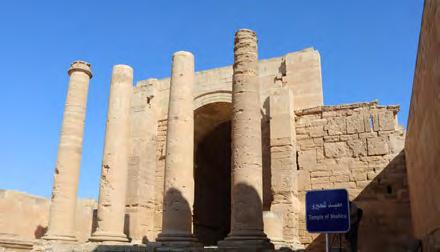
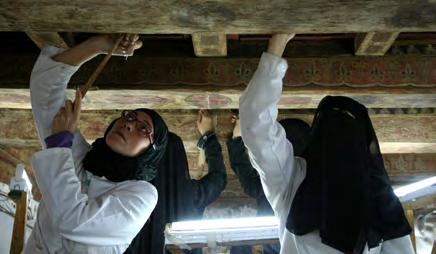

Cultural heritage protection in conflict zones featured in Beijing exhibition
Growing concern for Lebanese heritage sites as Israeli air strike hits close to 11,000-year-old Baalbek
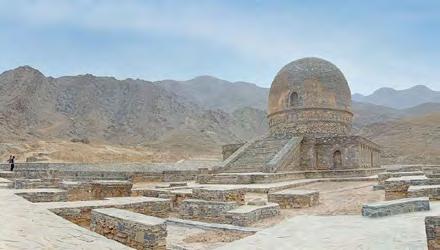

Protecting cultural heritage in the face of danger

Mali’s centuries-old Tomb of Askia gets new lease of life
La fondation ALIPH, au secours du patrimoine culturel mondial
Se c’è un’emergenza, chiamate Aliph
EXHIBITIONS
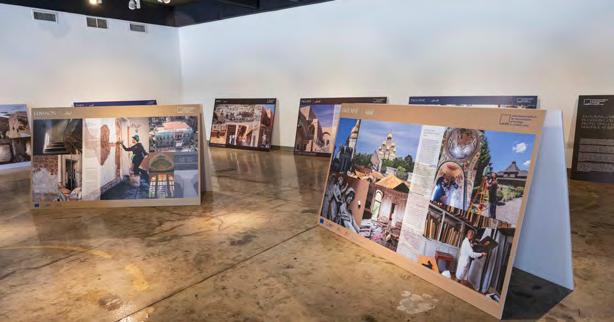

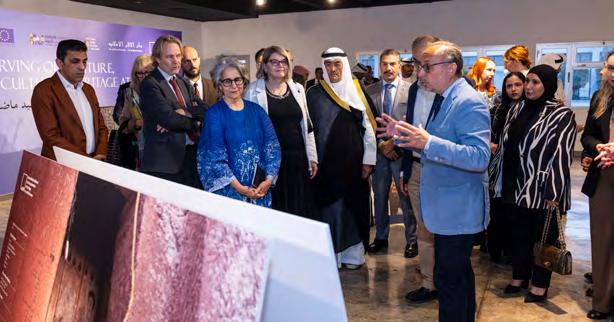
Kuwait City, Kuwait
In May 2024, ALIPH presented the photo exhibition Restoring Our Past, Preserving Our Future: Protecting Cultural Heritage at Risk in Kuwait City. This initiative was organized in partnership with Dar al-Athar alIslamiyyah and the European Union Delegation to Kuwait.

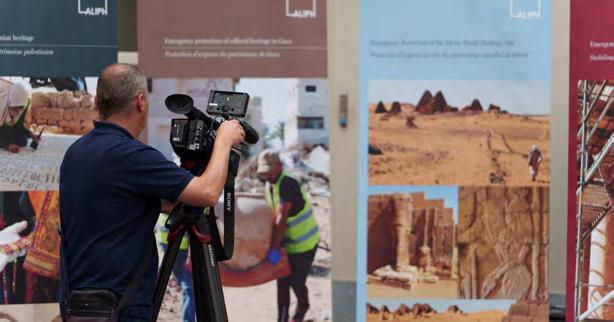
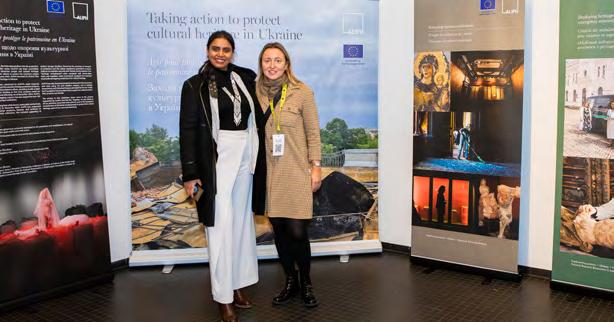
Brussels, Belgium
In Brussels, ALIPH partnered with the Hungarian Presidency of the Council of the European Union and the EU’s Foreign Policy Instrument (FPI) to present two exhibitions: one in September highlighting ALIPH’s global work, and another in November focusing on cultural heritage protection efforts in Ukraine.
In 2024, ALIPH’s exhibitions continued to tour internationally, raising awareness about the importance of protecting cultural heritage at risk.
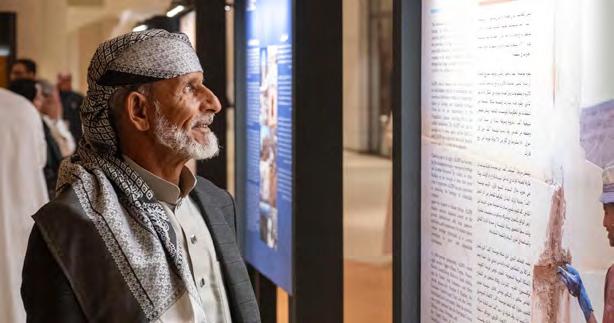

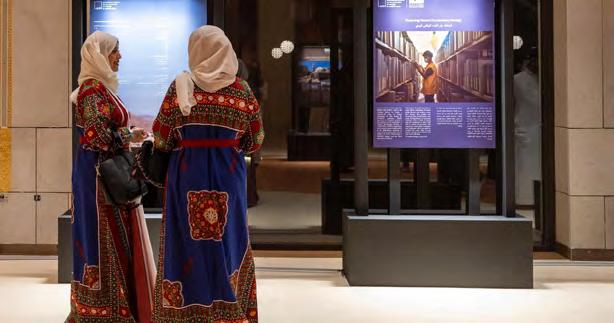
Riyadh, Saudi Arabia
In November, the exhibition Protecting Heritage in Yemen was inaugurated in Riyadh during a concert and celebration of Yemeni heritage organized by the Saudi Ministry of Culture.
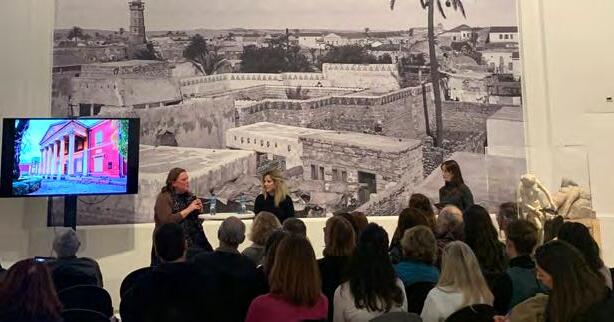
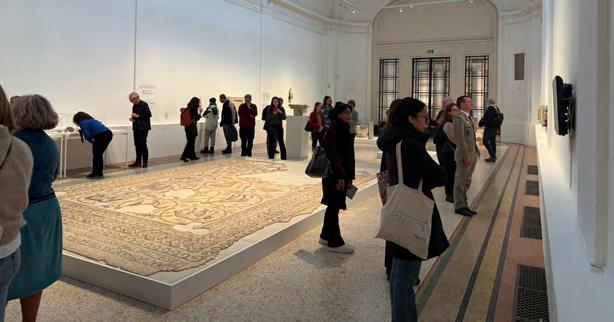
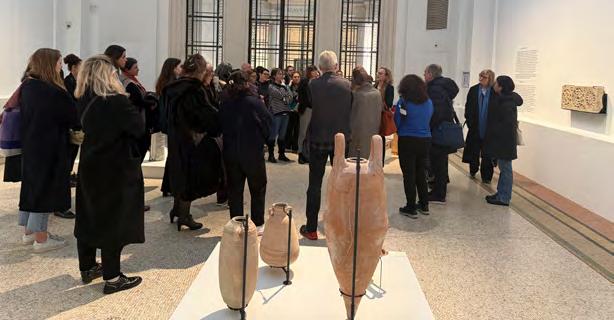
Geneva, Switzerland
In Geneva, ALIPH collaborated with the Museum of Art and History (MAH) on the exhibition Heritage at Risk, which featured photographs and videos of ALIPH projects. Together with MAH, three public events were organized: Protecting Heritage in Times of War, highlighting ALIPH’s emergency response in Ukraine; Bringing the Mosul Museum Back to Life, presented with the Musée du Louvre and the World Monuments Fund; and a presentation on post-blast reconstruction efforts following the 2020 explosion in the port of Beirut.
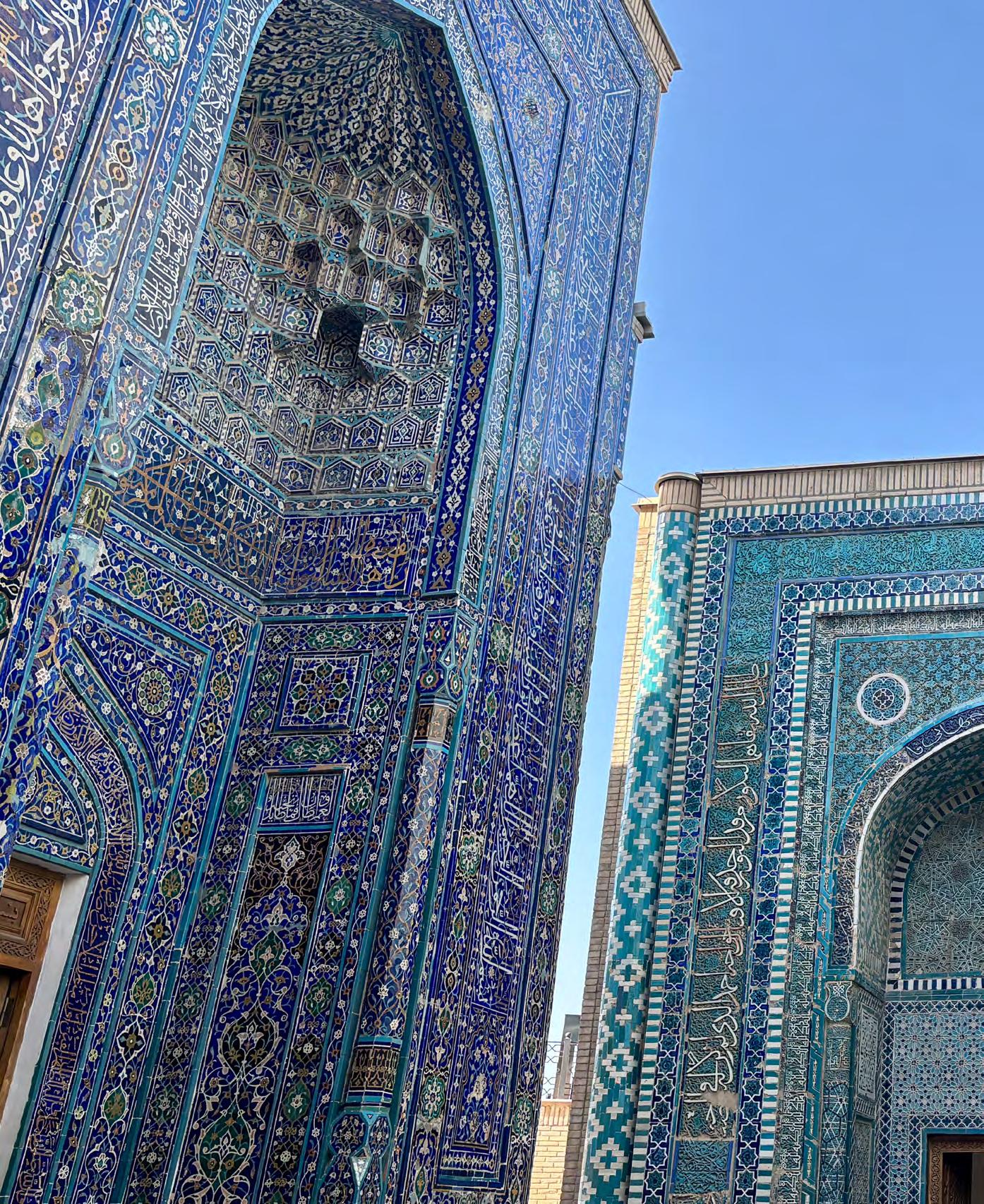
THE ALIPH FAMILY
Uzbekistan Samarkand, April 2025
© ALIPH – Elke Selter
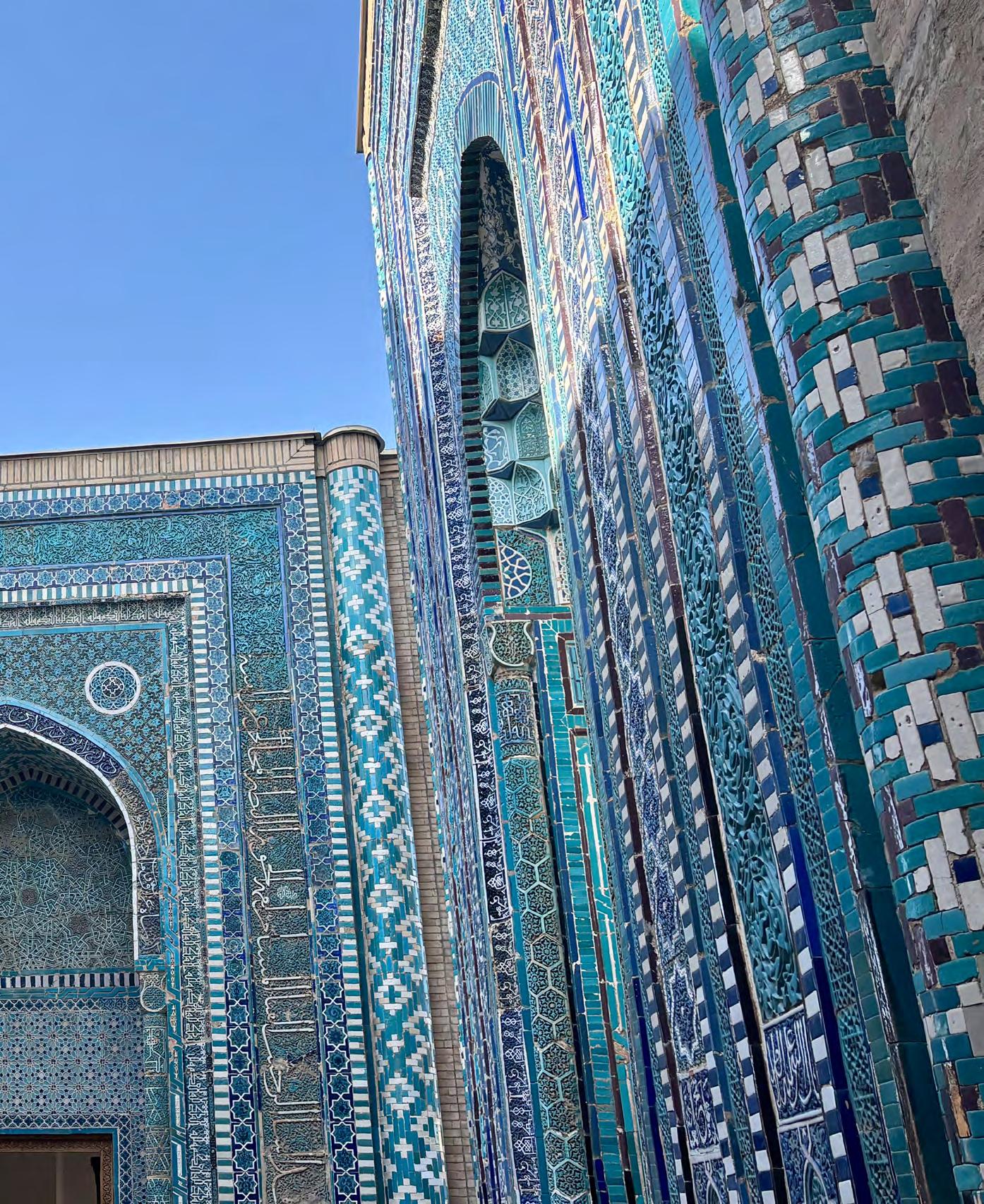
FOUNDATION BOARD
AS OF 31 MAY 2025
VOTING MEMBERS

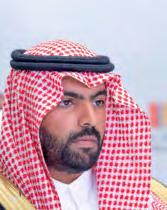
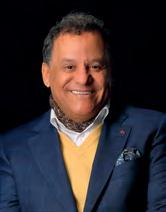


Chair
Ms. Bariza Khiari (France)

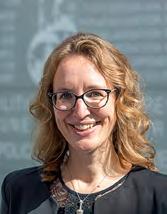
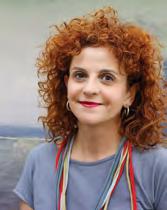

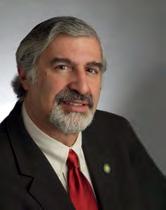
Vice-Chair HE
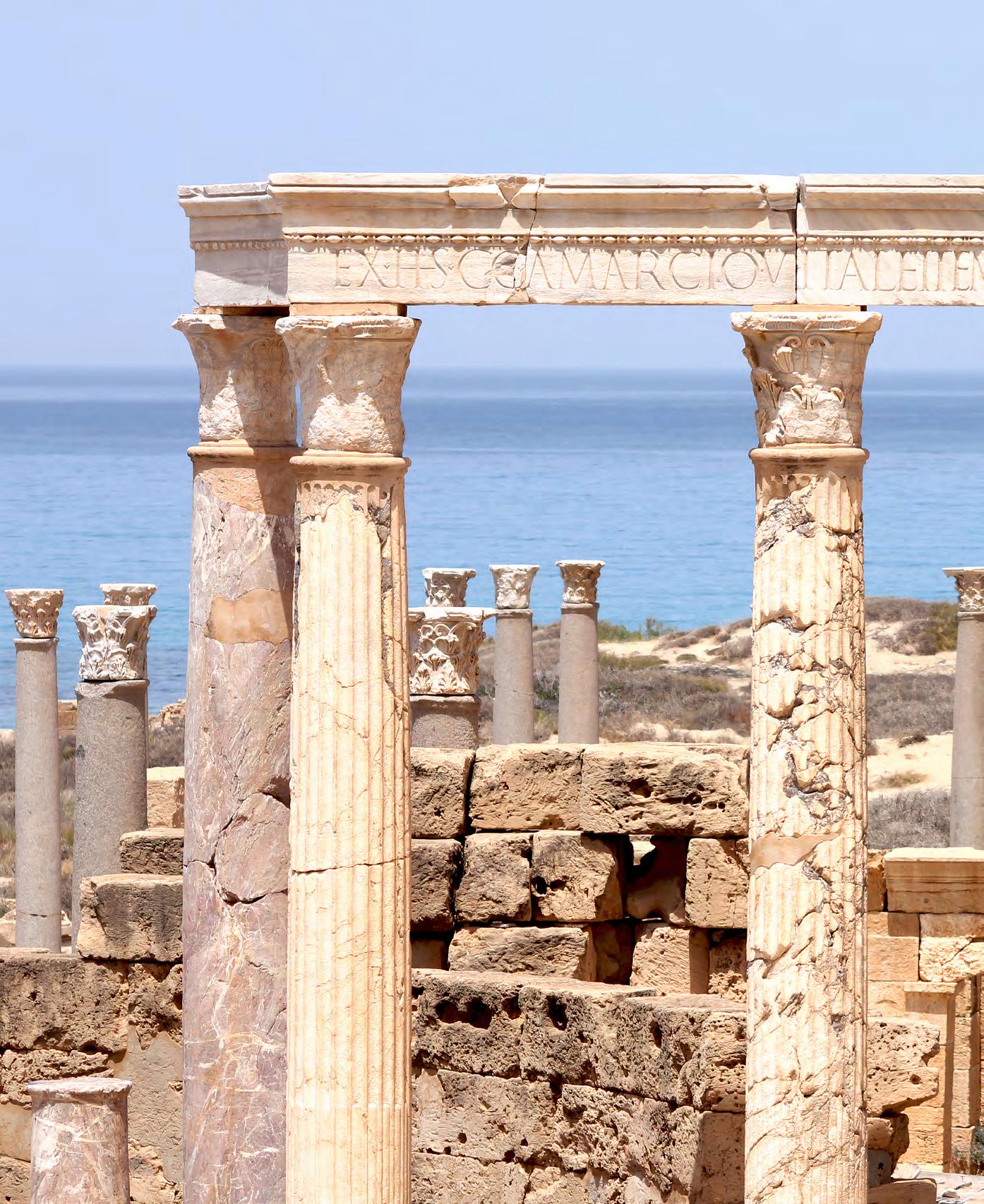


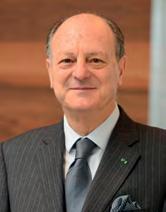
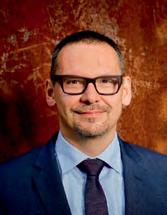
Dr. Thomas S. Kaplan (Private Donor)
Mohamed Khalifa Al Mubarak (United Arab Emirates)
HH Prince Bader bin Abdullah bin Farhan AlSaud (Saudi Arabia)
HE Nadia Ernzer (Luxembourg)
Dr. Mariët Westermann (Qualified Personality)
Mr. Mehdi Qotbi (Morocco)
HE Eleni Apeyitou (Cyprus)
Mr. Wen Dayan (China)
Mr. Jean Claude Gandur (Private Donor)
HE Gayane Umerova (Uzbekistan)
Dr. Katherine Elizabeth Fleming (Getty)
Dr. Richard Kurin (Qualified Personality)
Prof. Dr. Markus Hilgert (Qualified Personality)
NON-VOTING MEMBERS
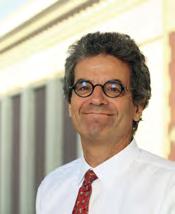
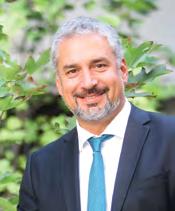
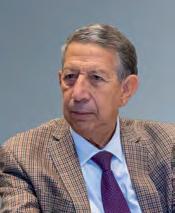


Prof. Marc-André Renold (Switzerland)
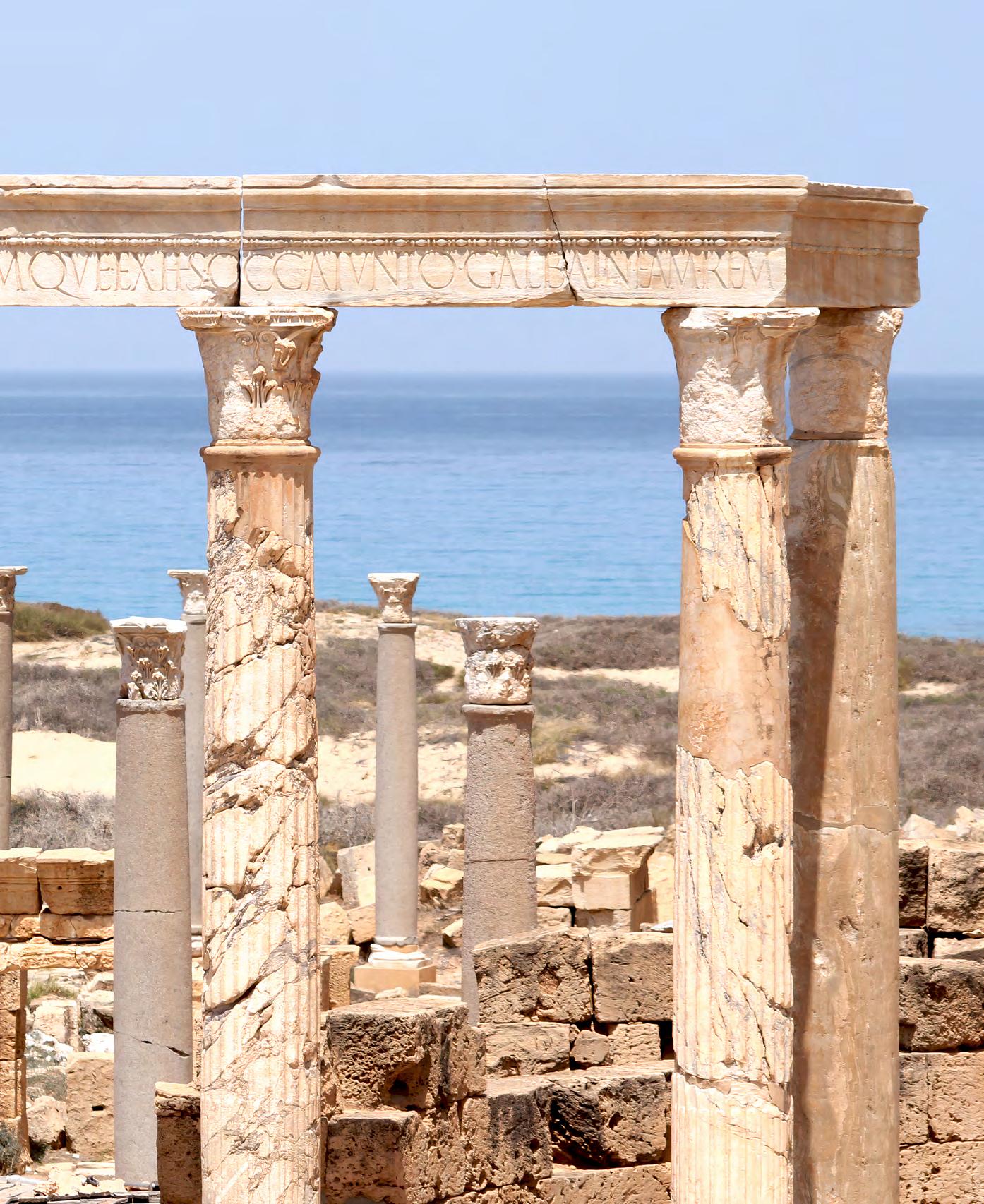
Mr. Ernesto Ottone Ramírez (UNESCO)
Dr. Mounir Bouchenaki (Chair of the Scientific Committee, ad interim)
Mr. Valéry Freland (Executive Director)
Dr. Jeffrey D. Plunkett, JD (Chair of the Audit Committee)
Libya
The Theater, Leptis Magna archaeological site, May 2024 © ALIPH – Waseem Albahri
ETHICS, GOVERNANCE, AND REMUNERATION COMMITTEE
Chair, Mr. Jean Claude Gandur (Switzerland)
Prof. Dr. Markus Hilgert (Germany)
Prof. Marc-André Renold (Switzerland)
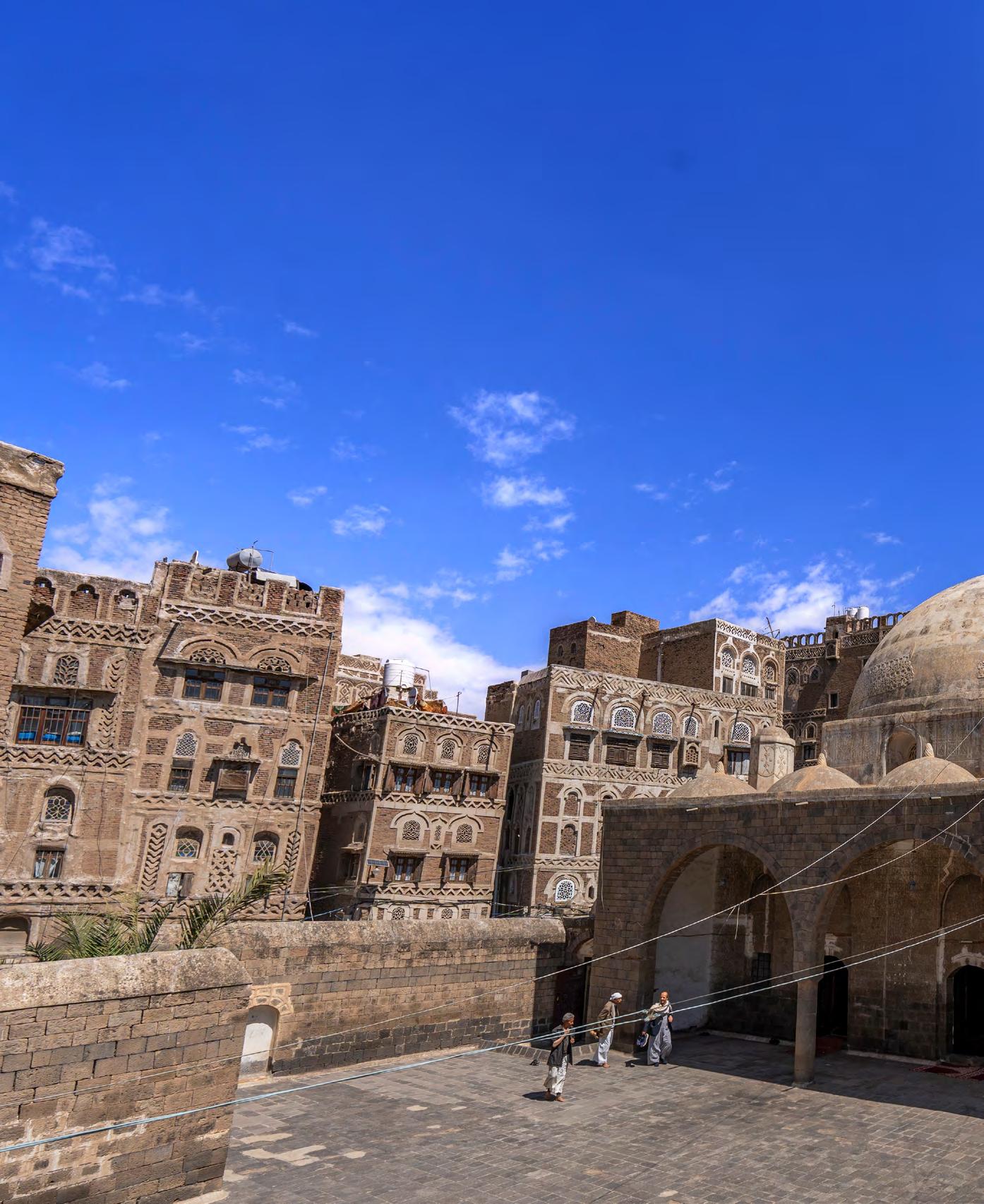
SCIENTIFIC COMMITTEE
Chair (ad interim), Dr. Mounir Bouchenaki (Algeria)
Mr. Gao Zheng (China)
Dr. Laith Hussein (Iraq)
Prof. Claudio Parisi Presicce (Italy)
Dr. George Abungu (Kenya)
Dr. Nadine Panayot (Lebanon)
Dr. Samuel Sidibé (Mali)
Dr. Bahija Simou (Morocco)
Dr. Abdullah Alzahrani (Saudi Arabia)
Dr. Patrick Michel (Switzerland)
Ms. Amel Chabbi (United Arab Emirates)
Yemen
Old Sanaa Talha Mosque © Monumenta Orientalia
FINANCE AND DEVELOPMENT COMMITTEE
Chair, Dr. Richard Kurin (United States)
Ms. Irene Braam (United States)
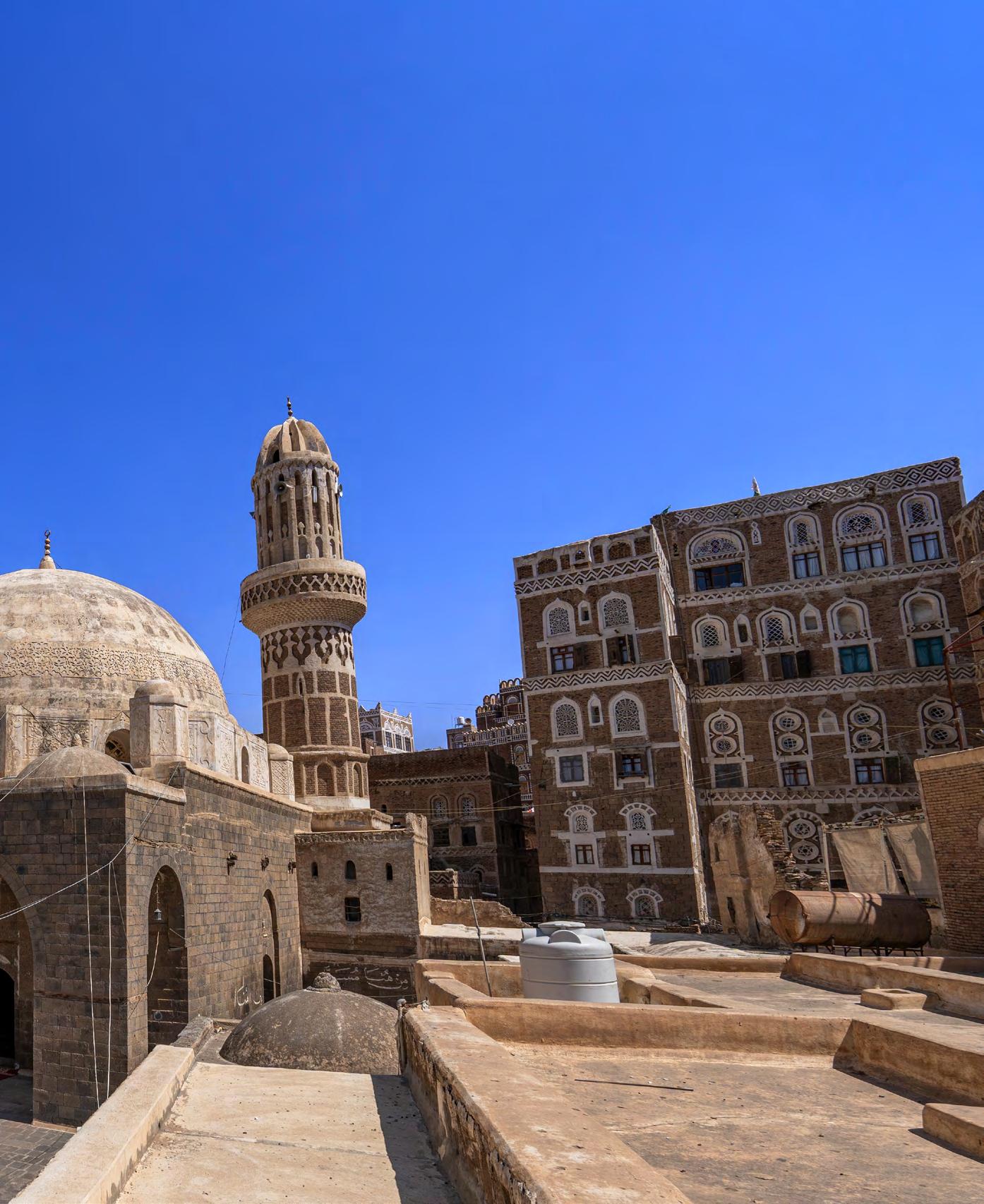
AUDIT COMMITTEE
Chair, Dr. Jeffrey D. Plunkett, JD (United States)
Mr. Abderrazak Zouari (Tunisia)
INTERNATIONAL COUNCIL
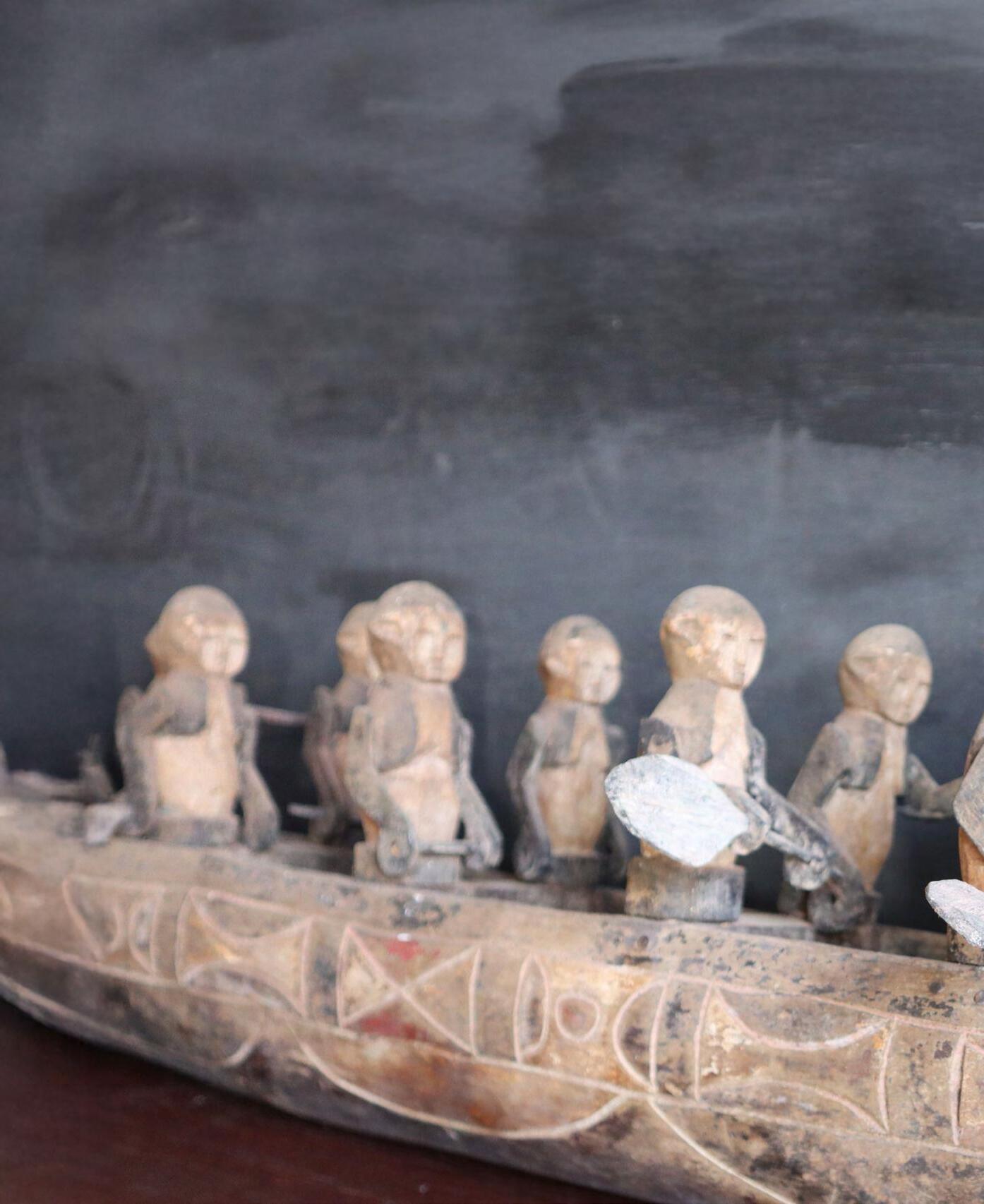
Ms. Irina Bokova (Bulgaria)
Mr. Michael Møller (Denmark)
Ms. Elizabeth Decrey Warner (Switzerland)
Ms. Deborah Lehr (USA)
Mr. Francesco Bandarin (Italy)
Ms. Viviane de Witt (Switzerland/France)
Mr. Lionel Sauvage (France/USA)
September 2024
© ALIPH – Gala-Alexa Amaga
Mr. Claude Haberer (France/China)
HE Abdul-Karim Hashim Mostafa (Iraq)
Mr. Jacob Fisch (USA)
Ms. Rima Abdul Malak (France/Lebanon)
Dr. Joseph Aoun (USA/Lebanon)
Ms. Dora Bouchoucha (Tunisia)
Dr. Leah Pisar (France/USA)
SECRETARIAT
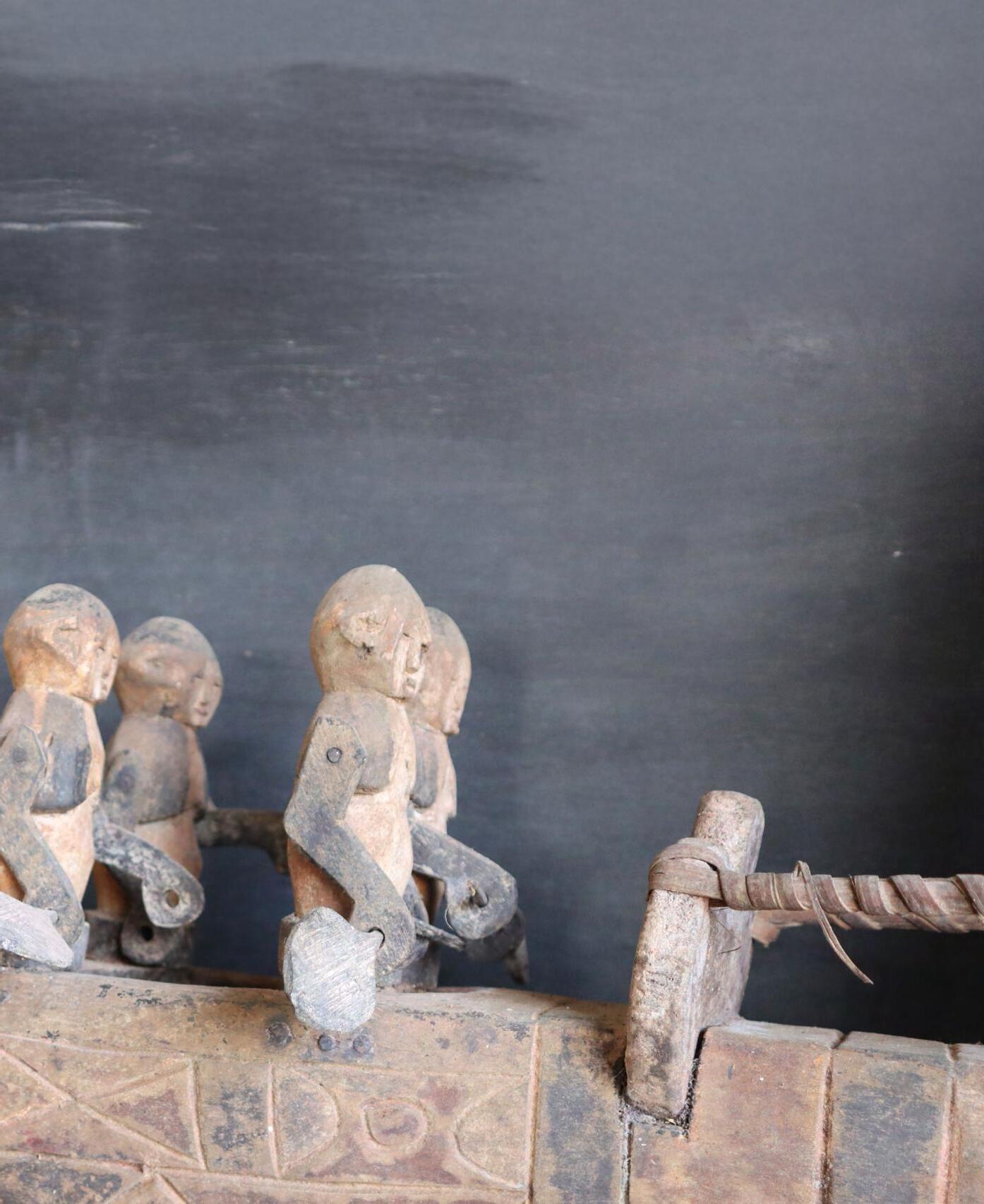
OFFICE OF THE EXECUTIVE DIRECTOR
Mr. Valéry Freland, Executive Director
Mr. Othman Boucetta, Chief of Staff
PROGRAMS
Dr. Elke Selter, Director of Programs
Ms. Sophie Abraham, Project Manager
Mr. Waseem Albahri, Project Manager
Ms. Gala-Alexa Amagat, Project Manager
Ms. Laia Bonnet, Project Manager
Mr. Adonis El Hussein, Project Manager
Ms. Alexandra Fiebig, Project Manager
Ms. Olena Kokliagina, Ukraine Grant Officer
Mr. David Sassine, Project Manager
Ms. Elsa Urtizverea, Project Manager
STRATEGY
Dr. Bastien Varoutsikos, Director of Strategy
Mr. Harry Tarpey, Donor Relations and Reporting Officer
COMMUNICATIONS AND PARTNERSHIPS
Dr. Sandra Bialystok, Communication and Partnerships Director
Ms. Bates Assilbekova, Communication and Partnerships Officer
Ms. Maria Gurova, Communication and Partnerships Officer
Ms. Ines Ward, Communications Officer
Mr. Nicolas Zuvic, Communications and Events Assistant
FINANCE AND OPERATIONS
Mr. Laurent Oster, Director of Finance and Operations
Ms. Aurela Azemi, HR and Administration Assistant
Mr. Ivan Dautriche, Grant Finance Officer
Ms. Marion Maadoune, Grant Finance Officer
Ms. Solange Mackoubily, Administrative and Accounting Officer
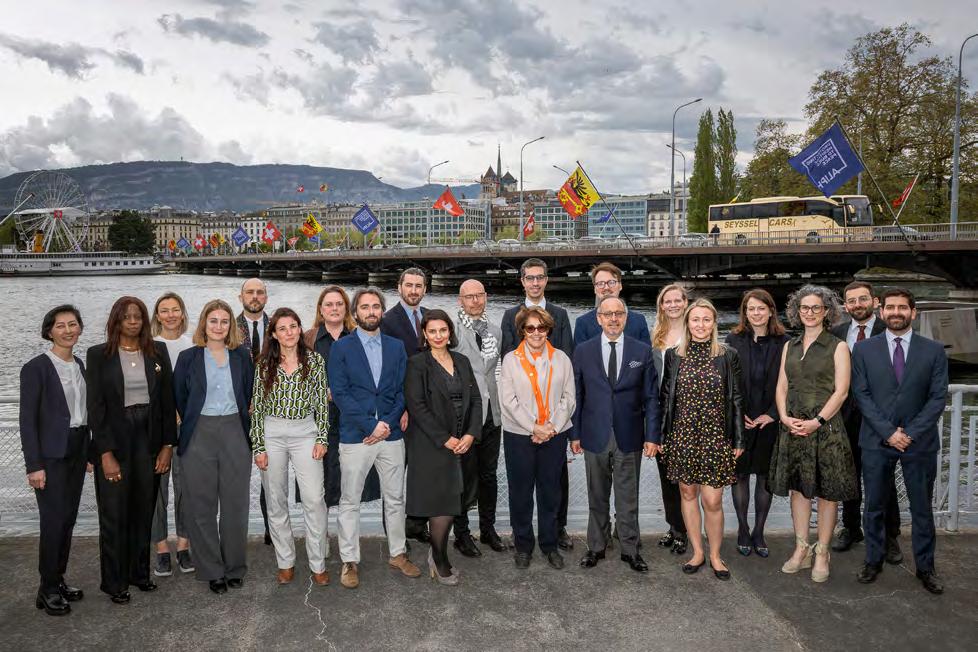

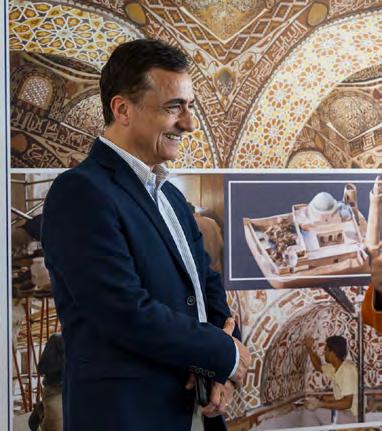
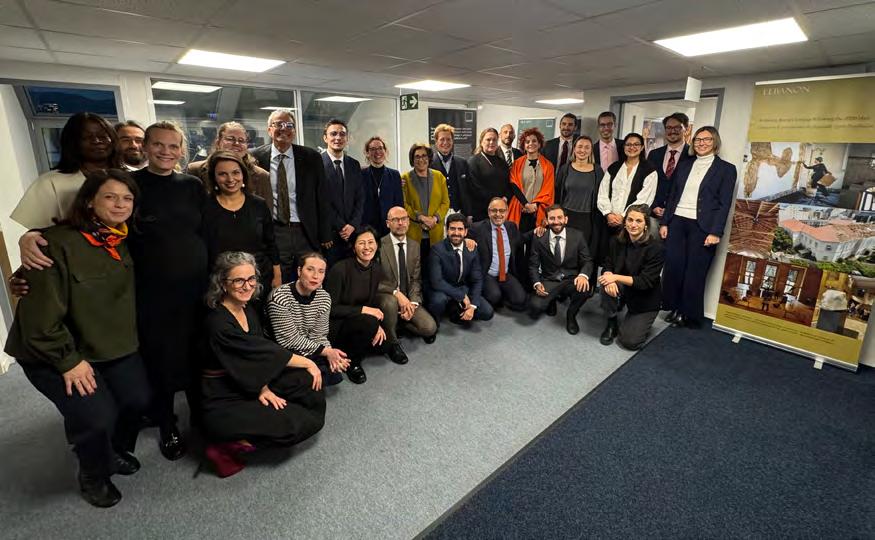
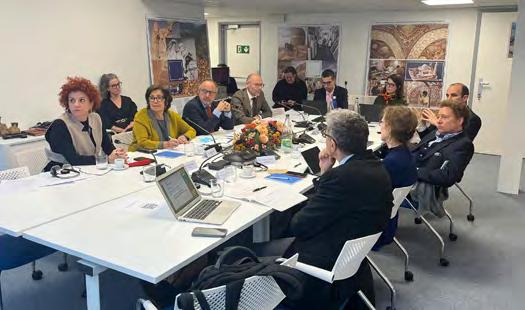
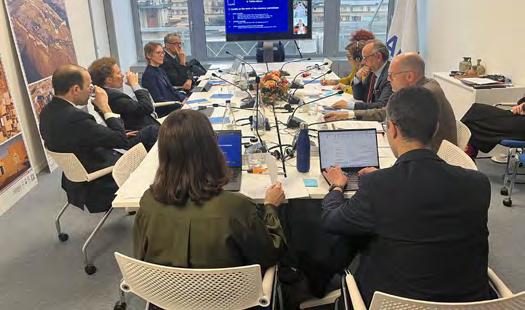

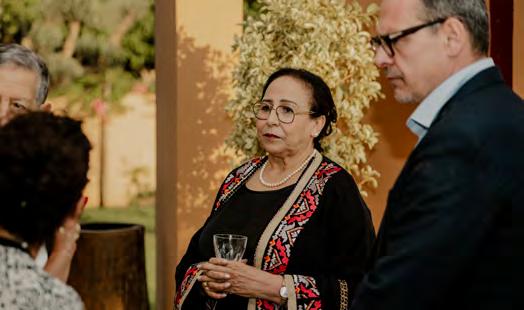
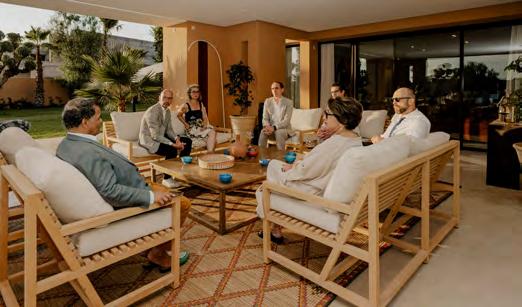
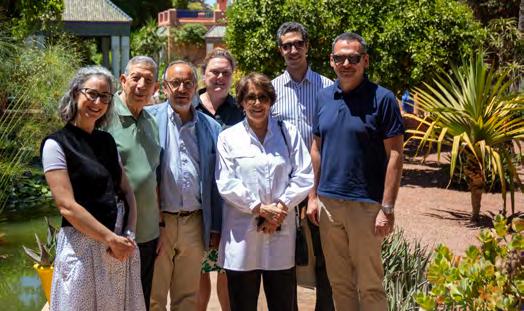
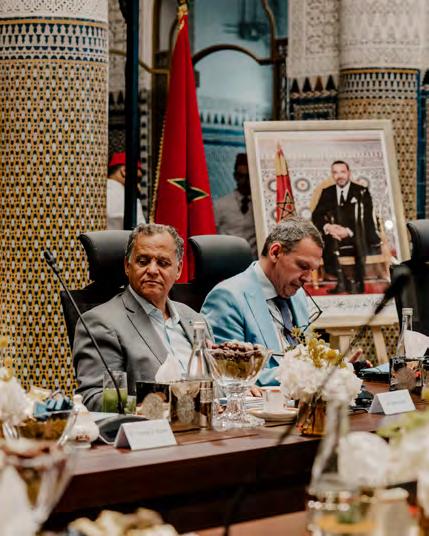
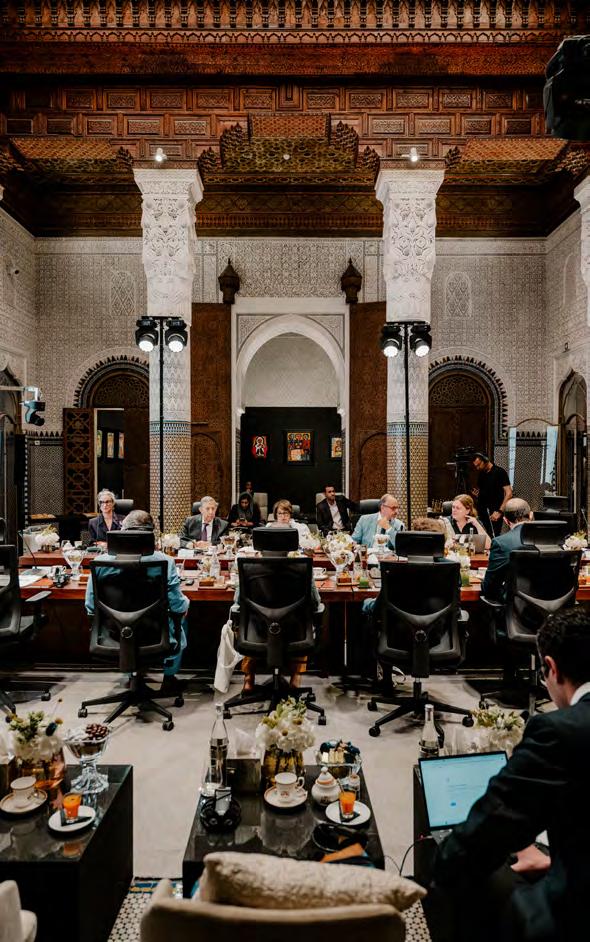
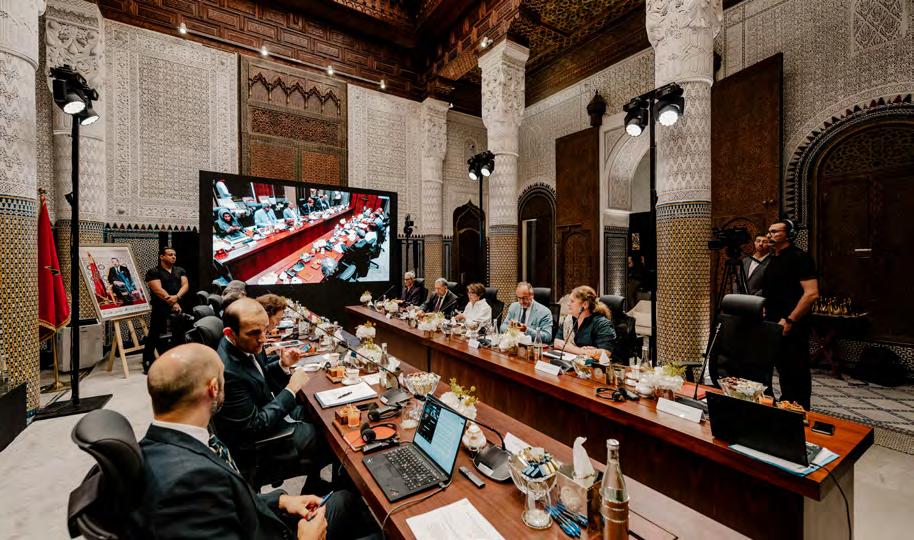


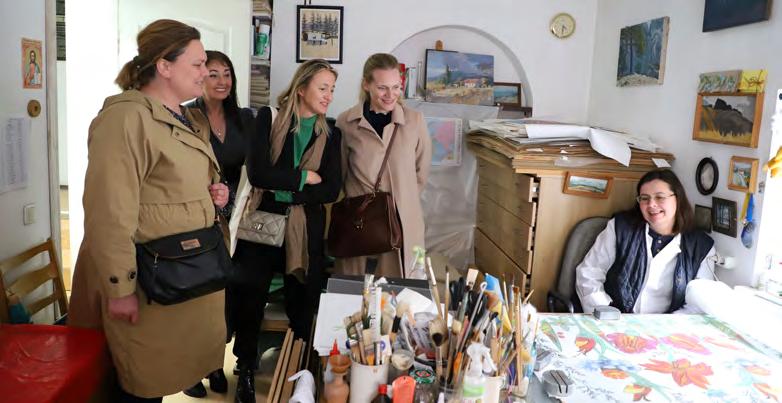
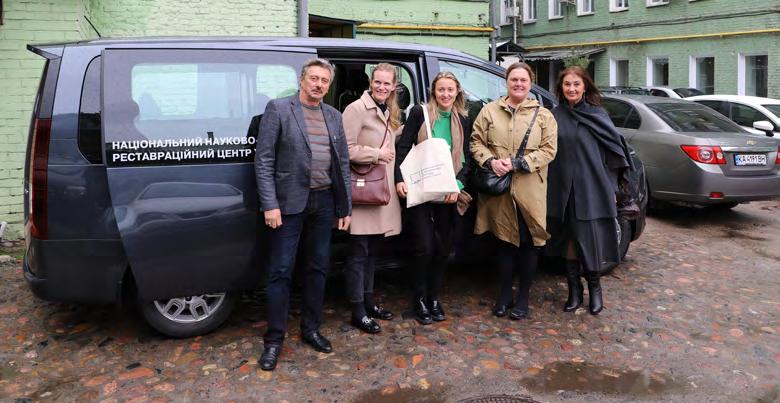
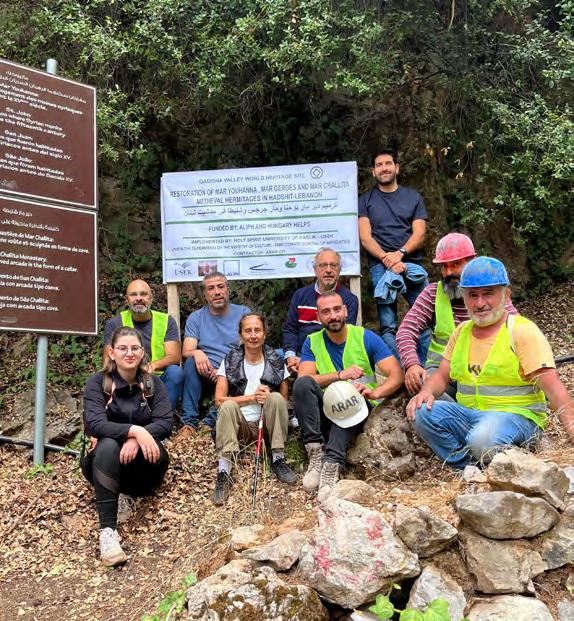
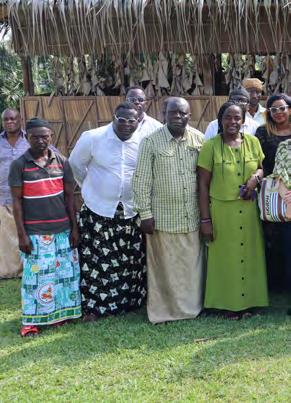
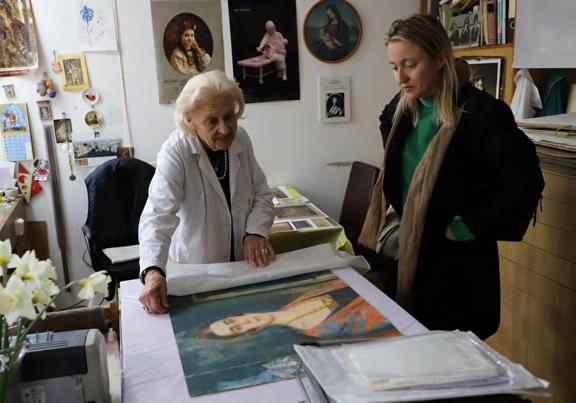
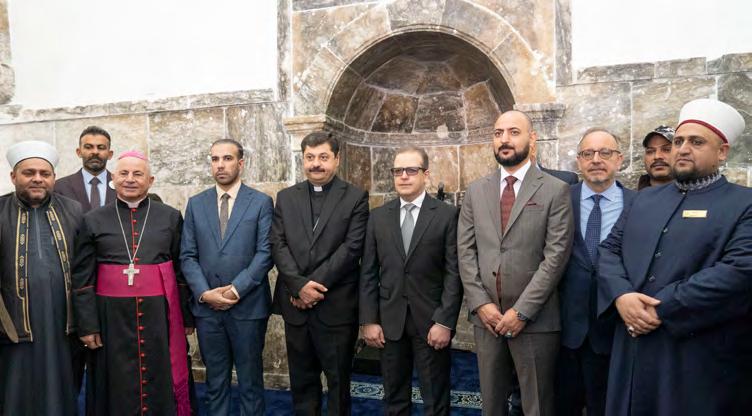
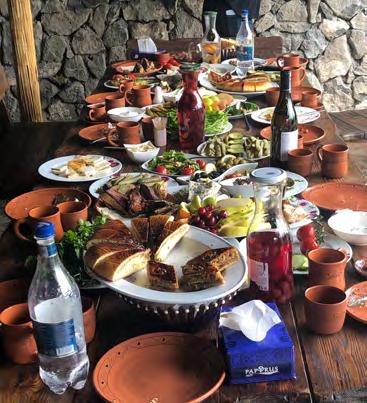

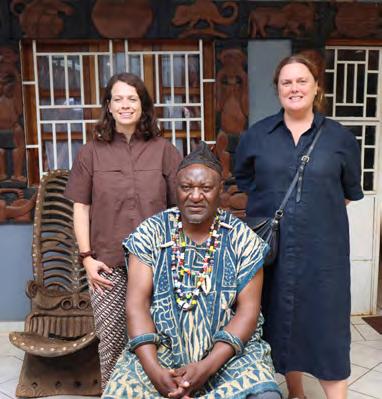
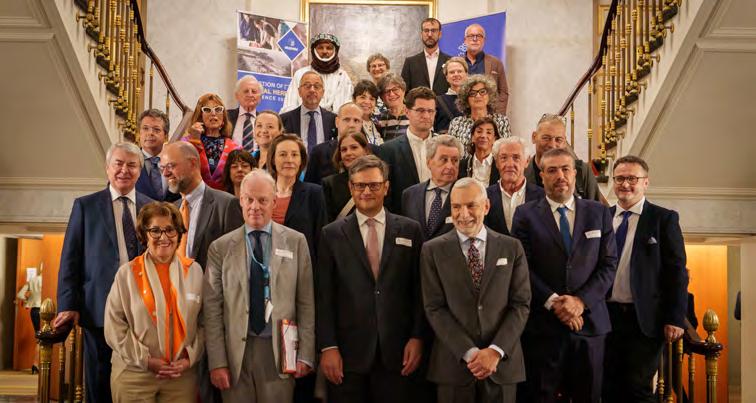
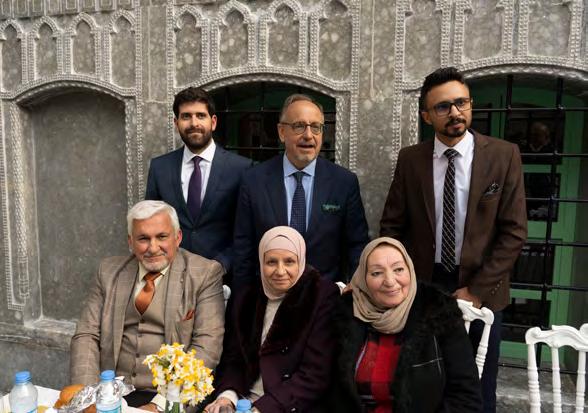
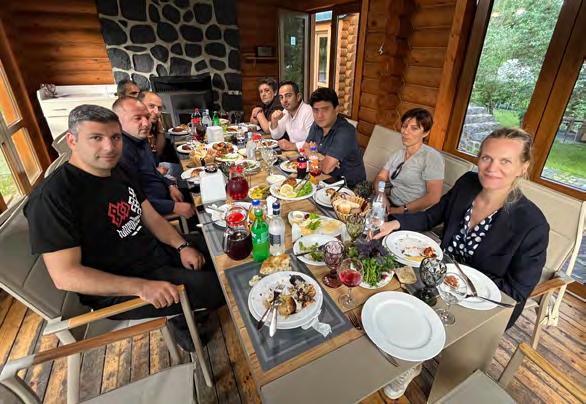
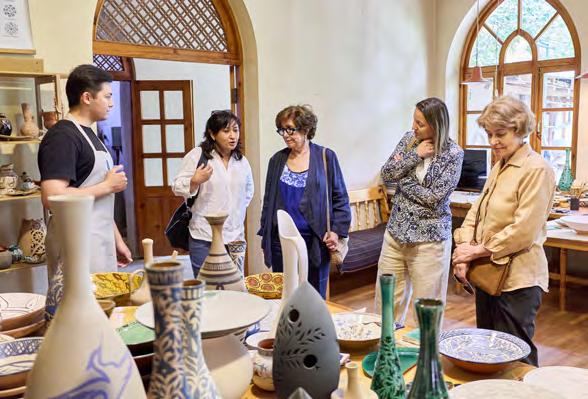
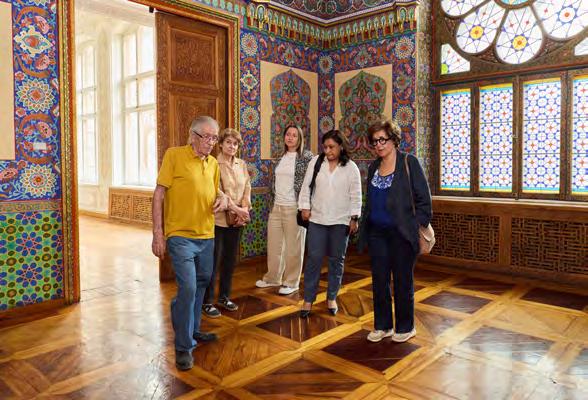
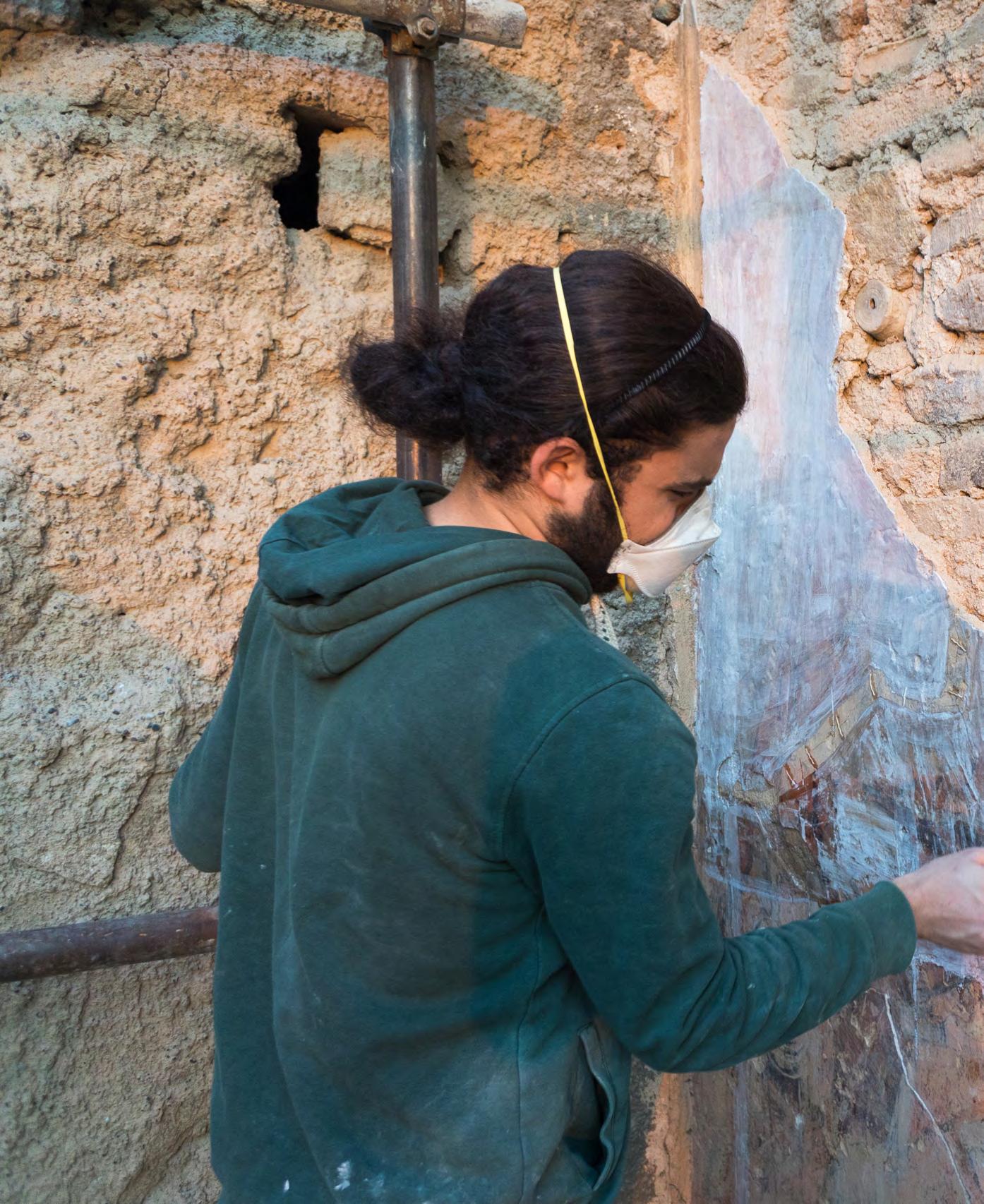
Iraq
Emergency restoration of the fresco, Ancient Syriac Orthodox Church Mar Guorguis, Qaraqosh (Bakhdida), 2023 © Mesopotamia
OUR ETHICS
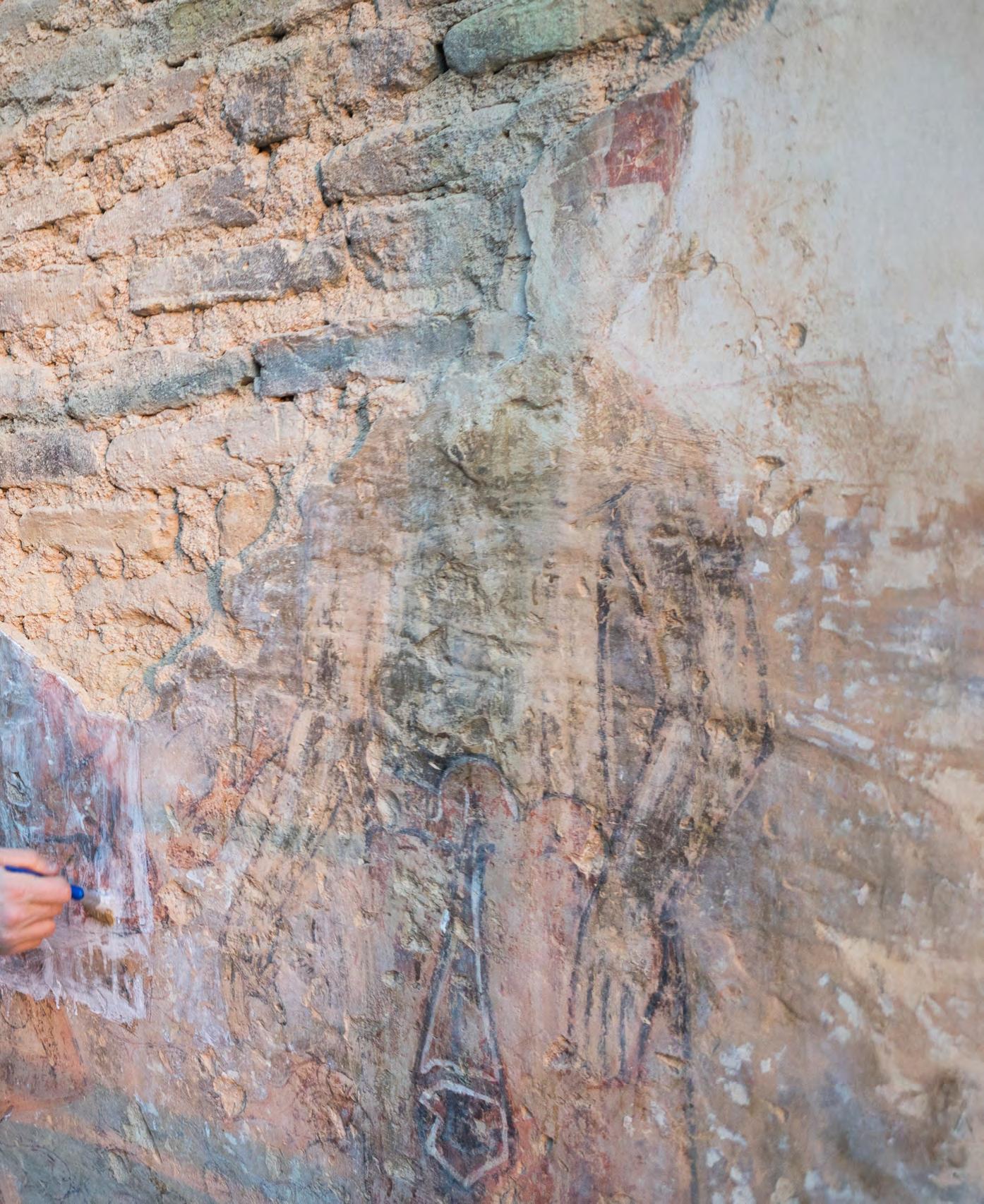
ALIPH’s work is guided by the following fundamental values:
• the protection of heritage
• peace and reconciliation
• international solidarity
• cultural and religious diversity
• education and capacity building
• social cohesion and peaceful coexistence
• sustainable local development
• gender equality
ALIPH’s principles for action are agility, neutrality and efficacy.
ALIPH takes its responsibility to fund concrete and sustainable projects seriously and the Foundation is committed to integrity and transparency in all financial matters. For these reasons, prior to receiving a contract, all potential grantees are subject to a financial due diligence process carried out by the Foundation. During the implementation of the project, grantees are required to submit regular financial and activity reports.
JOIN THE ALIPH FAMILY
As ALIPH marks its eighth year of operation, the importance of the Foundation’s mission has never been clearer. Around the world, cultural heritage continues to be imperiled by conflict, natural disasters, and the growing effects of climate change. In the face of these challenges, the need for rapid, well-resourced, and expert interventions remains urgent and is increasing.
Since 2017, ALIPH has become a vital force in protecting heritage during crises. Guided by its motto—action, action, action—in 2024, ALIPH responded to emergencies around the globe, while also deepening its support for long-term recovery efforts launched in previous years. Whether rehabilitating museums in Palestine and Ukraine, supporting heritage communities in Sudan, or aiding heritage damaged due to climate change in the African continent, ALIPH’s work demonstrates that protecting heritage is not only about saving monuments it is also about preserving identity, fostering social cohesion, and laying the groundwork for recovery and peace.
The Foundation’s ability to act swiftly and effectively relies on the continued commitment of its supporters. The pledges made at the 2nd Donors’ Conference in Paris in 2022—and the support of our growing network of partners in 2023 and 2024—have allowed ALIPH to expand its impact. Yet the demand for action continues to grow and so does the need for support.
Join us in our efforts! Whether through funding or collaboration you can help us protect the world’s heritage where it is most at risk.
To learn more or to get involved, please visit our website
https://www.aliph-foundation.org/en/donation
or contact
harry.tarpey@aliph-foundation.org
+41 22 795 18 27
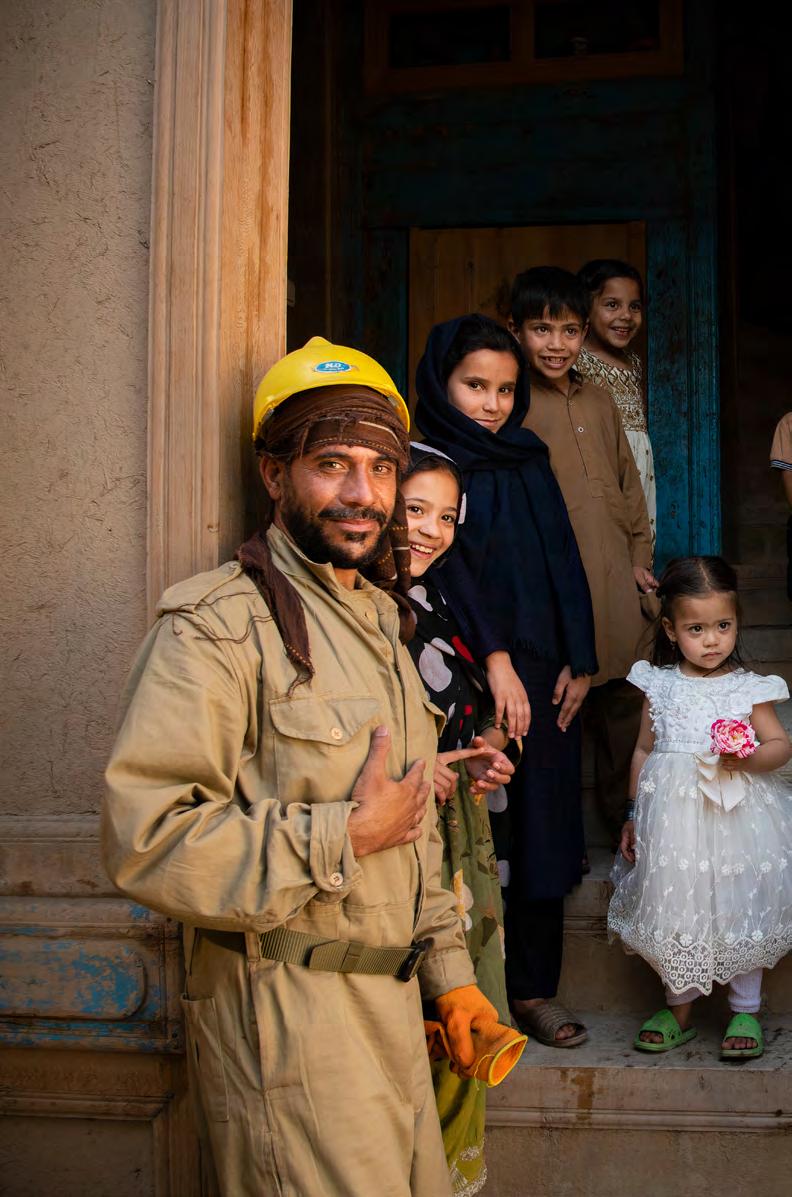
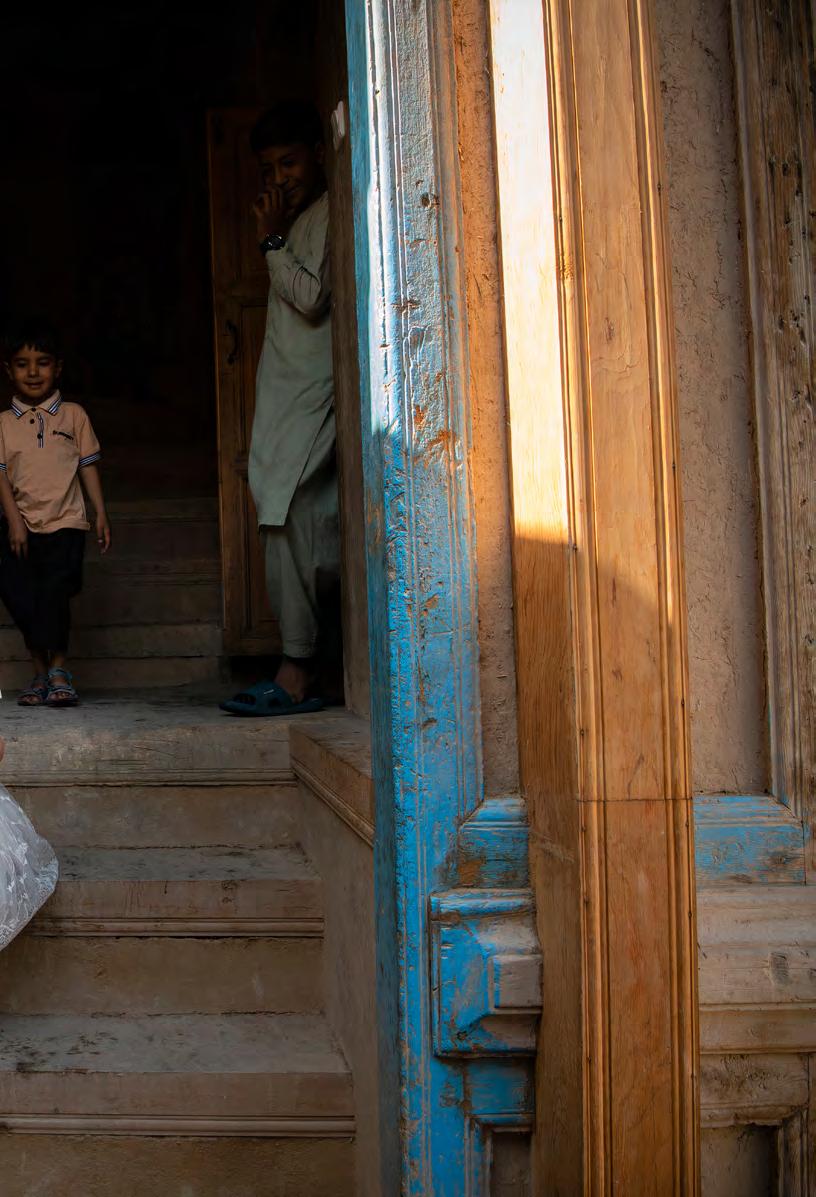
Since 2017, ALIPH has been able to carry out its work thanks to the support of: MEMBER STATES:
France | United Arab Emirates | Saudi Arabia | Kuwait | Luxembourg | China | Morocco |
Cyprus | Uzbekistan
PRIVATE DONOR MEMBERS:
Dr. Thomas S. Kaplan
J. Paul Getty Trust
Fondation Gandur pour l’Art
HOST COUNTRY:
Switzerland
NON-MEMBER DONORS:
European Union
Oman
Romania
Principality of Monaco
Ministry of Culture of the United Arab Emirates
U.S. Department of State
Total Energies Foundation
Andrew W. Mellon Foundation
Lionel Sauvage Family
Leon Levy Foundation
Bloomberg Philanthropies
Afghanistan
Haji Muhammad House
Turquoise Mountain
Murad Khani, 2024
© Kiana Hayeri
COLOPHON
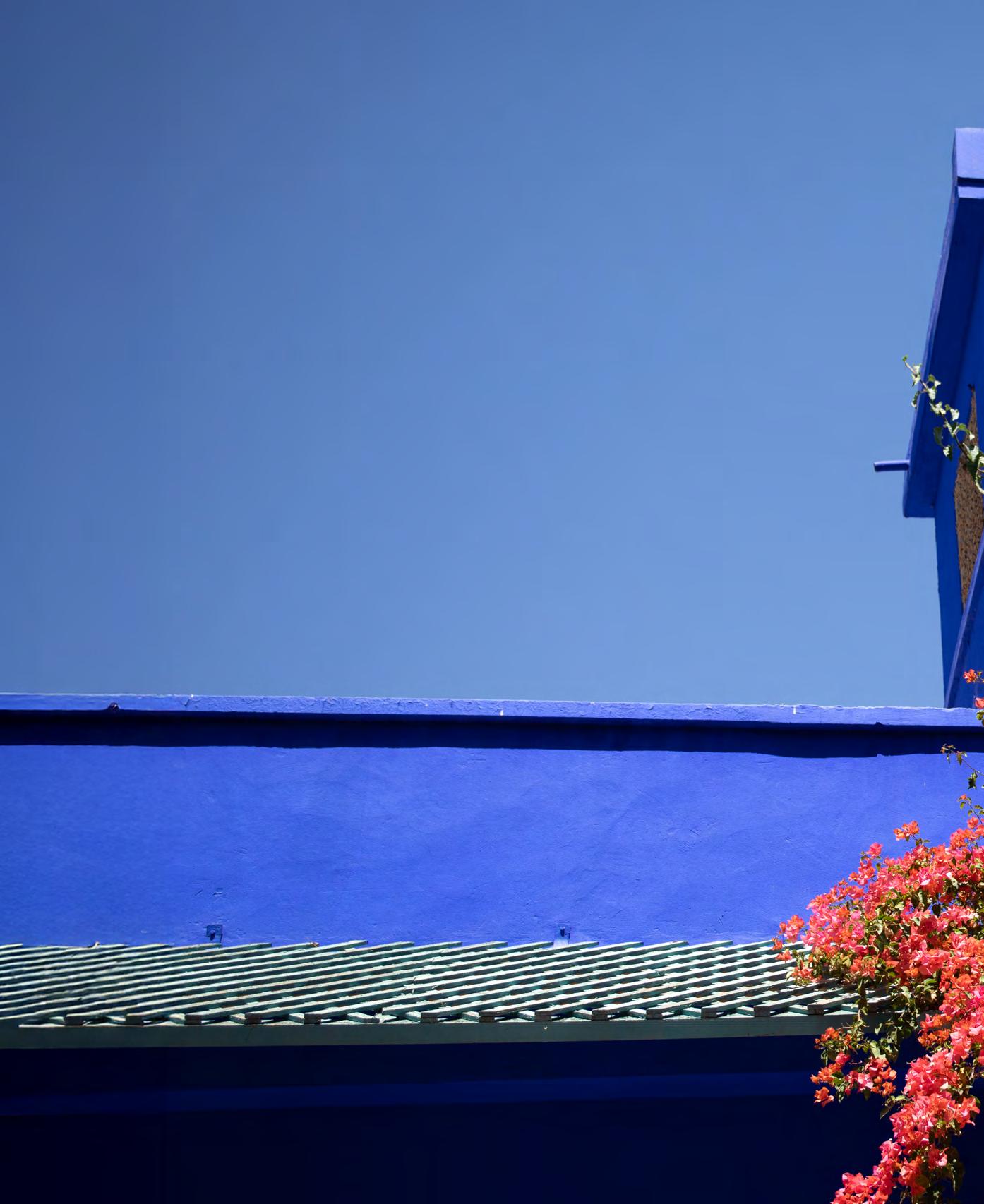
Editors: Sandra Bialystok, Valéry Freland, Maria Gurova, Bates Assilbekova
Graphic design: EyeTalk Communication – www.eyetalkcomms.com
Photos: ALIPH would like to thank all its partners for providing photos of their projects. None of these photos may be reused, copied, or distributed without the express permission of the copyright owner.
Additional Photo Information:
Pages 34-35
All photos © ACHCO. Clockwise from left to right: Yu Aw Synagogue, Herat, Afghanistan, September 2024
Detail of earthquake damaged internal plaster, June 2024
Repair of earthquake damaged plaster, June 2024
Installation of replica lattice screens in interior, June 2024
Restored plaster lattice on east elevation, June 2024
Pages 36-37 – Top row from left to right:
Kabul Gadim Hotel, Murad Khani neighbourhood in Kabul, Afghanistan, Turquoise Mountain
© Jim Huylebroek
Hamam, Murad Khani neighbourhood in Kabul, Afghanistan, Turquoise Mountain
© Kiana Hayeri
Haji Muhammad House, Murad Khani neighbourhood in Kabul, Afghanistan, Turquoise Mountain © Kiana Hayeri
Bottom row from left to right:
Hamam, Murad Khani neighbourhood in Kabul, Afghanistan, Turquoise Mountain
© Kiana Hayeri
Artisans working in the New Karkhanah, Murad Khani neighbourhood in Kabul, Afghanistan, Turquoise Mountain © Kiana Hayeri
Street Vendors under Kabul Gadim Hotel, Murad Khani neighbourhood in Kabul, Afghanistan, Turquoise Mountain © Andrew Quilty
Page 40 – Clockwise from top to left: Vishnu of Western Mebon arrived in Paris, at C2RMF © ALIPH – Elke Selter
After carving, Western Mebon Temple, Angkor, Cambodia, August 2024
© Institut Français in Cambodia
Ongoing carving, Western Mebon Temple, Angkor, Cambodia, August 2024
© Institut Français in Cambodia
Western Mebon Temple Angkor Cambodia © Iconem
Page 41 – Clockwise from top to left:
Before, Giyorgis Dengelat church, Eastern Tigray, Ethiopia, 2024
© SFU, Catherine D’Andrea
Cross after restoration, Abrah Atsbha church, Eastern Tigray, Ethiopia, 2024
© SFU, Elizabeth Peterson
Lalibela Churches, Ethiopia © Shutterstock
East wall of the foreroom, Abrah Atsbha church, Eastern Tigray, Ethiopia, 2024
© Simon Fraser University
Page 42 – Clockwise from top to left:
Workshop at the Gallery Kaitetu and Wapauwe mosque, Ambon Island, Indonesia, November 2023 © EFEO, Agung Parameswara
Gallery Kaitetu, Ambon Island, Indonesia, 2024 © EFEO, Hélène Njoto
Workshop at the Gallery Kaitetu and Wapauwe mosque, Ambon Island, Indonesia, November 2023 © EFEO, Agung Parameswara
Page 43 – Top row from left to right: House of Prayer © UNESCO
New Jack Arch Slab and Alabaster Columns after intervention, House of Prayer, Mosul, Iraq, 2024 © UNESCO
Bottom row from left to right:
Opening of the House of Prayer, Mosul, Iraq, February 2025 © UNESCO Iraq, Moyasser Nasseer
After the construction of the terrace, House of Prayer, Mosul, Iraq, 2024 © UNESCO
Page 47 – Top row from left to right:
Training workshop on making paper, Documentary heritage in Djenné, Mali, November 2023 © Nicolas Réméné
Documentary heritage Djenné, Mali, February 2024 © Tiecoura N’Daou
Bottom row:
Documentary heritage Djenné, Mali, February 2024 © Tiecoura N’Daou
Pages 50-51 – From left to right:
Madrasa al Halawiyya, Aleppo, Syria, March 2024 © AKTC
Madrasa al Halawiyya, Aleppo, Syria, December 2024 © AKTC
Citadel, Aleppo, Syria, December 2024 © AKTC
ALIPH Mission, Khan Al Jumrok, Aleppo, Syria, April 2025 © ALIPH – Adonis ElHussein
Madrasa al Halawiyya, Aleppo, Syria, March 2024 © AKTC
Page 56
ALIPH mission to Cameroon, September 2024
© ALIPH – Elke Selter and Gala-Alexa Amagat
Page 57
Musée de la Mer, Senegal, September 2023
© ALIPH – Bastien Varoutsikos
Page 58
All photos: ALIPH mission to Mauritania, October 2024
© ALIPH – Elke Selter
Page 59
All photos: Wurynianga mosque, Ghana © Alliance for Youth in Climate Change Action (AYCCA)
Pages 60-61 – All photos © King’s College
Top row: Ghadames, Libya, April 2023
The rest: Ghadames, Libya, April 2025
Pages 66-67
Photos from “Salvaged from the Shadows, Protecting cultural heritage” exhibition at the National Museum of China, Beijing, June 2024
Photo credit © ALIPH – Thomas Raguet and © National Museum of China, Beijing
Page 74
ALIPH exhibition, Kuwait, May 2024
© Dar al Athar al Islamiyyah Conference on the protection of cultural heritage in Brussels, September 2024 © HU24EU
Page 75
Riyadh, Saudi Arabia: ALIPH exhibition on its action in Yemen, November 2024, Riyadh, Saudi Arabia © Saudi Ministry of Culture Event on Mosul Museum and Journee d’étude, Musée d’art et d’histoire, Geneva, January and February 2025 © ALIPH – Bates Assilbekova
Page 84
Top row from left to right:
ALIPH staff, Geneva, Switzerland, April 2024
© ALIPH – Antoine Tardy
Reception at the ALIPH office in honor of Ms. Bariza Khiari, Geneva, Switzerland, April 2024
© ALIPH – Antoine Tardy
Middle and bottom row: ALIPH Foundation Board meeting, Geneva, Switzerland, December 2024
© ALIPH
Page 85
All photos: ALIPH Foundation Board Meeting, Marrakesh, Morocco, June 2024 © Chihab Rachidi
Pages 86-87
All photos are from ALIPH missions to Armenia, Belgium, Cameroon, Iraq, Lebanon, Ukraine, Uzbekistan in 2024 and 2025. Photo credit © ALIPH, © HU24EU, ©ACDF
